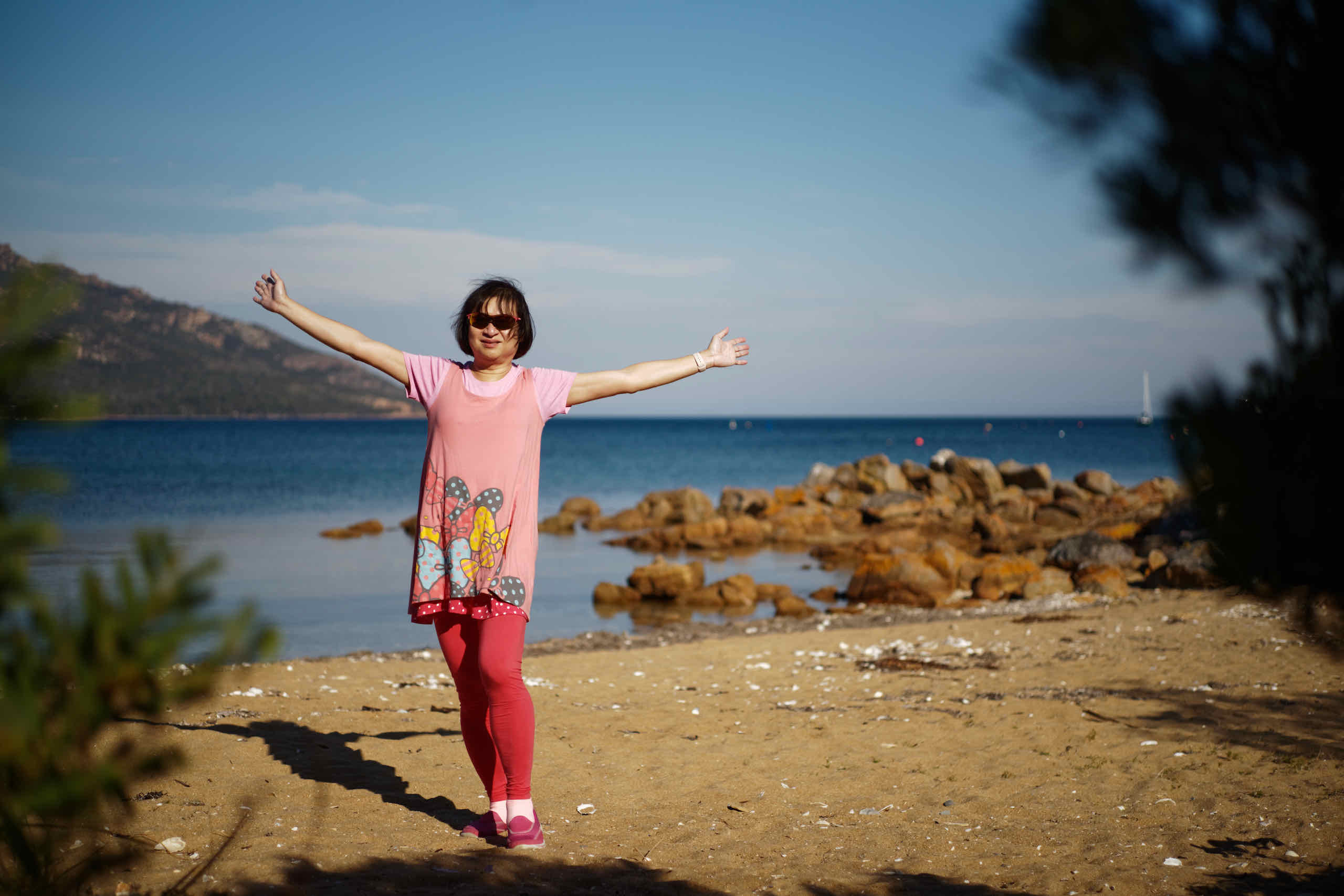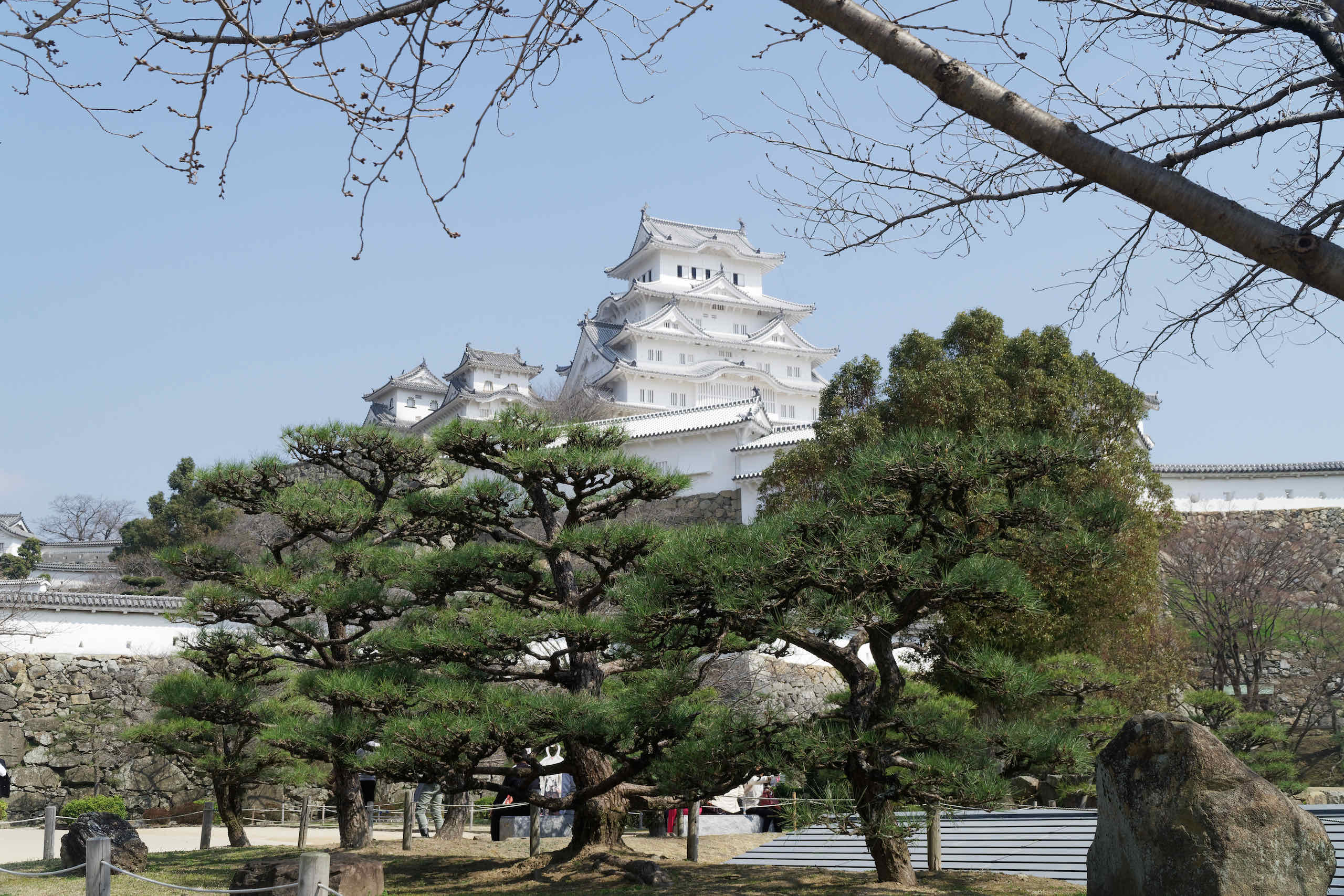
We returned to Japan in 5-15 March 2018, and started from Osaka, then south to Kyushu visiting Nagasaki, ending with a day trip to Himeji.
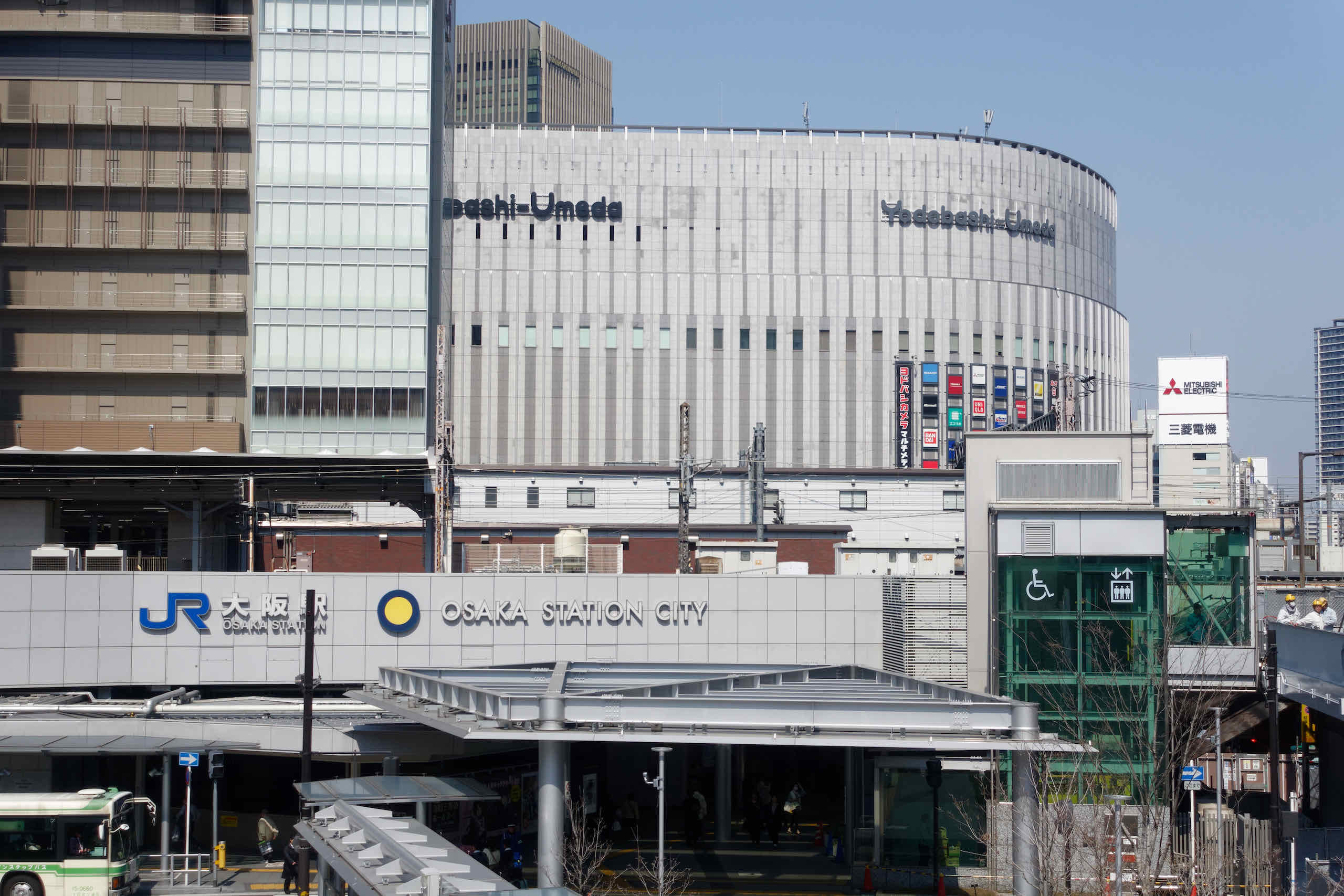
On our last day in Osaka, we wandered around the block from the hotel and ended up in Osaka Station City, a large shopping mall.
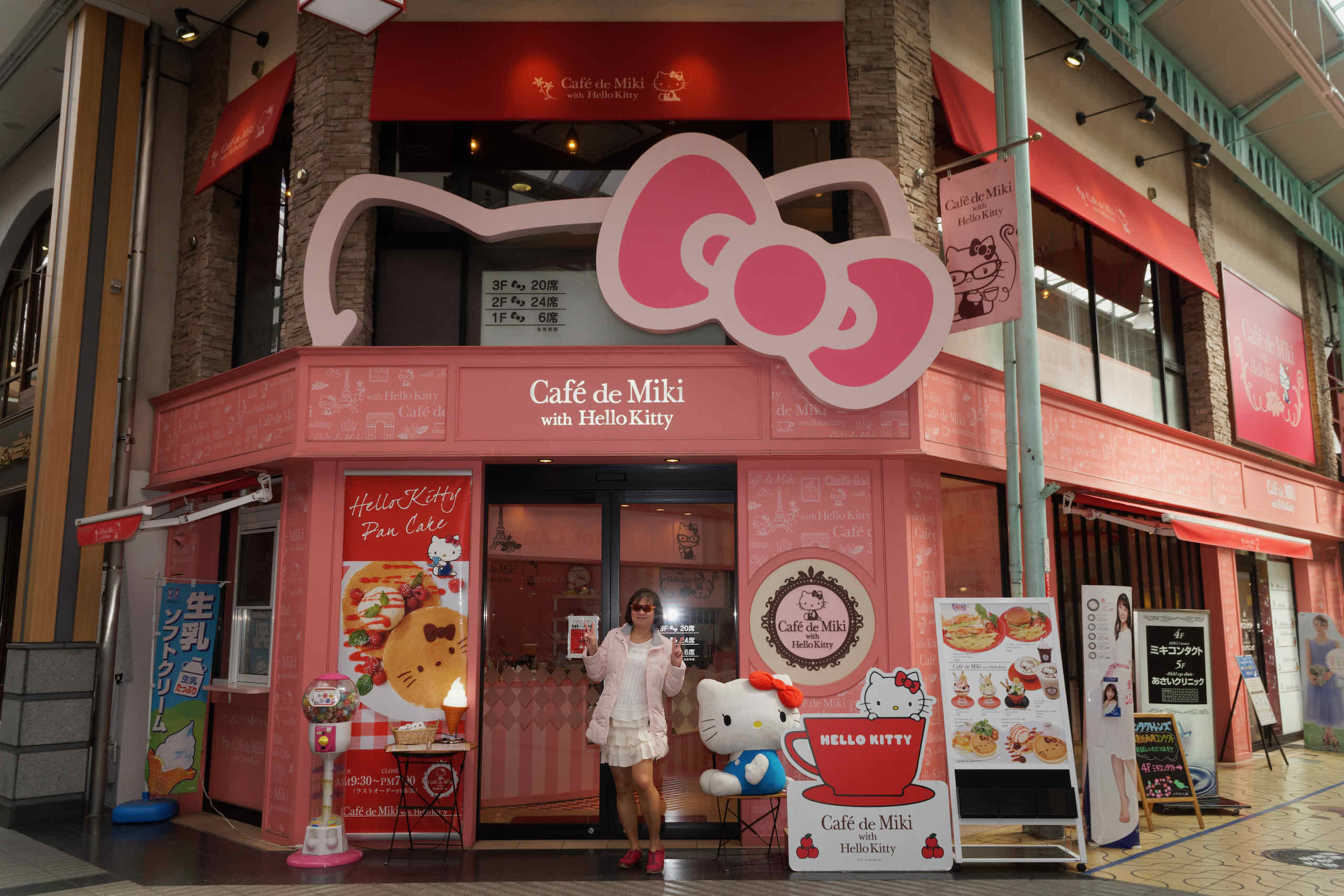
On our return back to the station, we couldn't resist stopping by at a Hello Kitty themed cafe called Cafe de Miki.
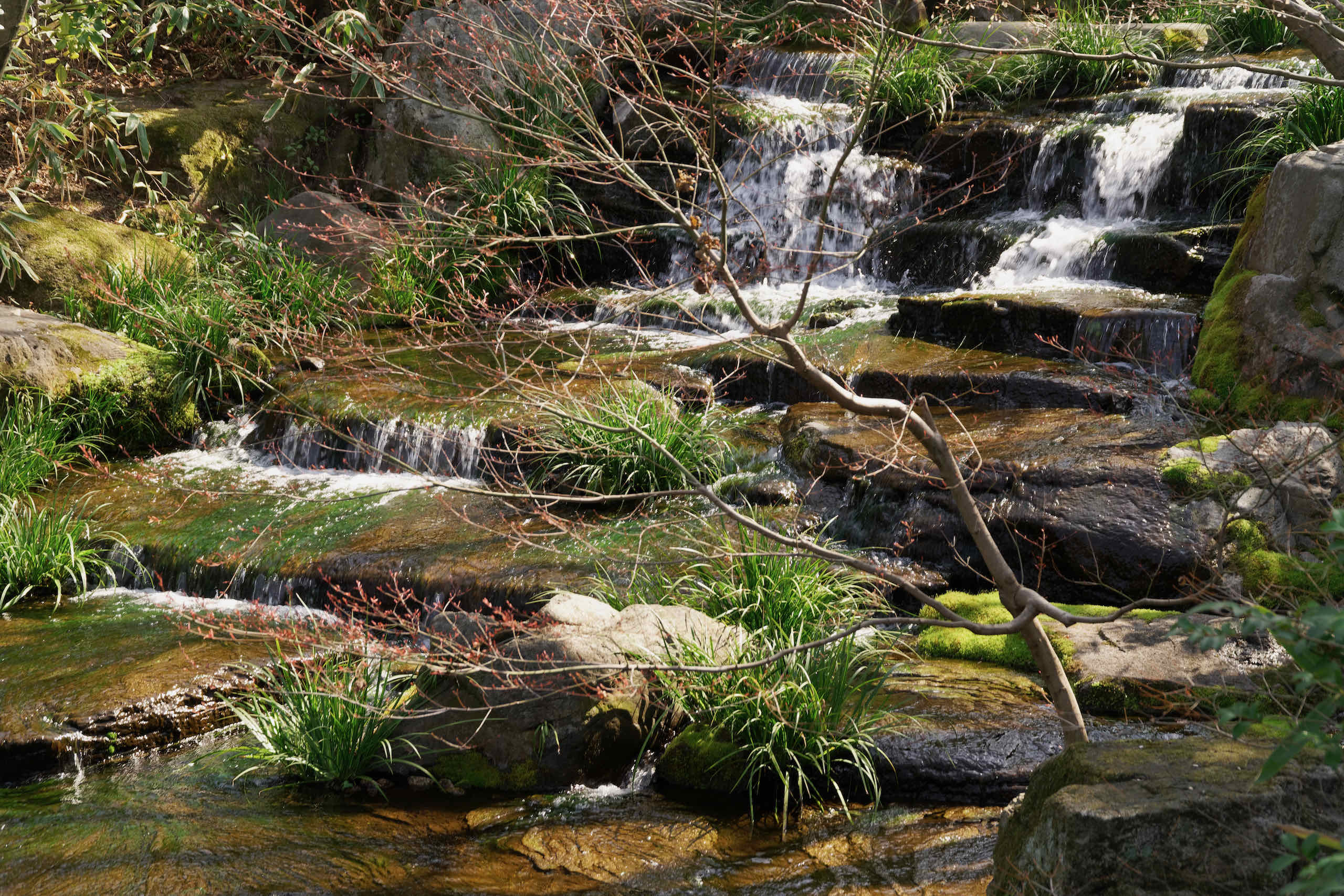
Koko-en (好古園) is a Japanese garden next to Himeji Castle. It was constructed in 1992 at the site of the lord's west residence.

Himeji Castle (姫路城) is the largest and most visited castle in Japan, and a UNESCO World Heritage Site. It was fully restored in 2015.
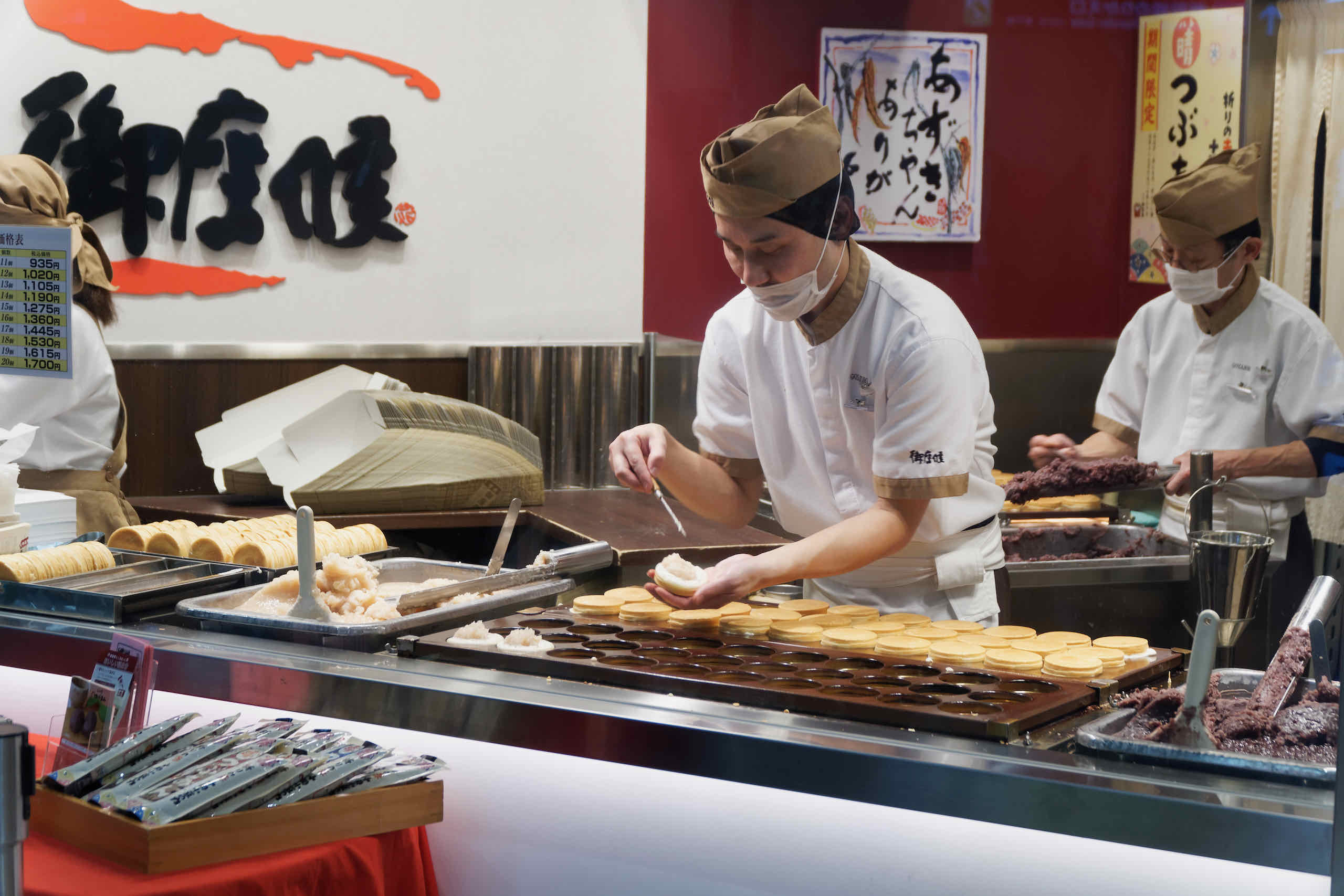
Himeji is the second largest city in Hyogo and is famous for Himeji Castle and Kokoen garden. There are many statues on Otemaedori.
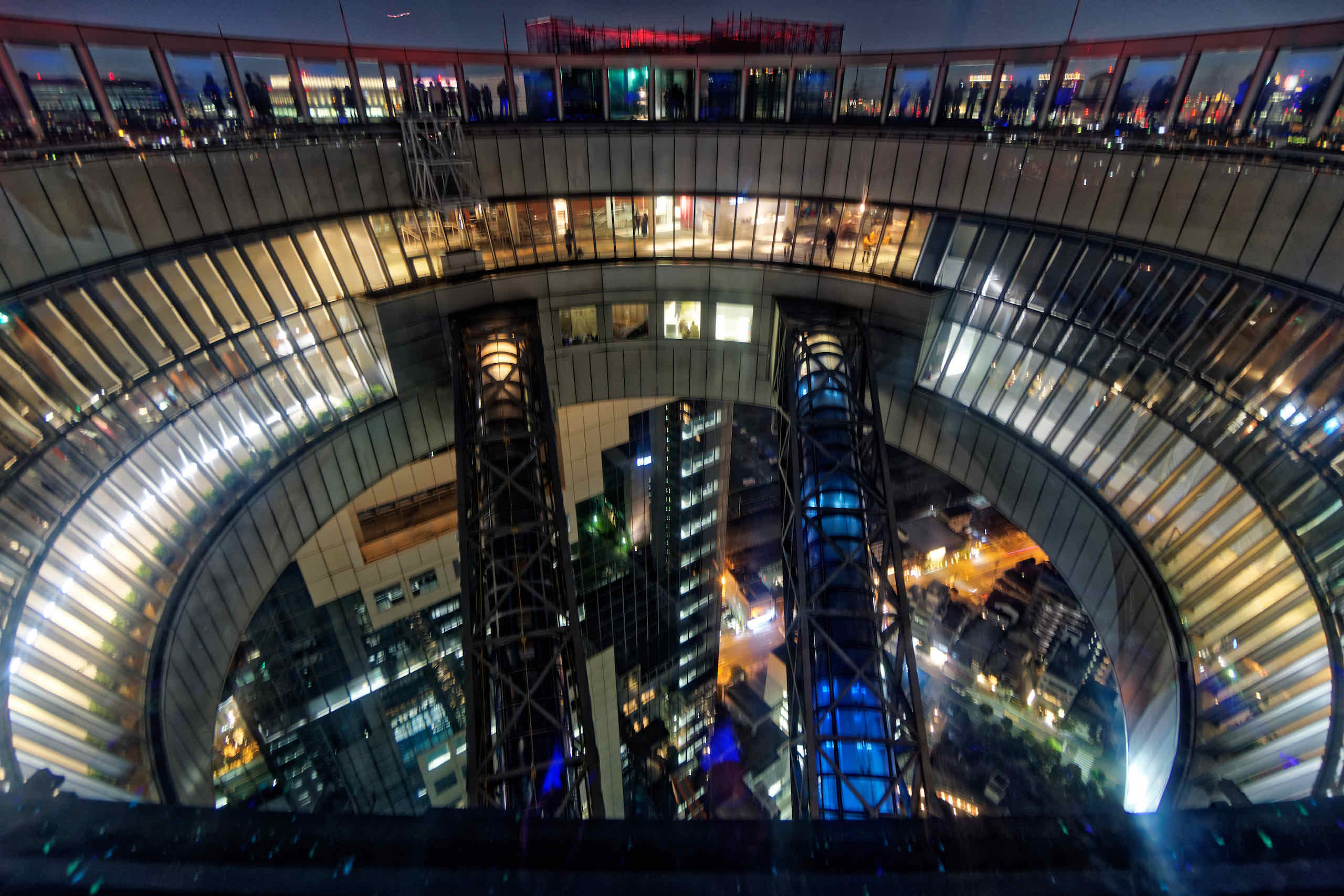
We visited the Umeda Sky Building for dinner, and then afterwards go to the rooftop to experience cityscapes of Osaka at Night.
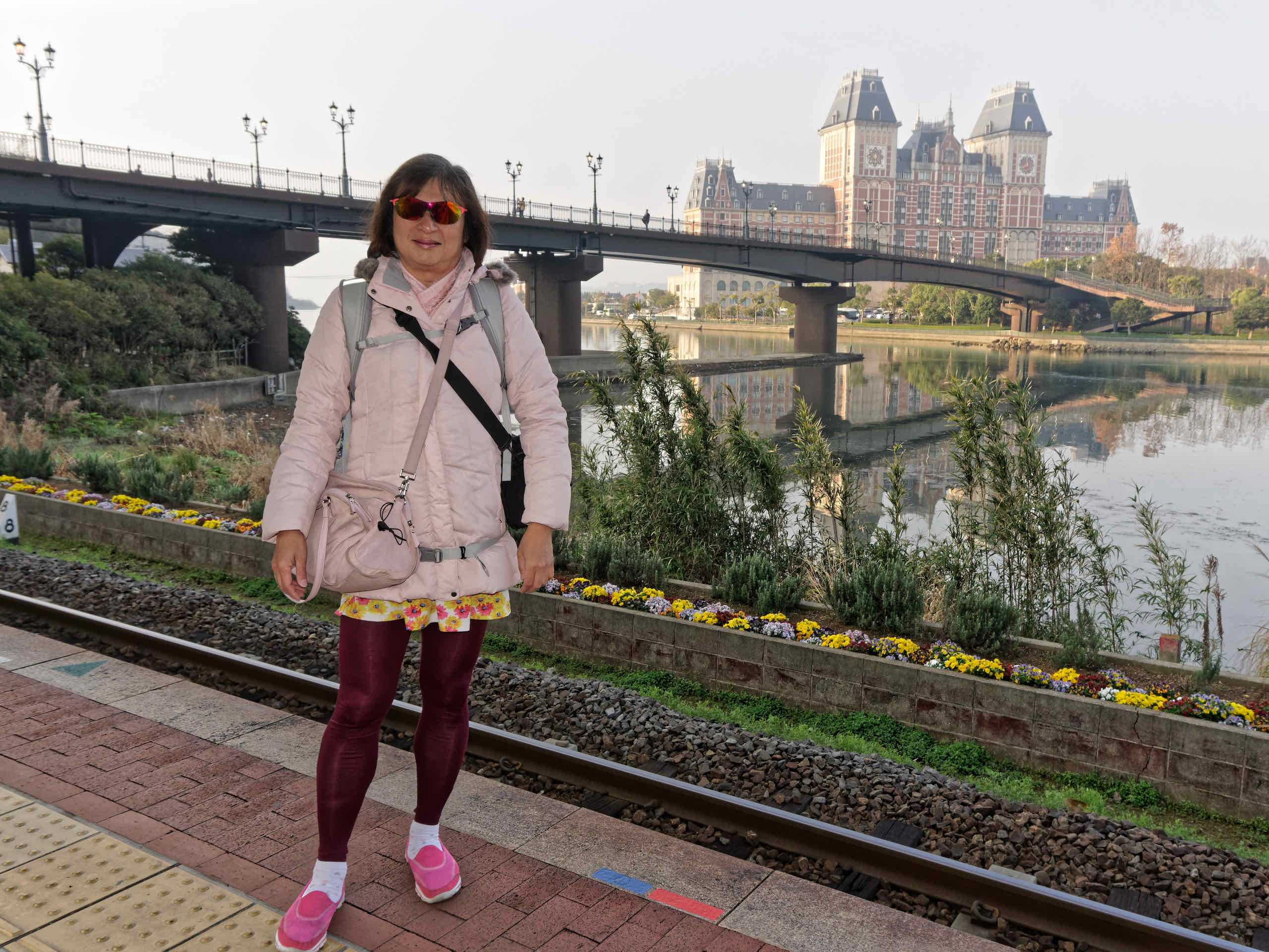
We are travelling from Huis Ten Bosch to Osaka. We checked out of the hotel, made our way back to the Huis Ten Bosch station.
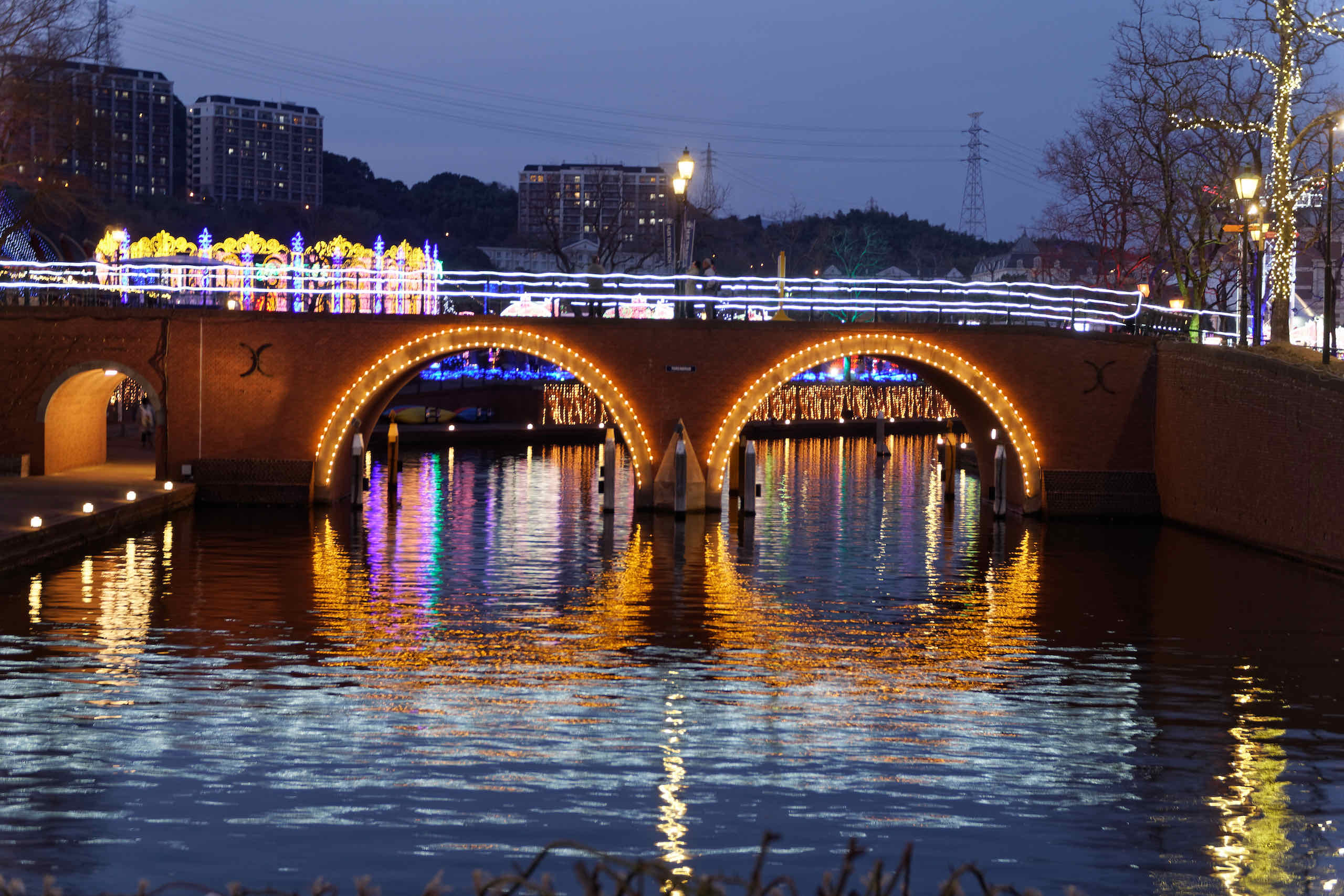
On our last night at Huis Ten Bosch we stayed back to watch the evening parade and soak up the atmosphere.
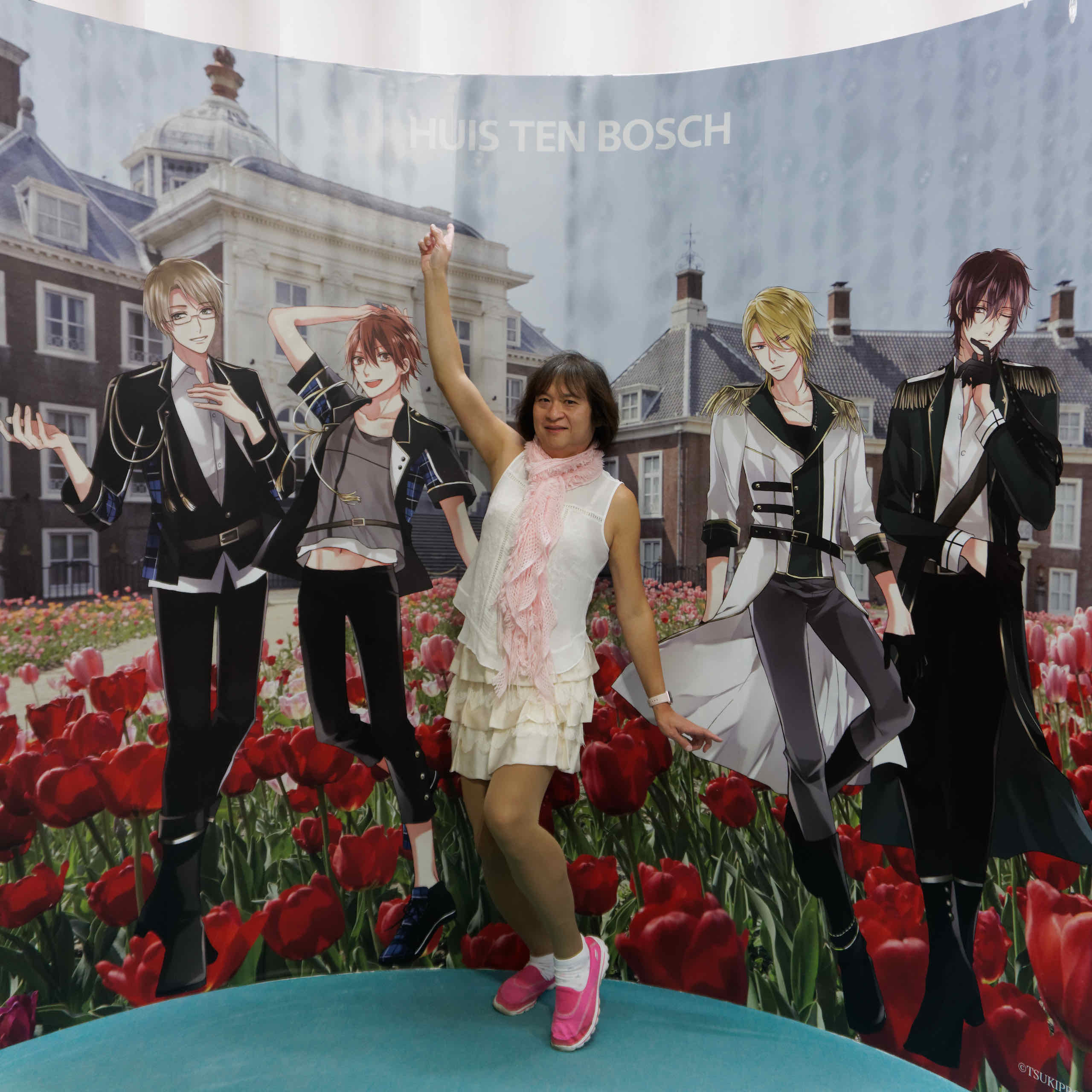
We wandered around Huis Ten Bosch in the afternoon to catch any final sights or attractions that we missed on the first day.
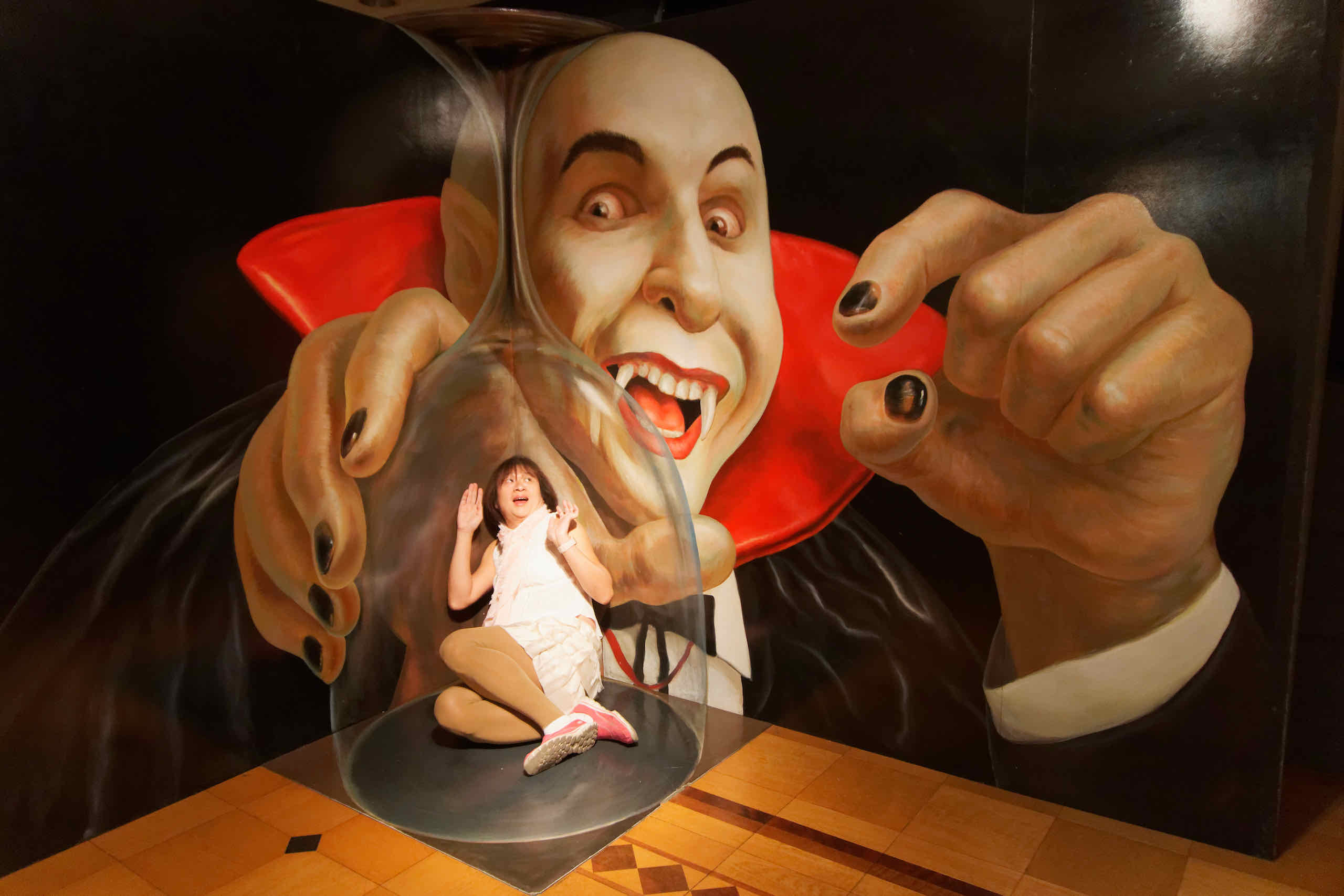
Super Trick Art is yet another of those 3D art places that you pose in front of. The lighting is a bit dark in places.
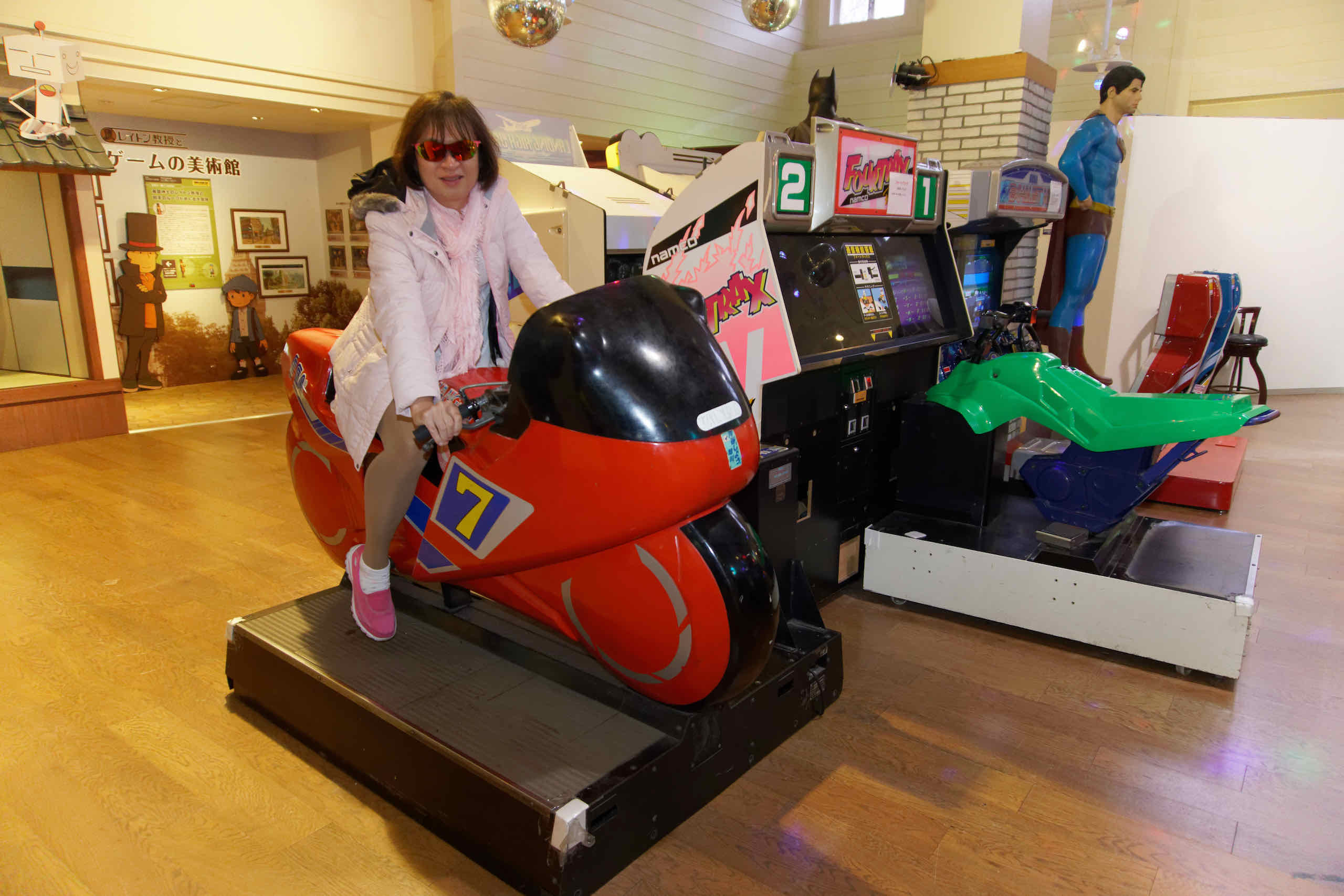
The Game Museum at Huis Ten Bosch contains a display of various gaming consoles past to present as well as various arcade machines.
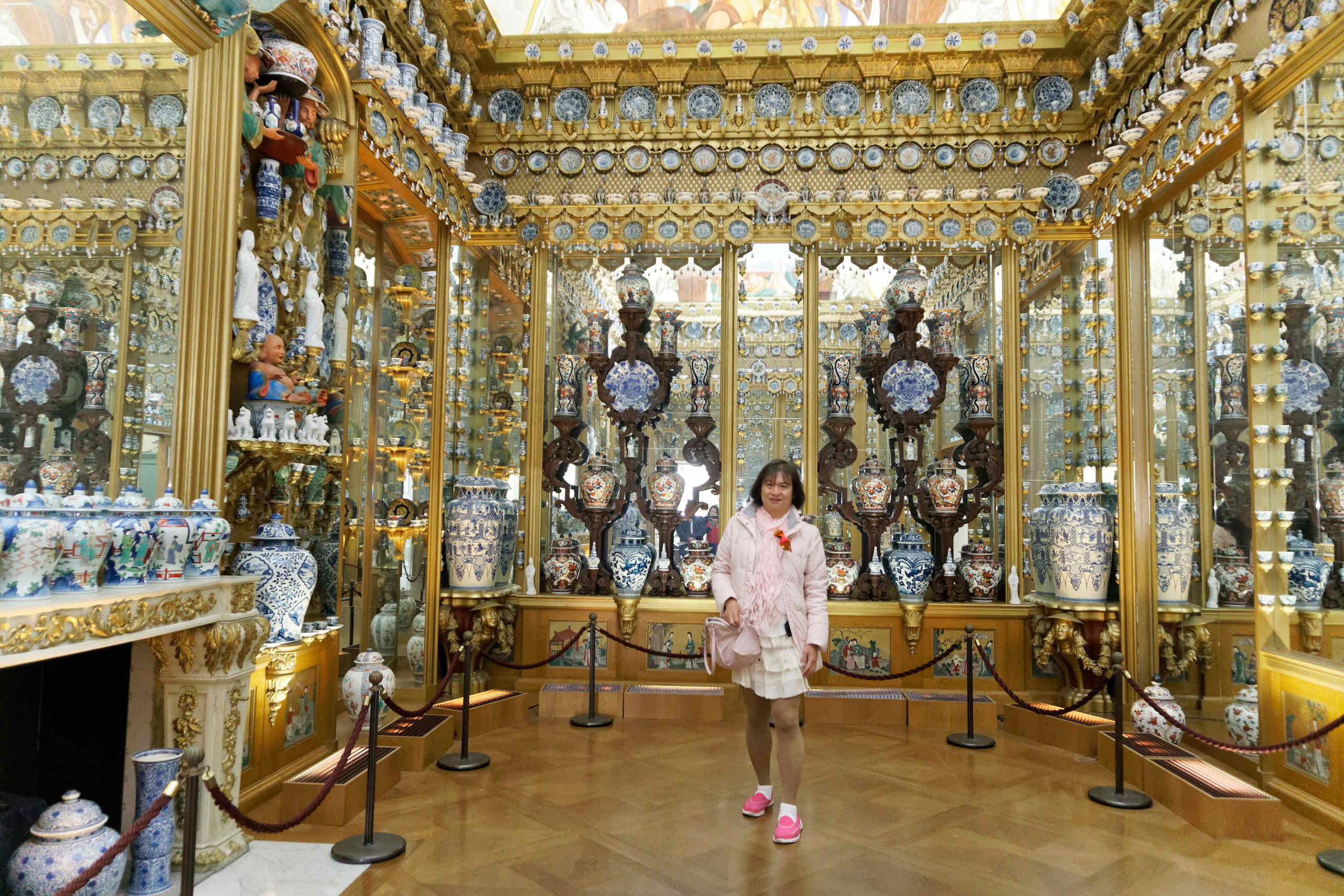
The Porcelain Museum at Huis Ten Bosch is full of rooms of porcelain displays, a second hall with upholsteries and a third hall with pottery.
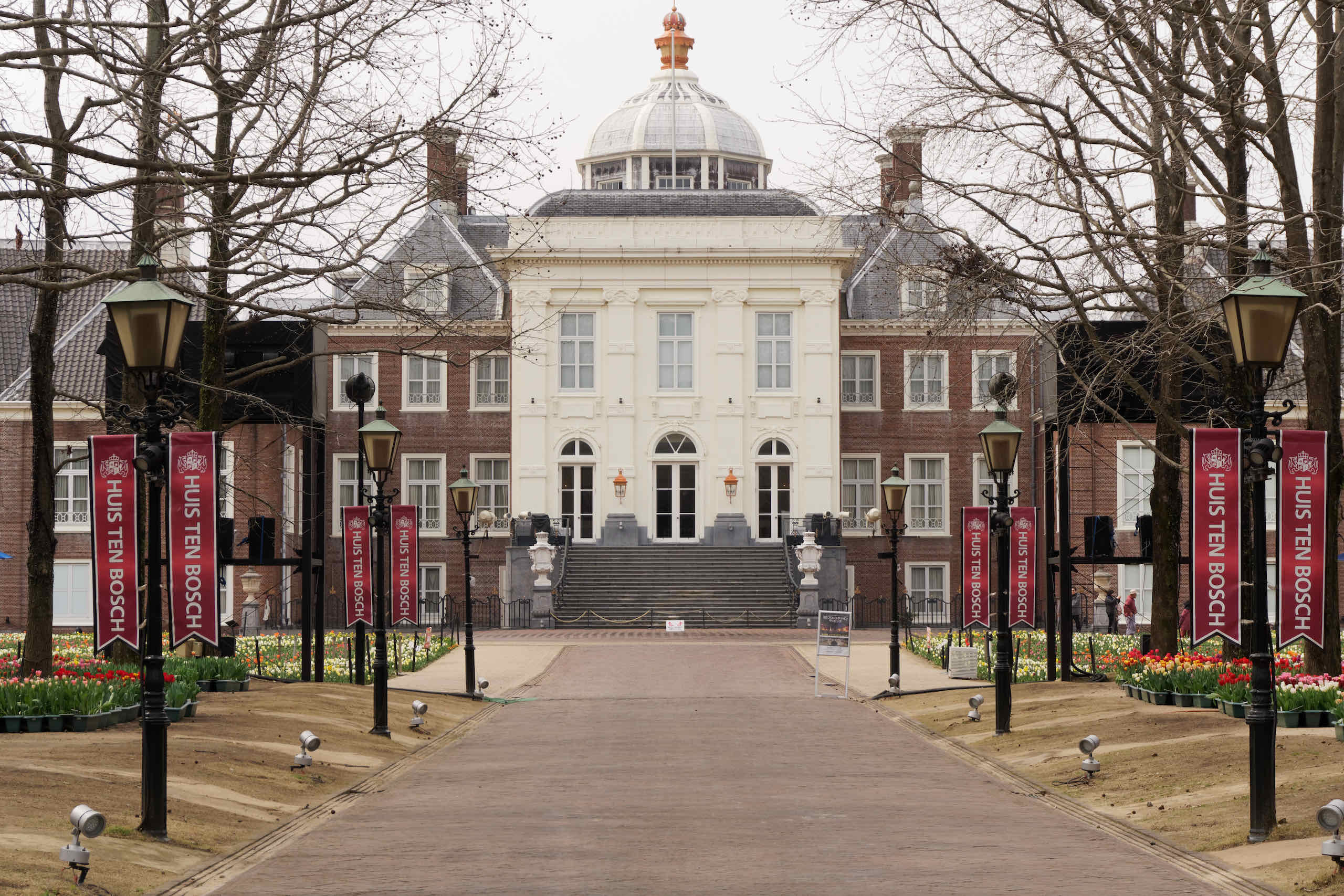
"Harbor Town" in Huis Ten Bosch has theme park attractions, the Huis Ten Bosch castle, and a replica of a Dutch ship called De Liefde.
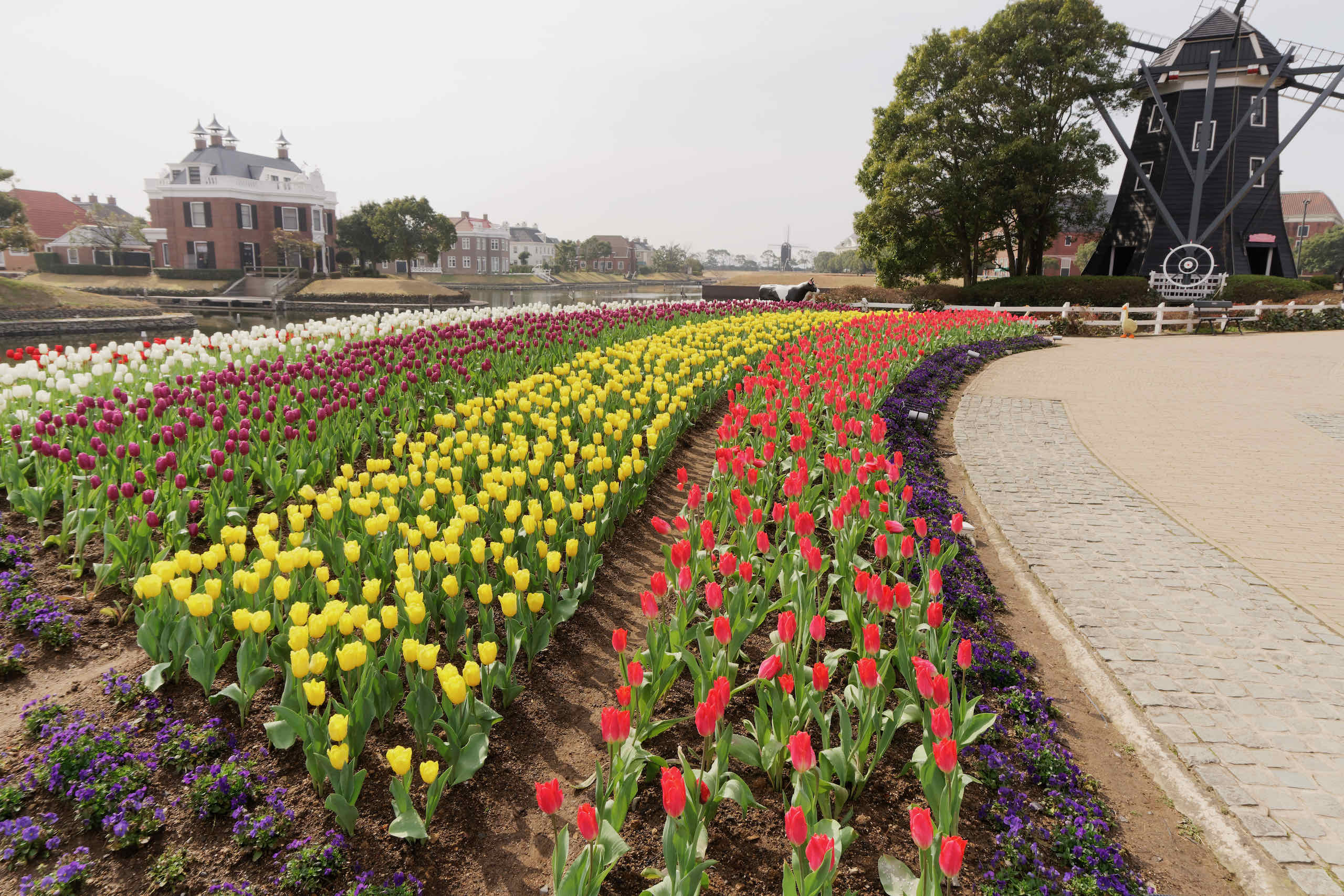
The Flower Road at Huis Ten Bosch features windmills, tulips, the Delftsebrug bridge, and a cheese shop called Cheese Waag.
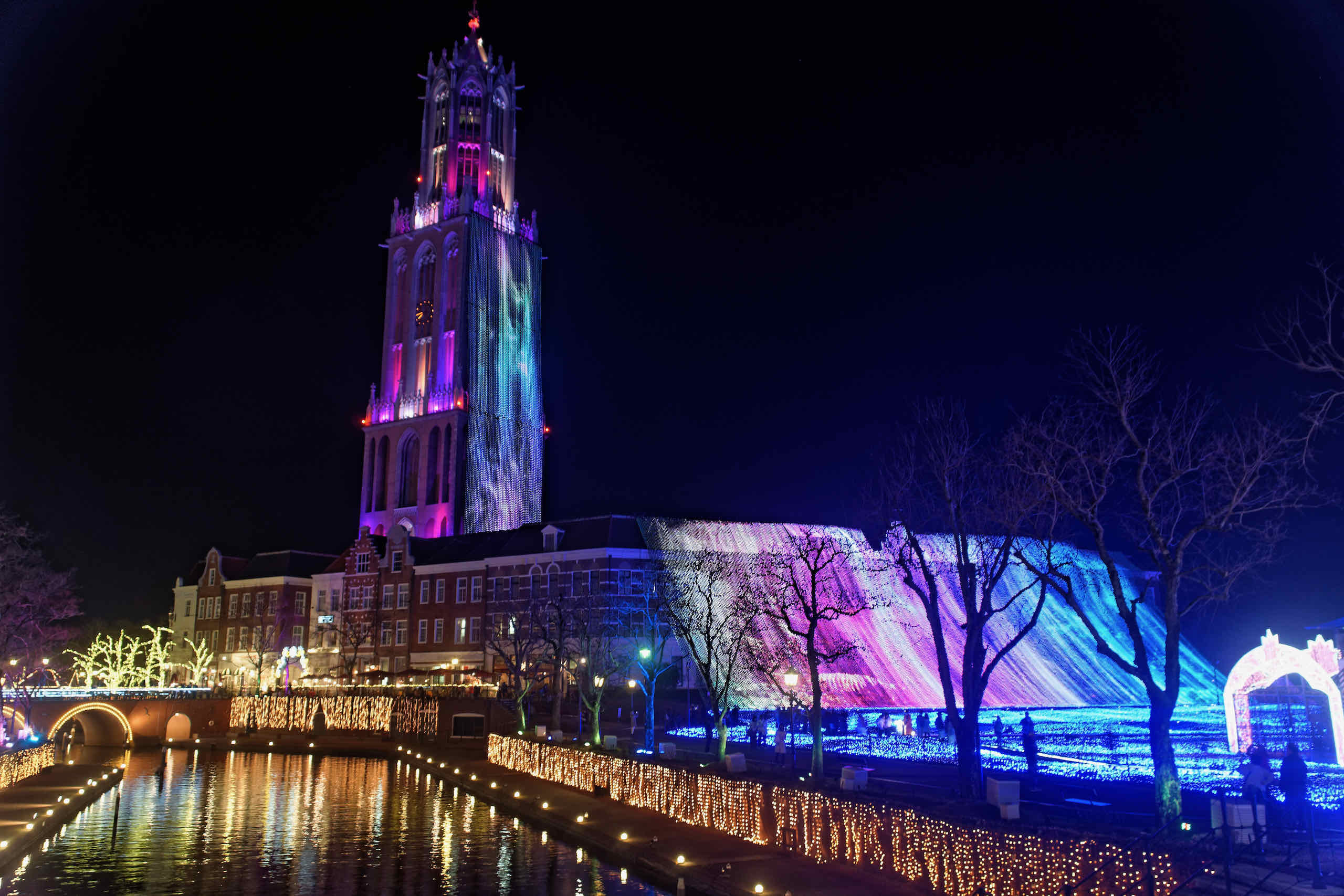
The Night Lights in Huis Ten Bosch are very colourful with a lot of the buildings lit up, with "light" flowing from the Domtoren.
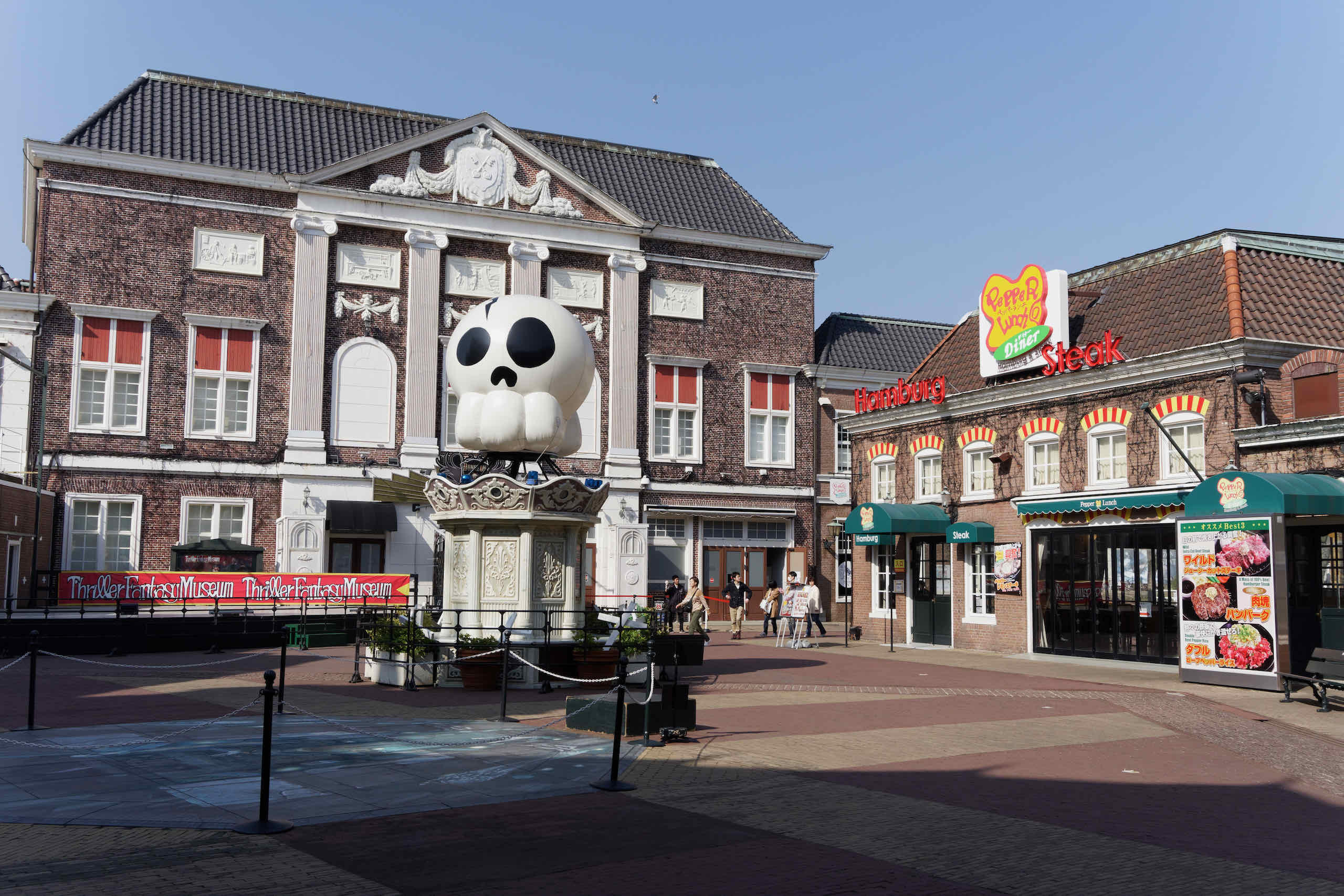
Thriller and Attraction Cities in Huis Ten Bosch contain a variety of theme park attractions surrounded by a fountain.
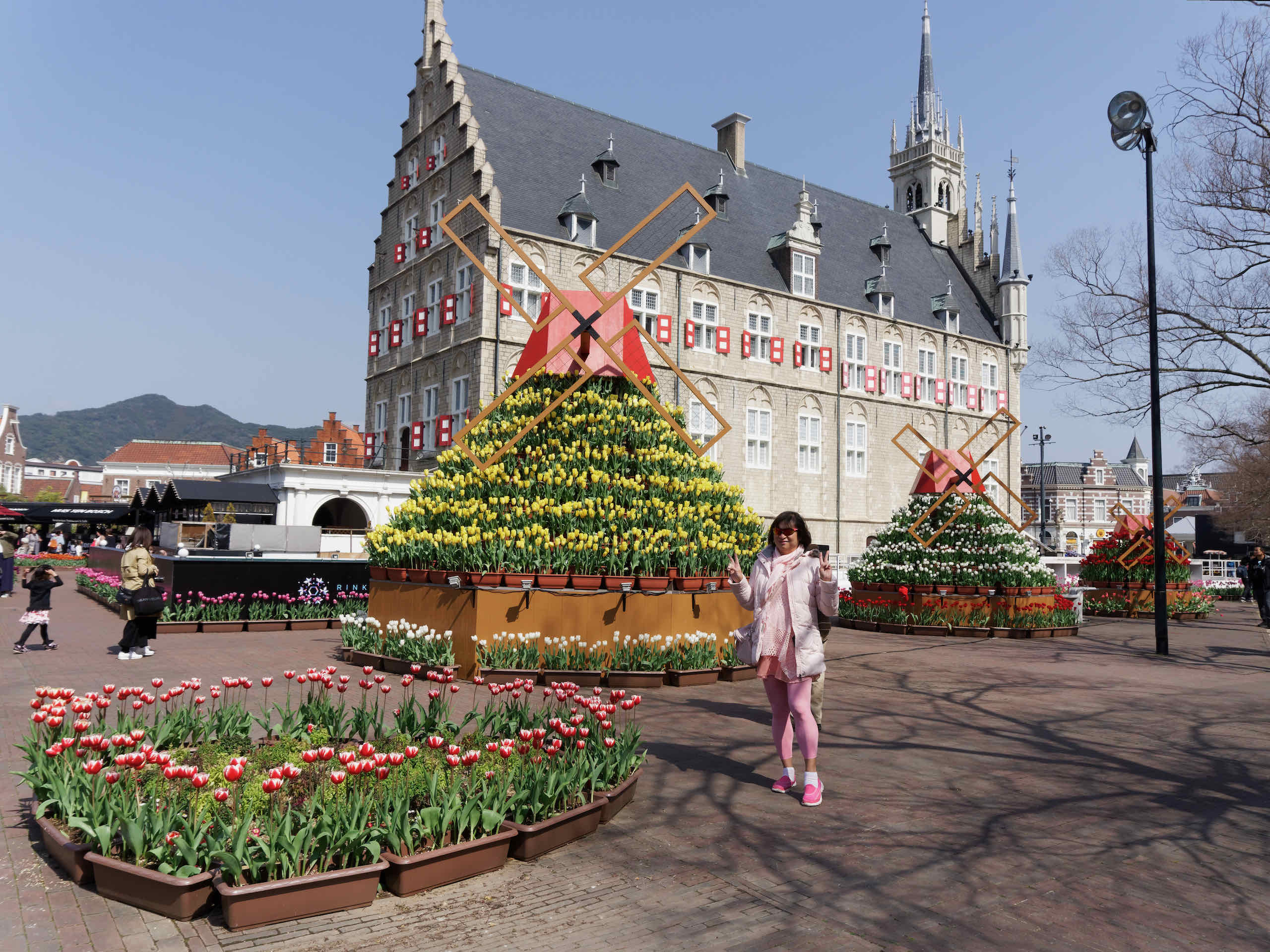
The Amsterdam Square in Huis Ten Bosch evokes the famous Dam Square with a European village adjacent to it.
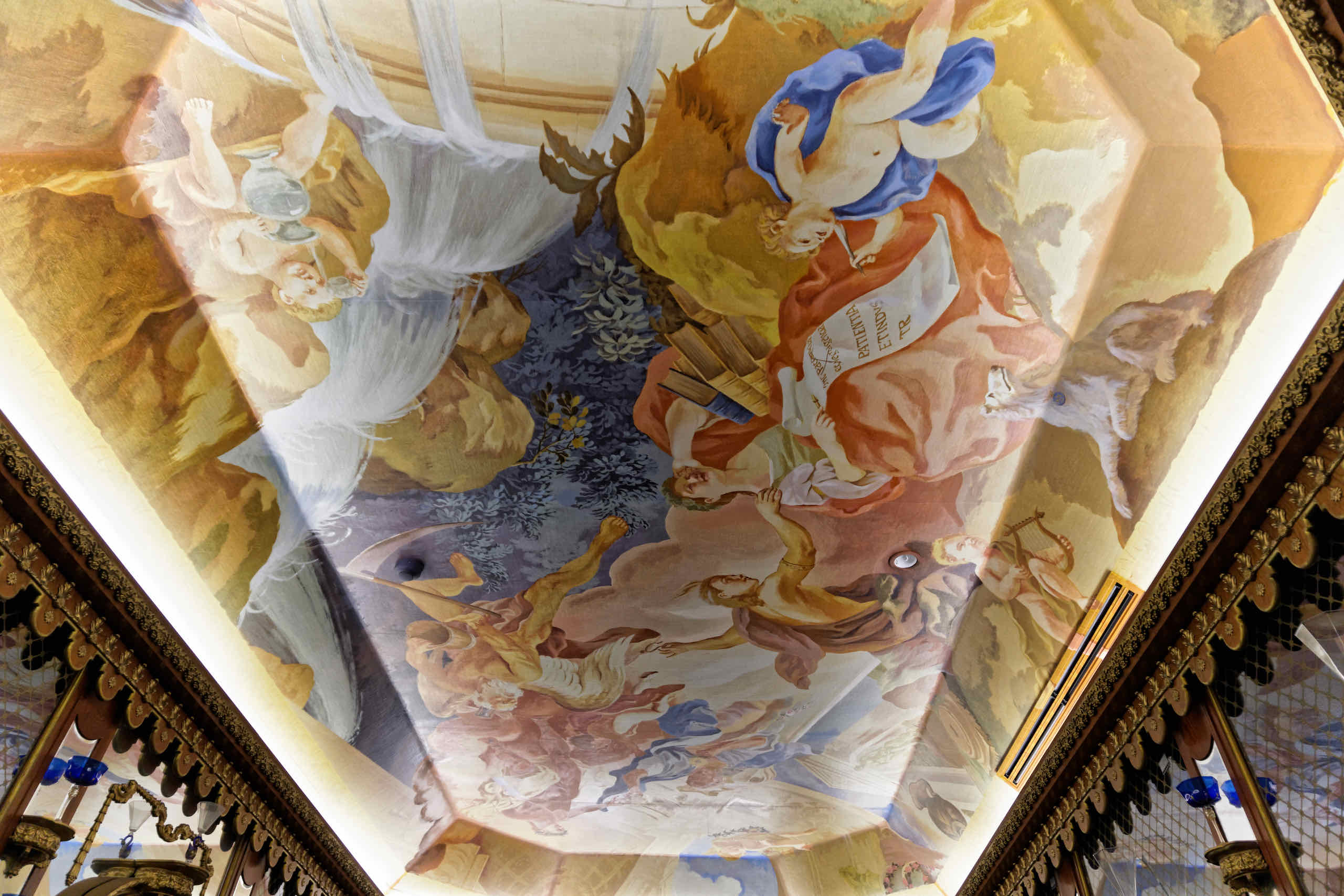
The Stadhuis replica in "Amsterdam Square" in Huis Ten Bosch has a magnificent crystal and glass museum called "Gyaman Gallery".
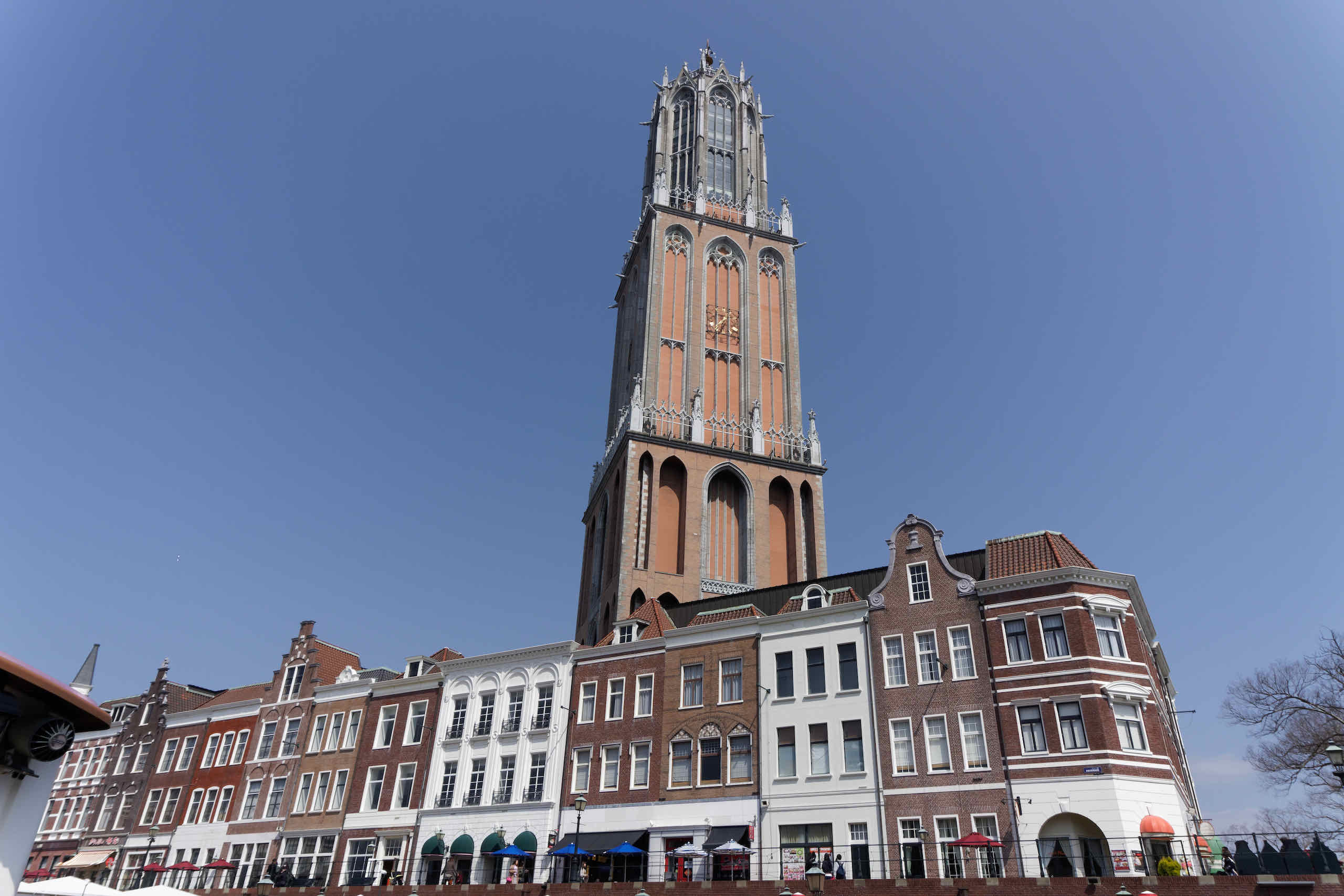
The replica of Domtoren (the famous church tower in Utrecht) at Huis Ten Bosch has an observation deck with great 360 degree views.
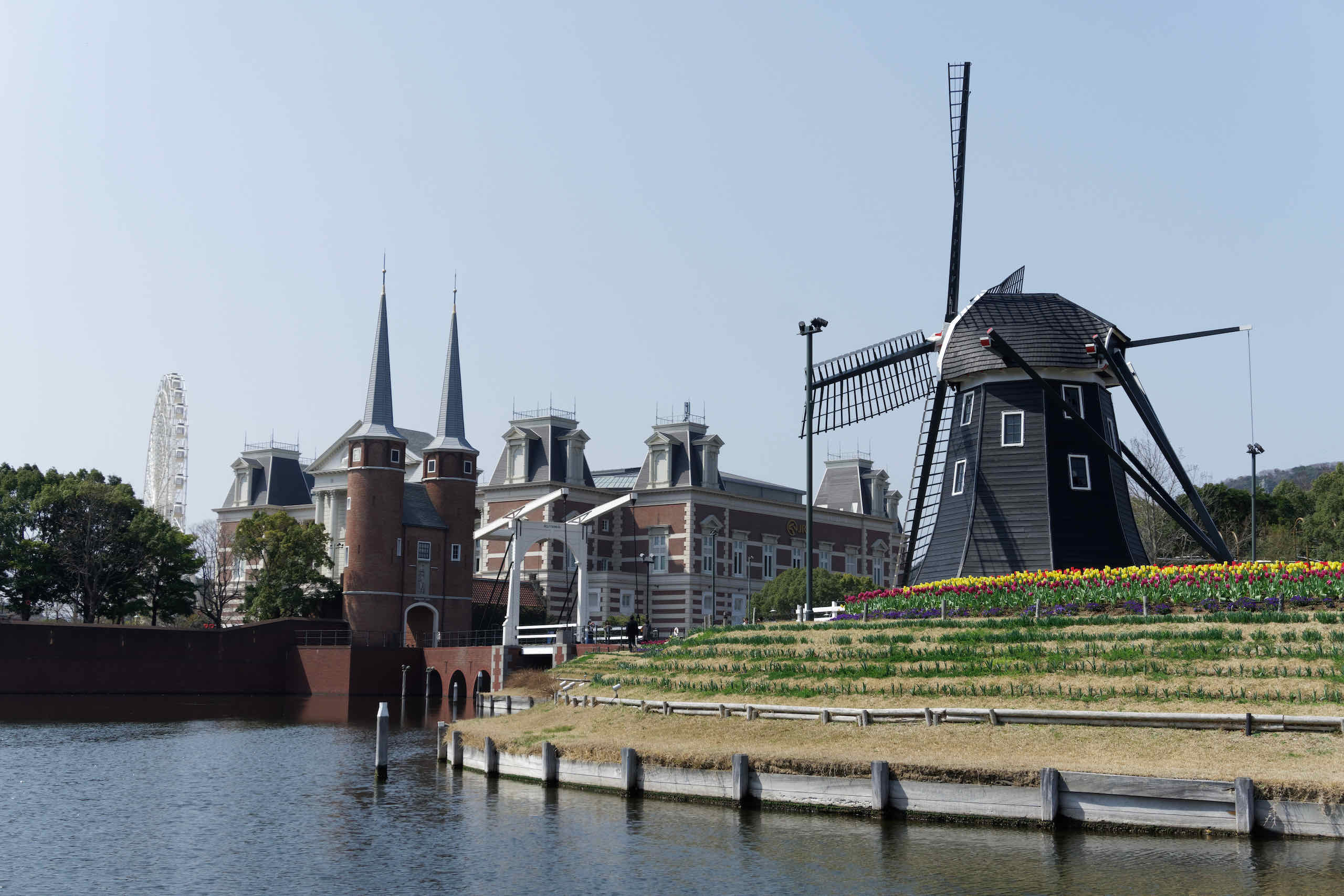
We boarded a cruiser at Canaltown that took us on a canal cruise all the way to Tower City where a replica of the Domtoren is.
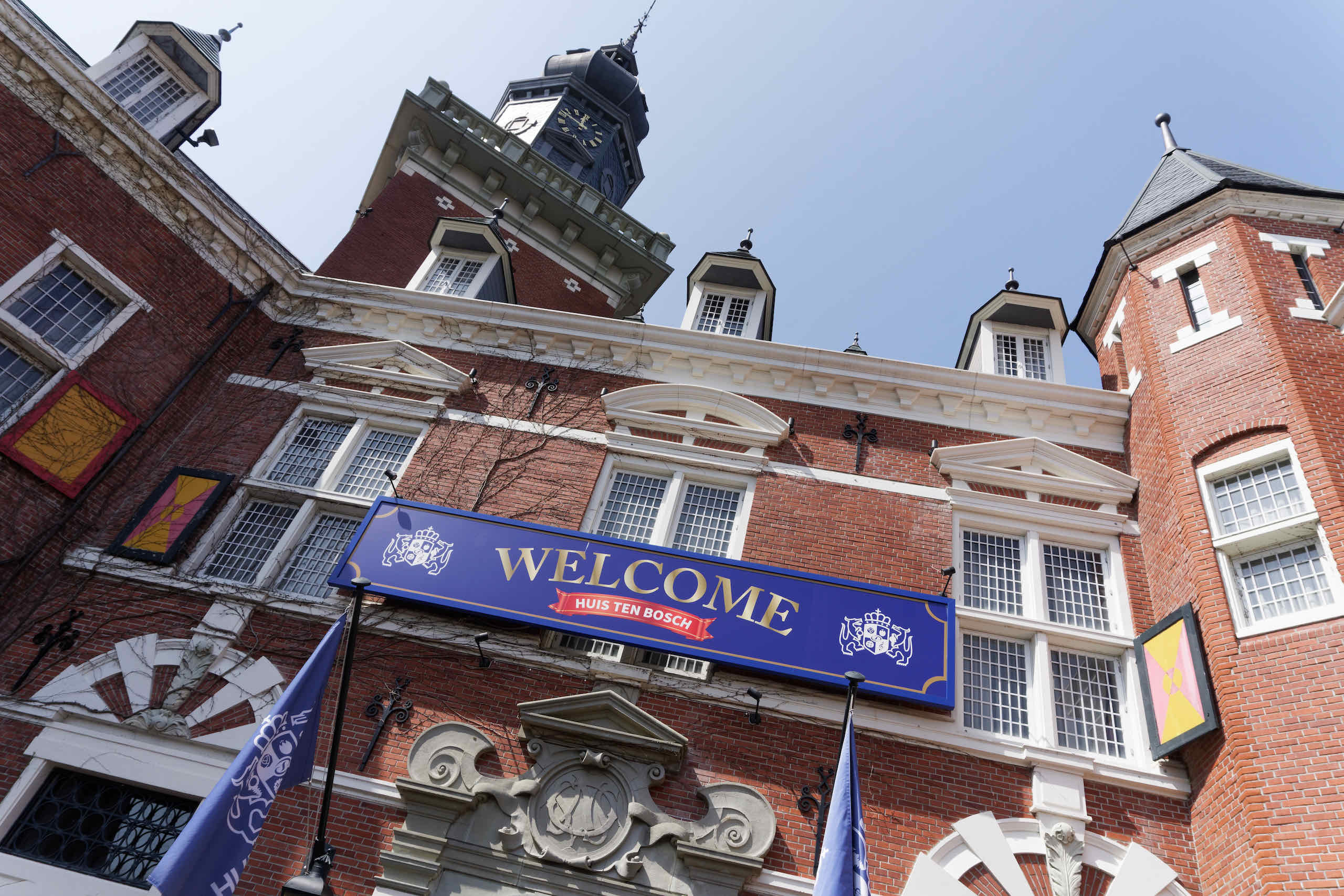
We visited a recreation of Kasteel Nijenrode containing the Teddy Bear Kingdom, an extensive collection of teddy bears from around the world.
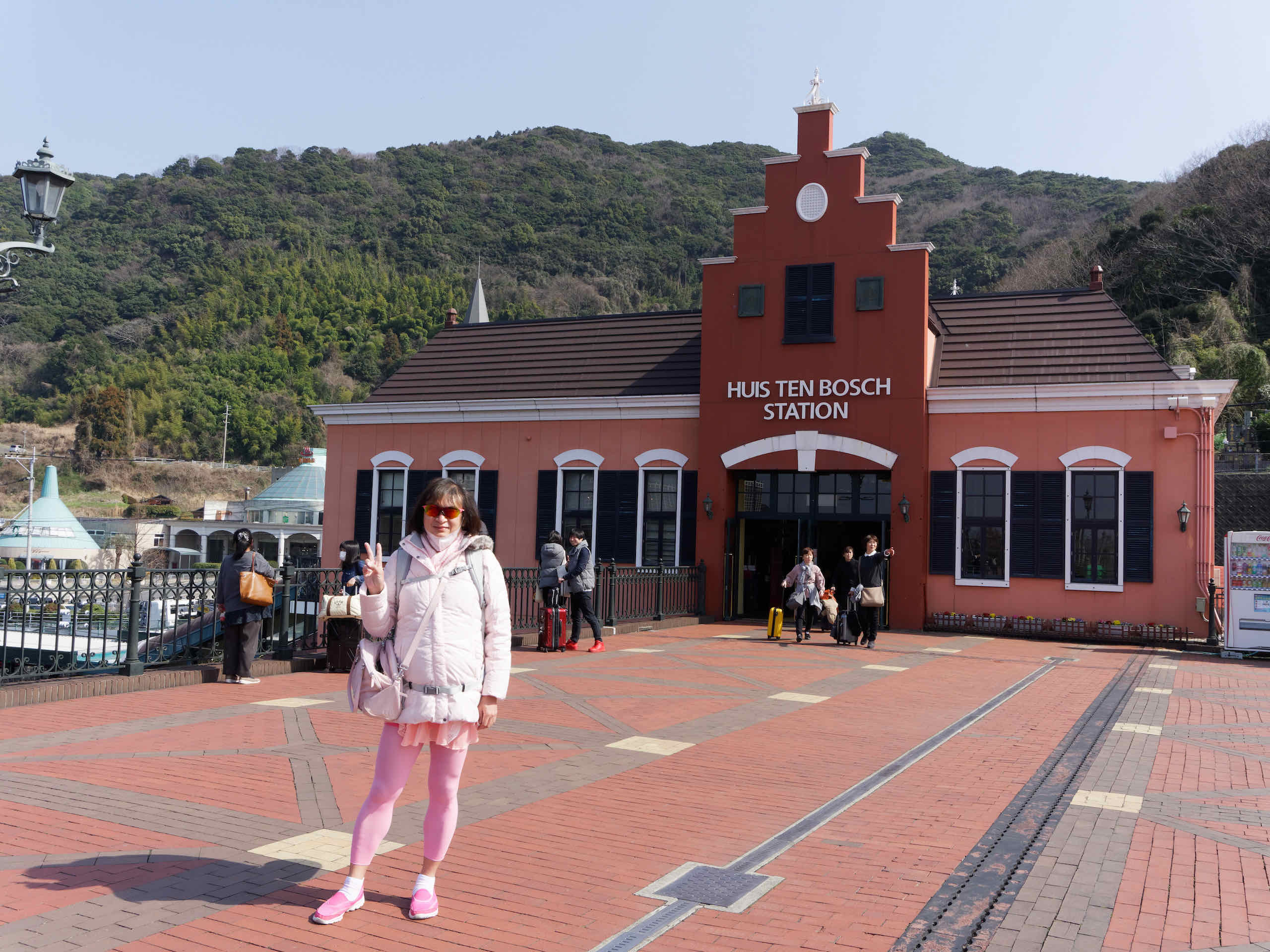
We arrived at the tiny but very, very cute JR Huis Ten Bosch station, walked across a bridge to the Huis Ten Bosch theme park.
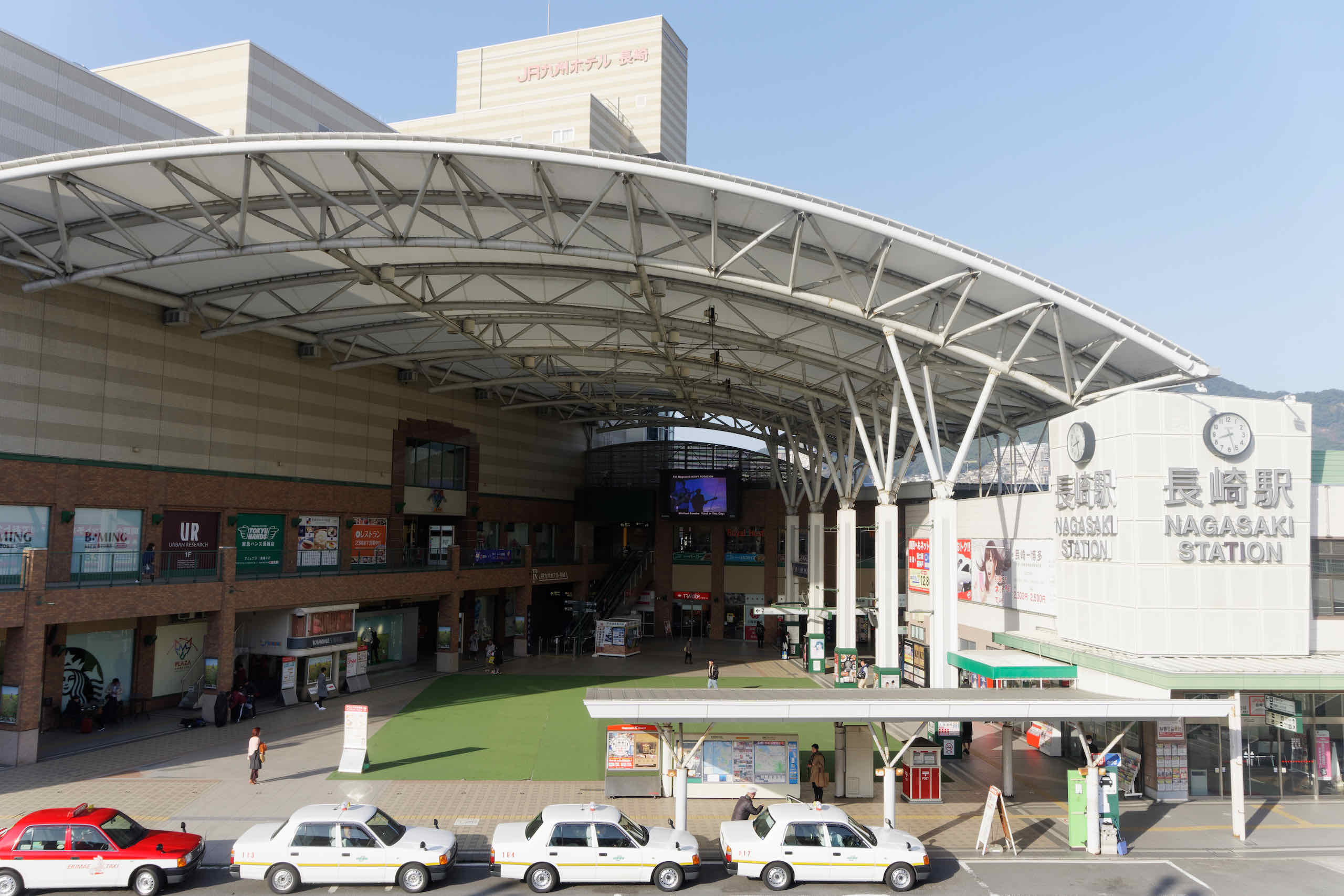
Today we are travelling on the Seaside Liner from Nagasaki to Huis Ten Bosch. Took a few photos at Nagasaki Station.
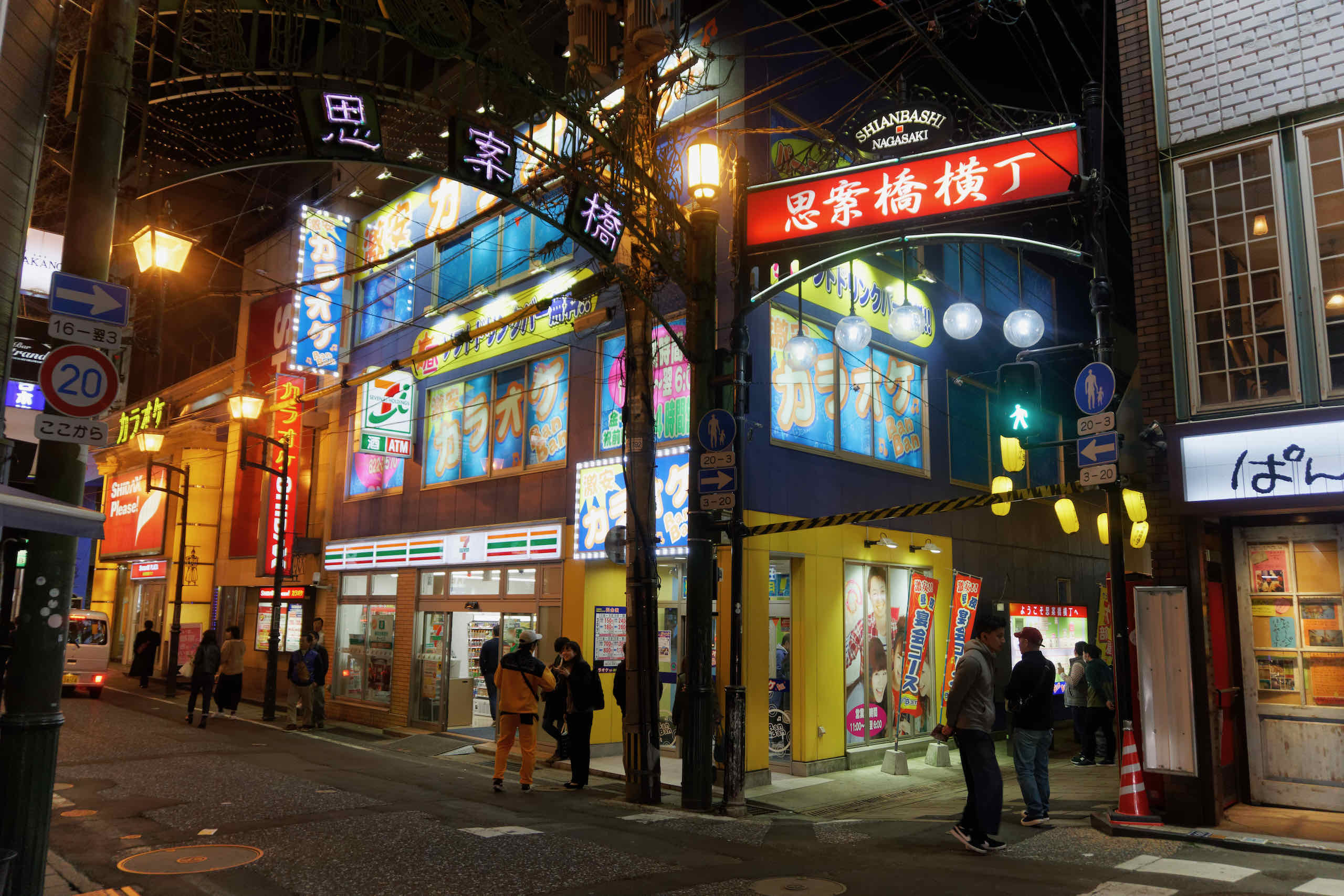
Shianbashi is Nagasaki's nightlife area (and former red light district). At night, it comes alive with little restaurants and snack bars.

Teramachi literally means "Temple town" and it is a street full of ... temples. There's an amazing variety of temples here.
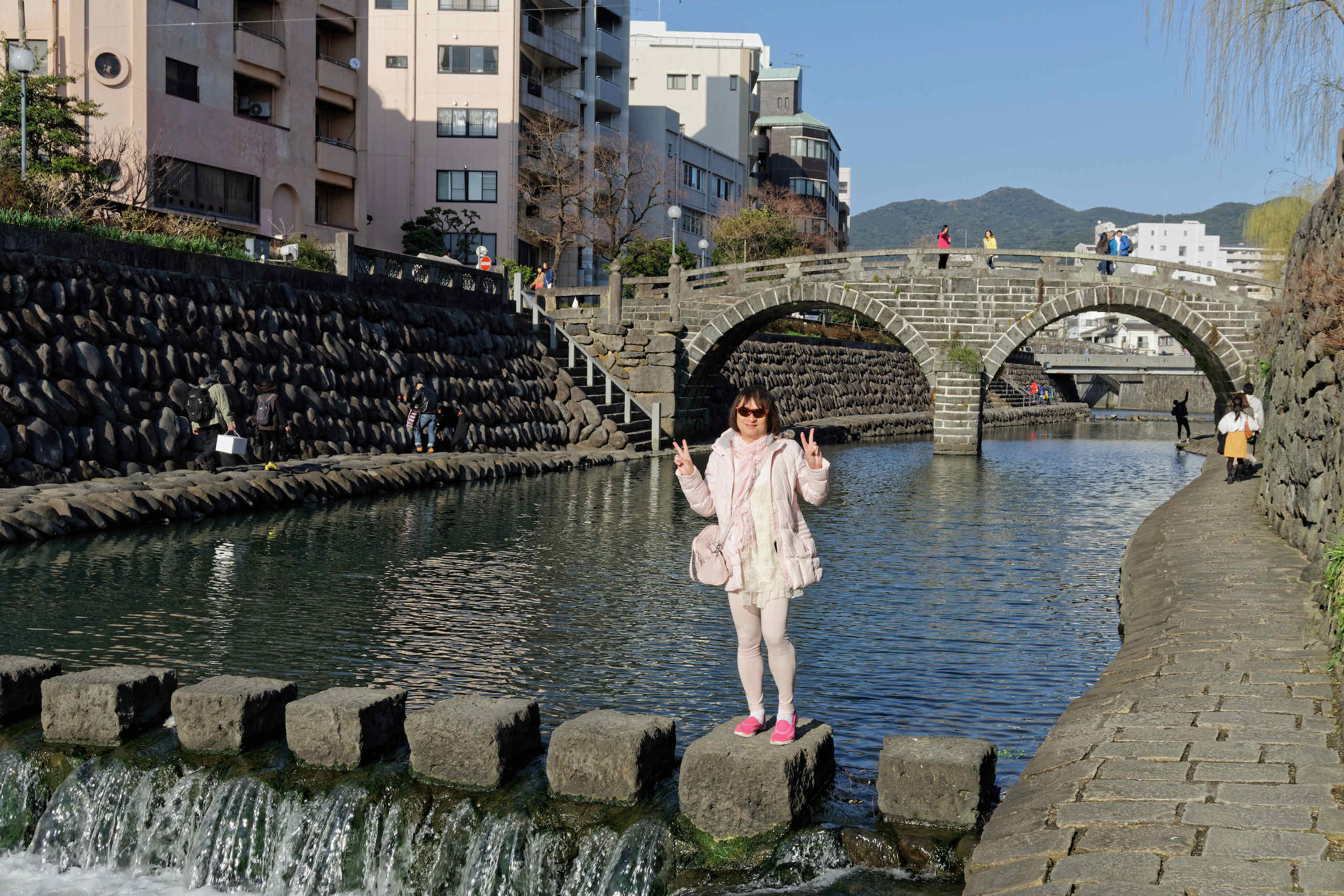
Spectacles Bridge is Japan's first Chinese-style stone bridge and one of Japan's Top 3 most well known bridges.
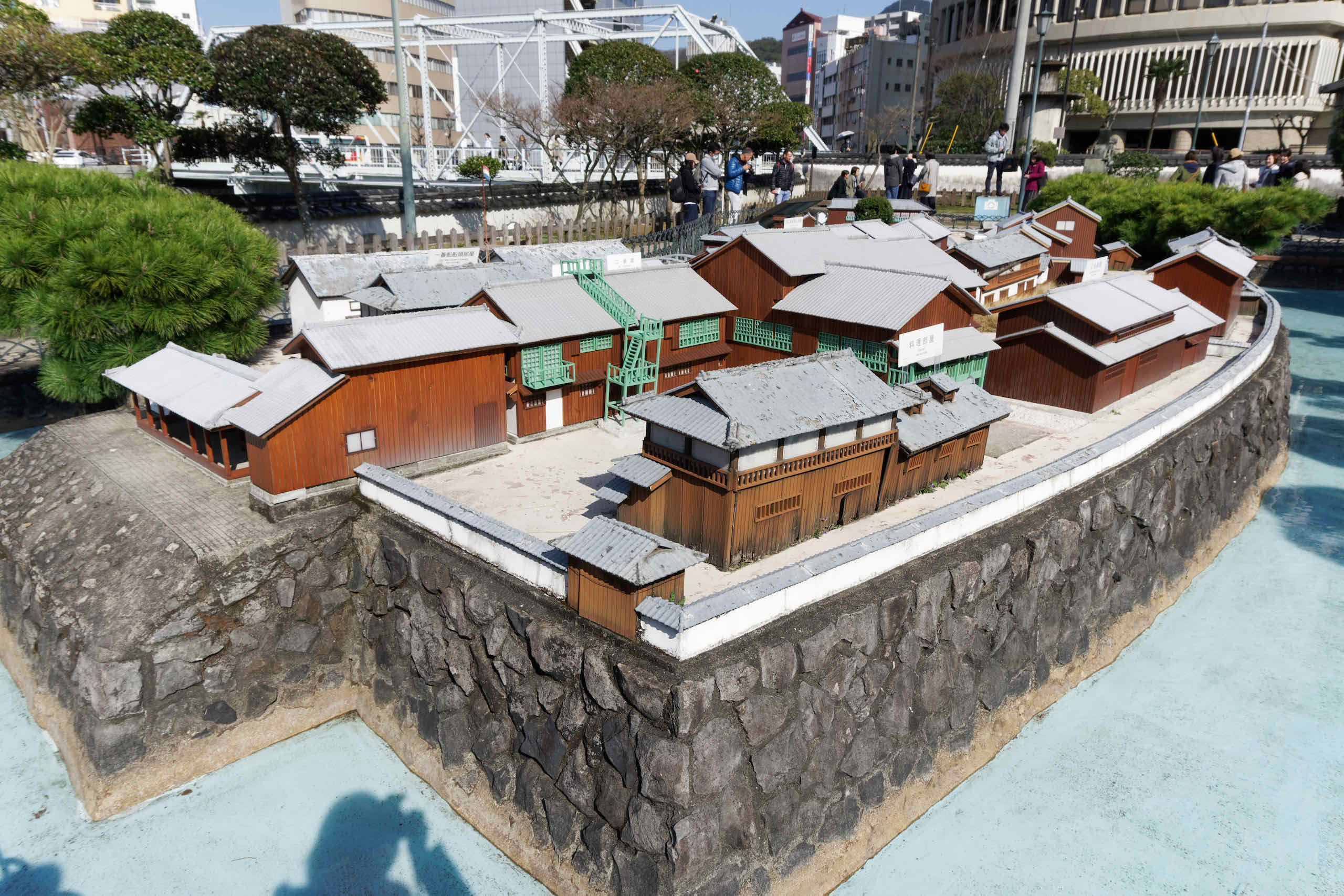
Dejima was used to quarantine foreign traders (Portuguese, then Dutch) during the Edo period of the Tokugawa Shogunate.
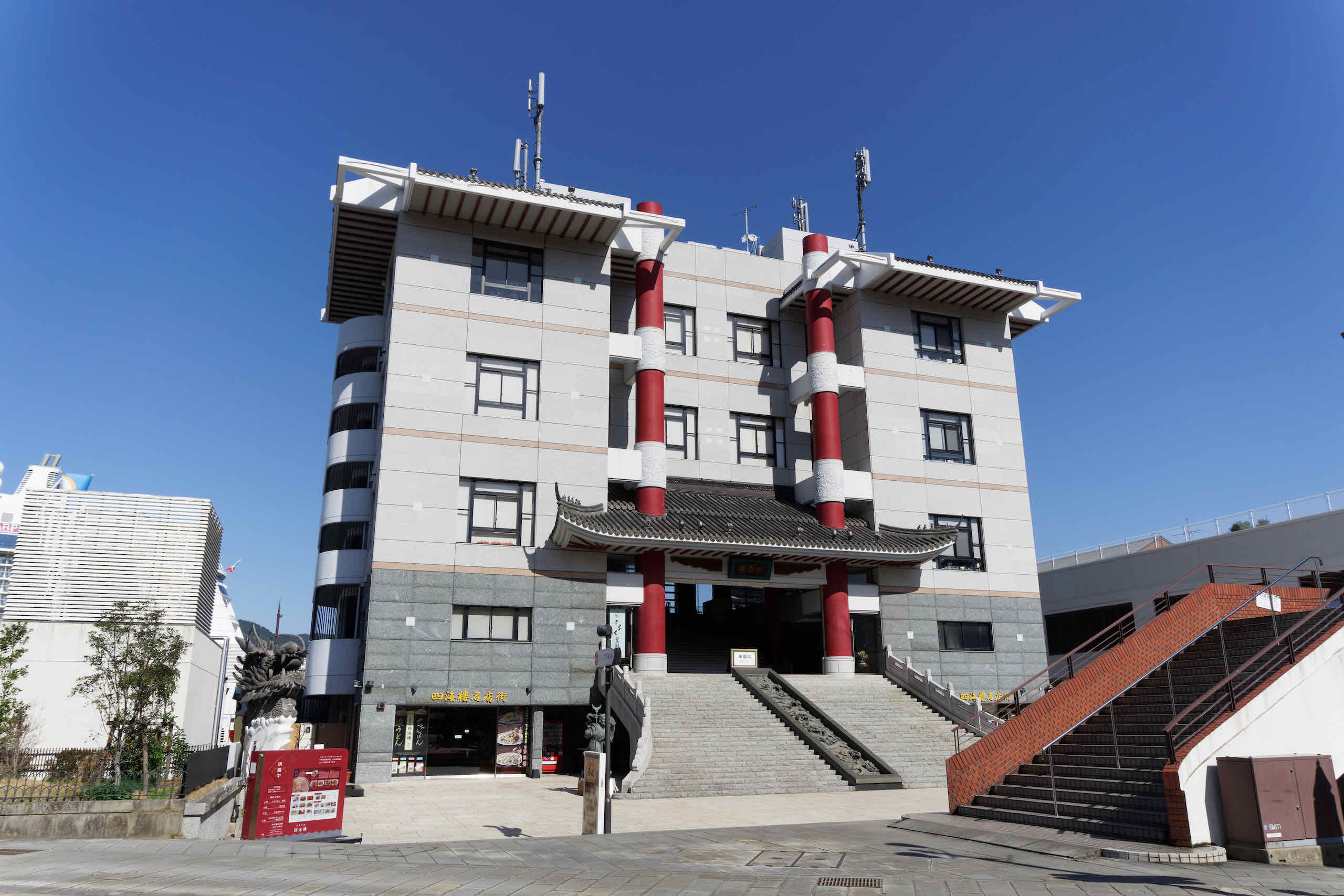
We also explored various places around the Nagasaki historic quarter including Oura Machi and Minami Yamate-Machi.
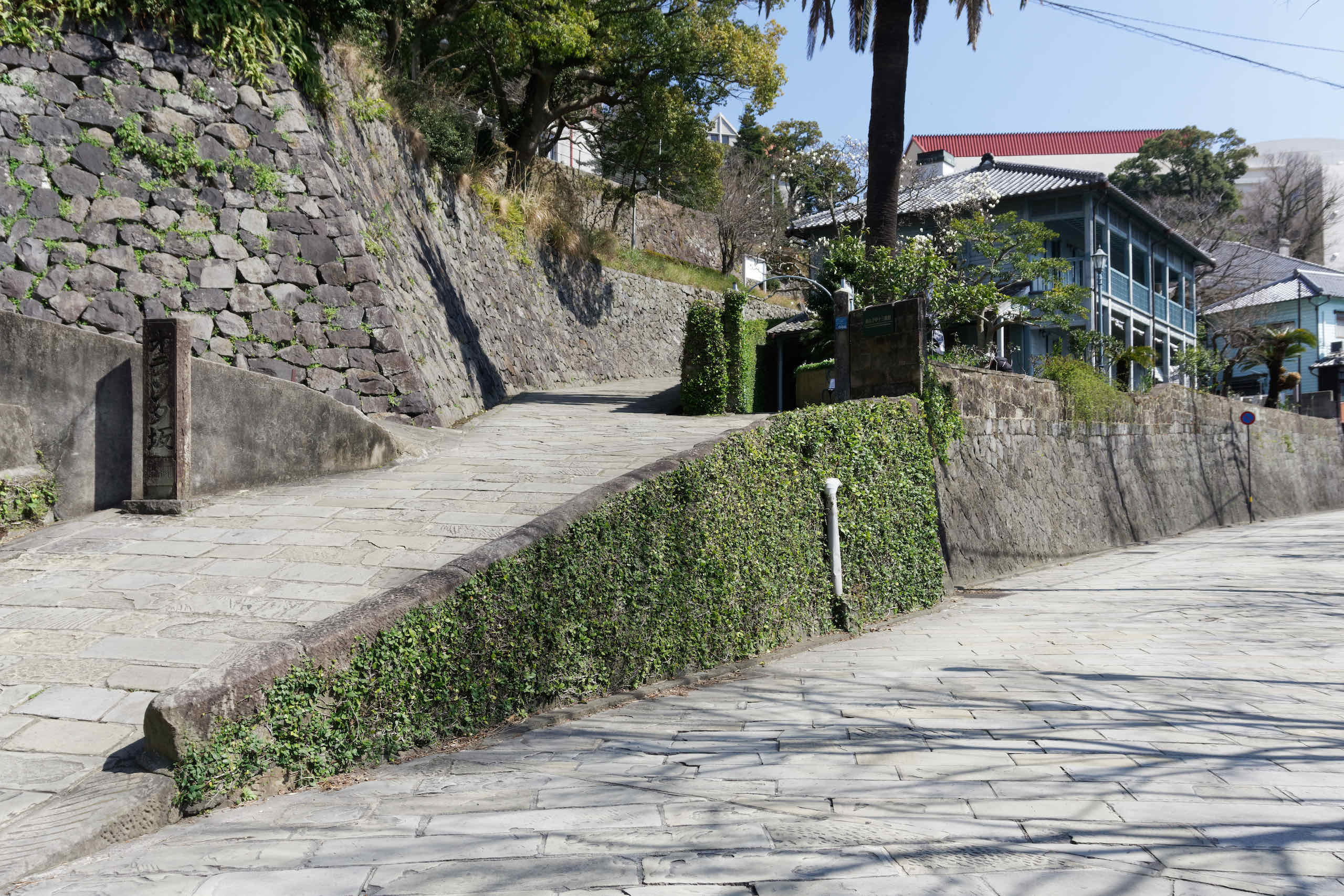
The strangely named "Dutch Slope" is a sloping road leading up to a hill where there are historical Western style houses.
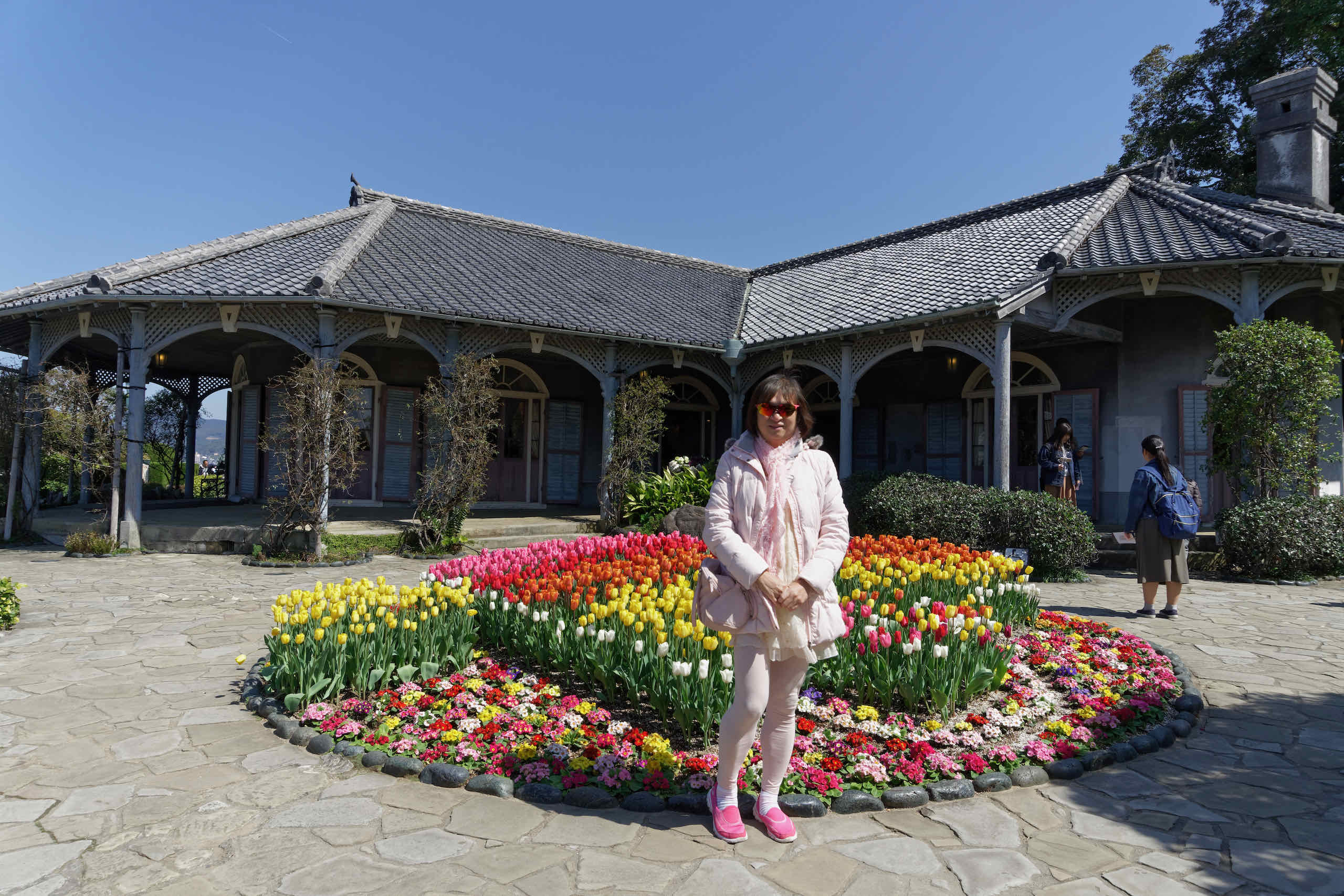
Glover Garden is situated on the southern slope of the Minamiyamate hillside and offers a superb and extensive view of Nagasaki Harbour.
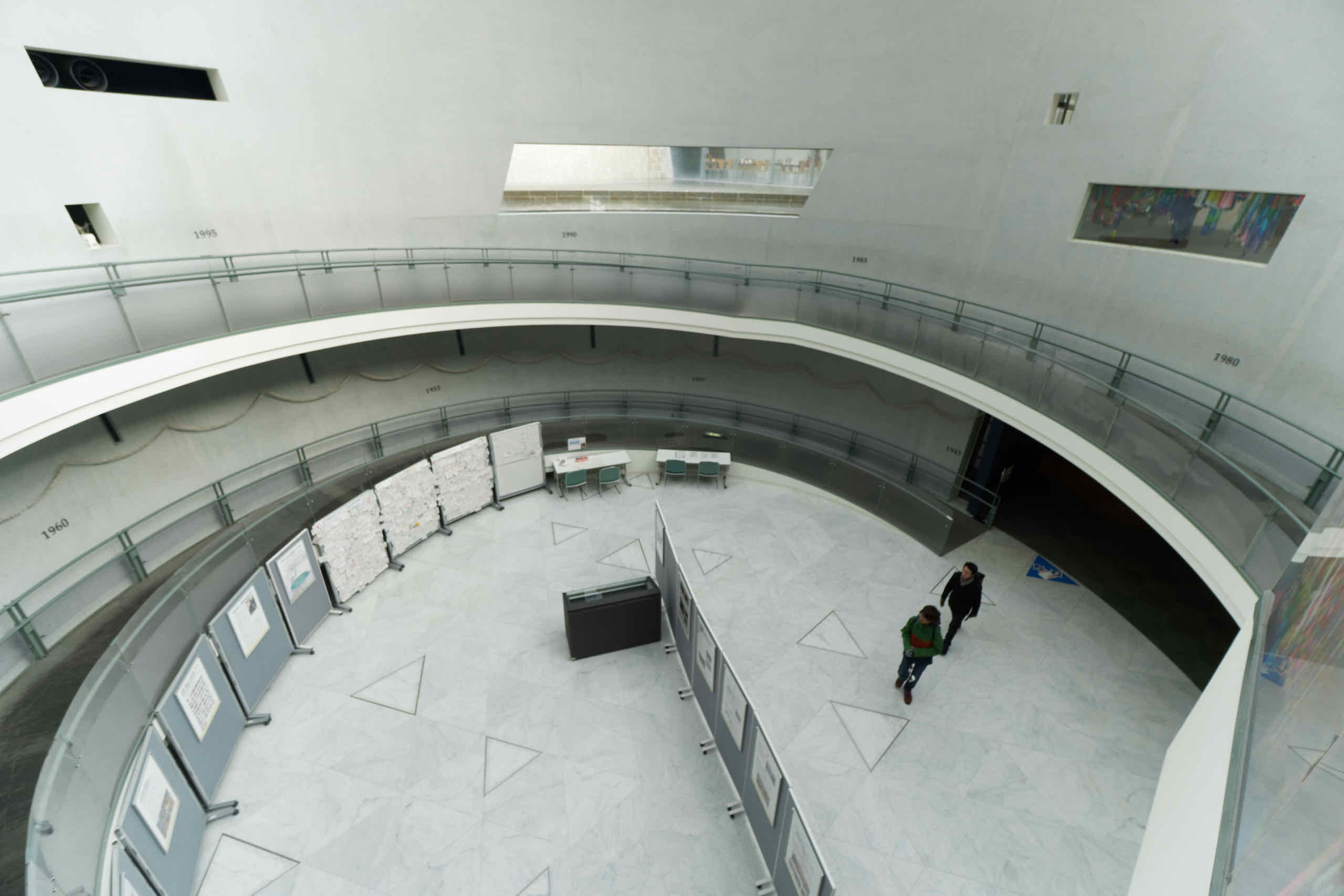
We also visited the Nagasaki Peace Museum, which was similar to the one in Hiroshima but on a smaller scale.
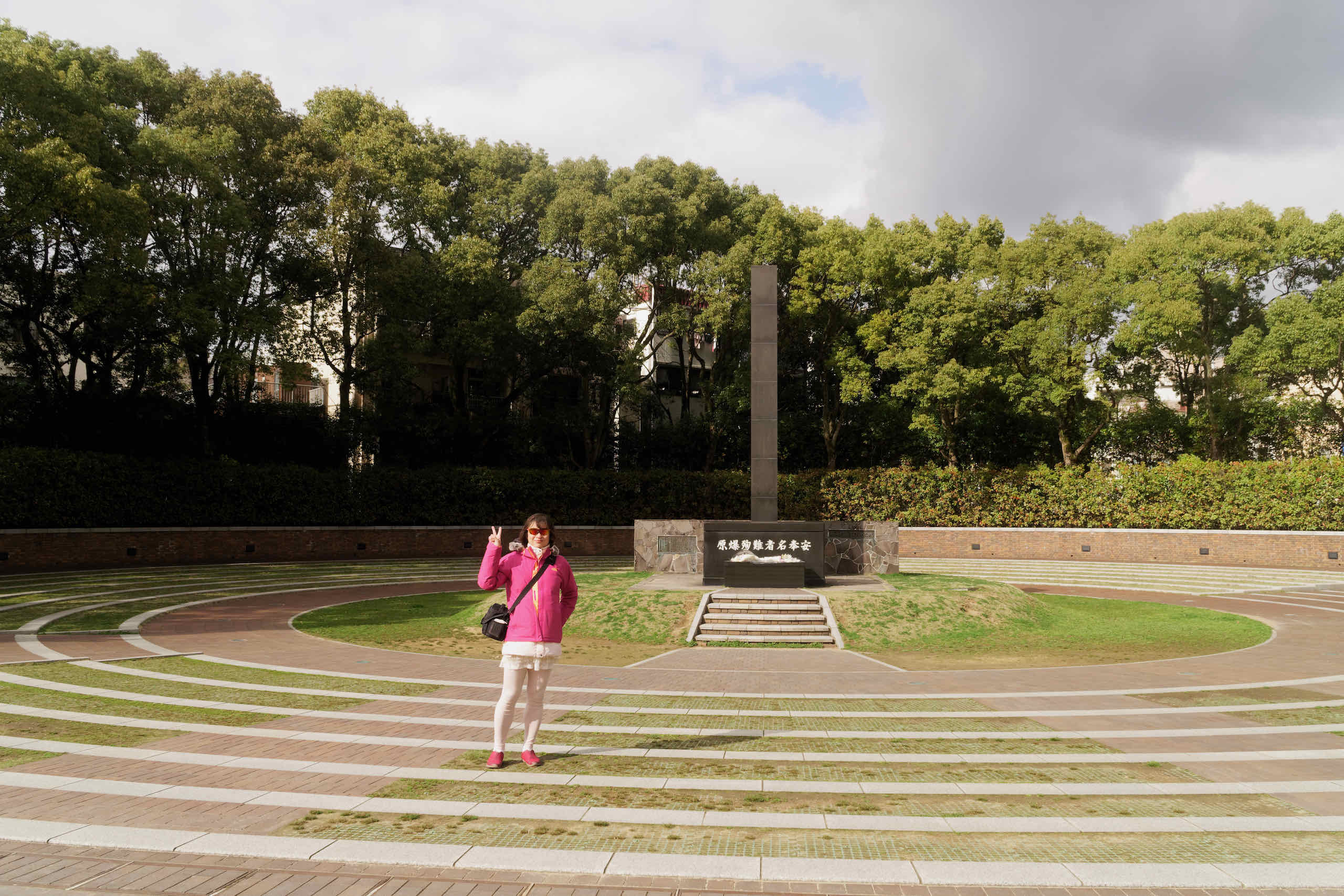
The Atomic Bomb Hypocentre has concentric circles marked around it like a bullseye target, next to the nearby remains of the Urakami church.
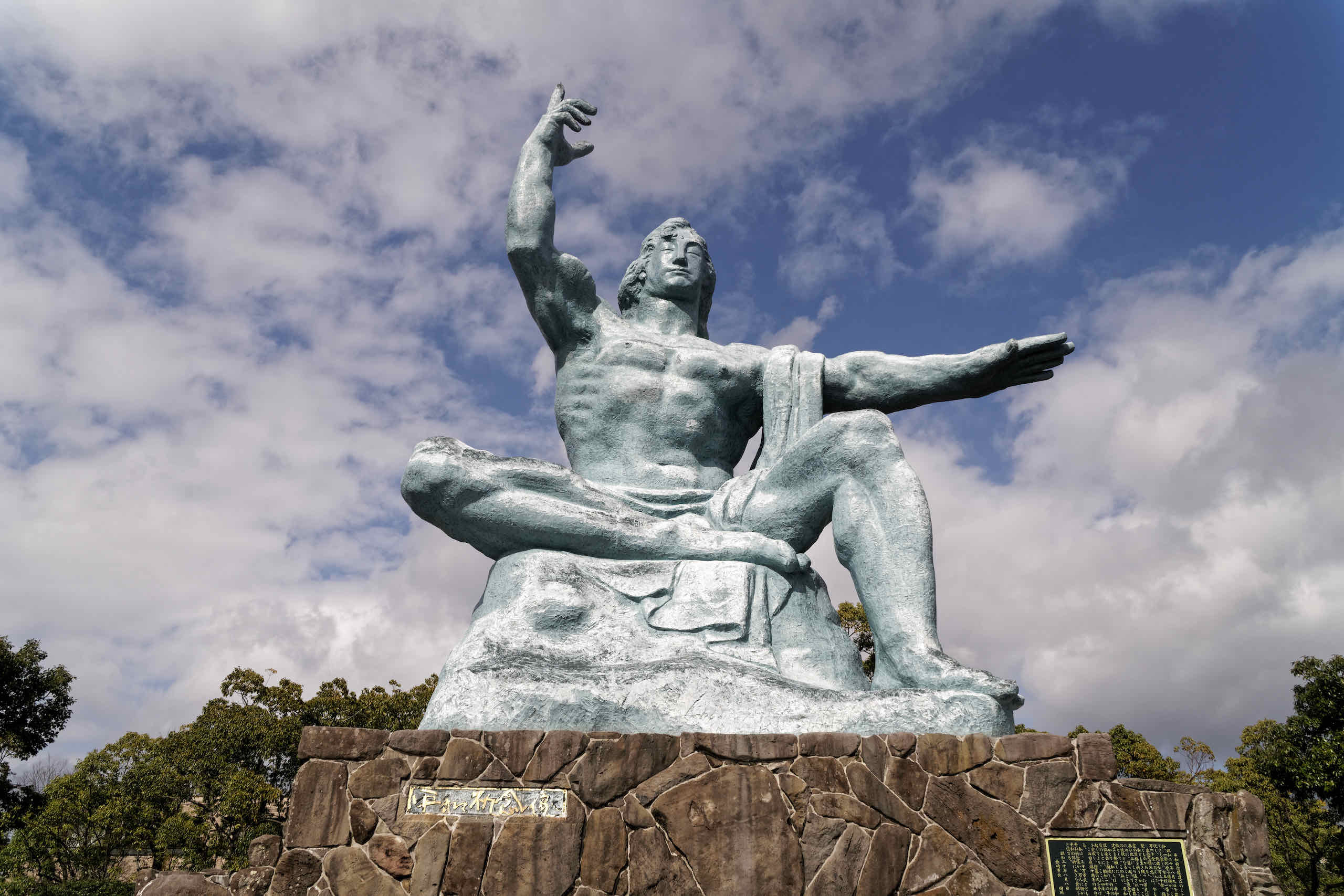
Nagasaki Peace Park is built on a low hill to the north of the hypocentre of the atomic bomb blast, and features the Peace Sculpture.
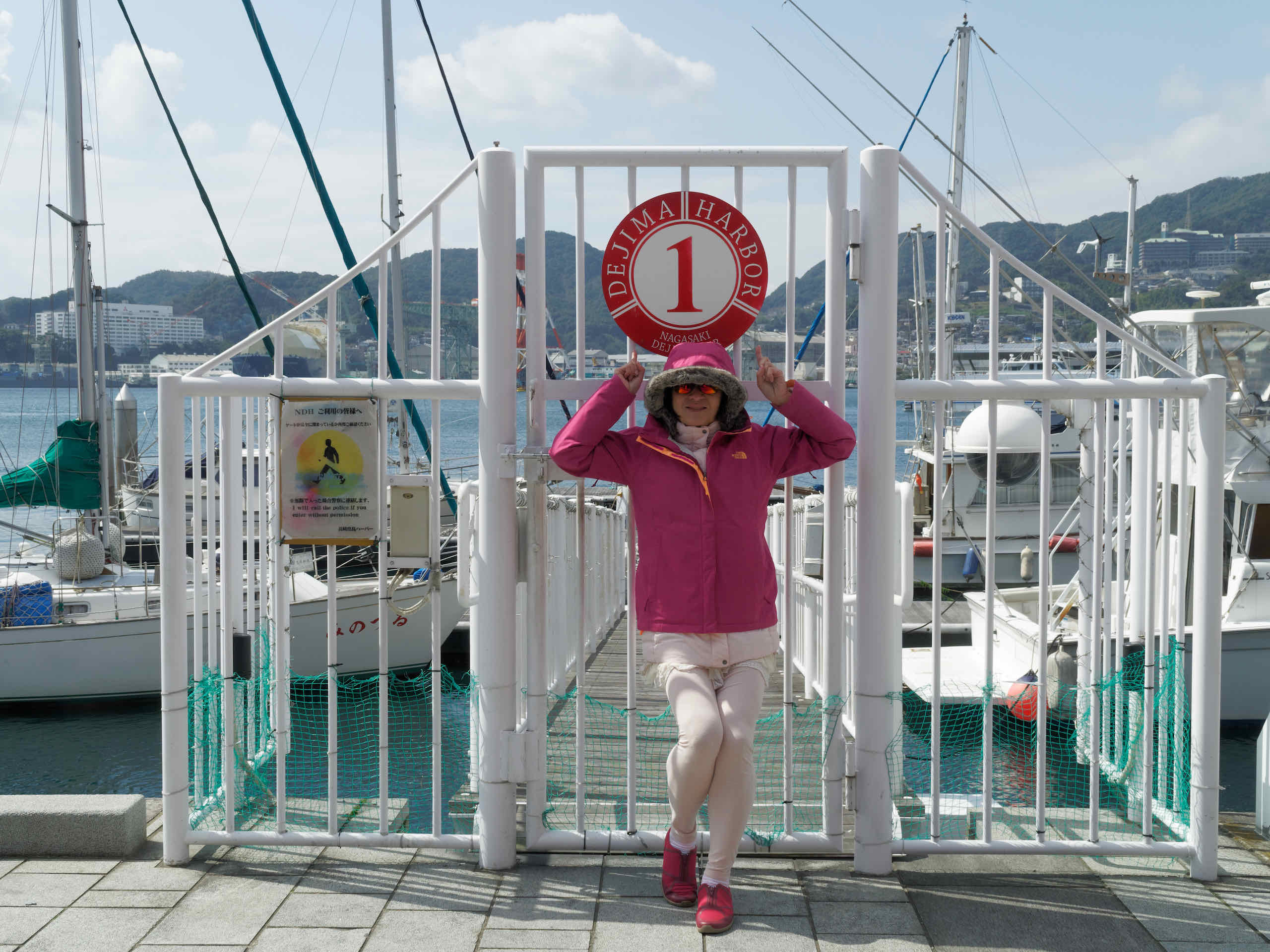
We walked through the Nagasaki Seaside Park. This offers views of Dejima Harbour and incoming boats, plus open space.
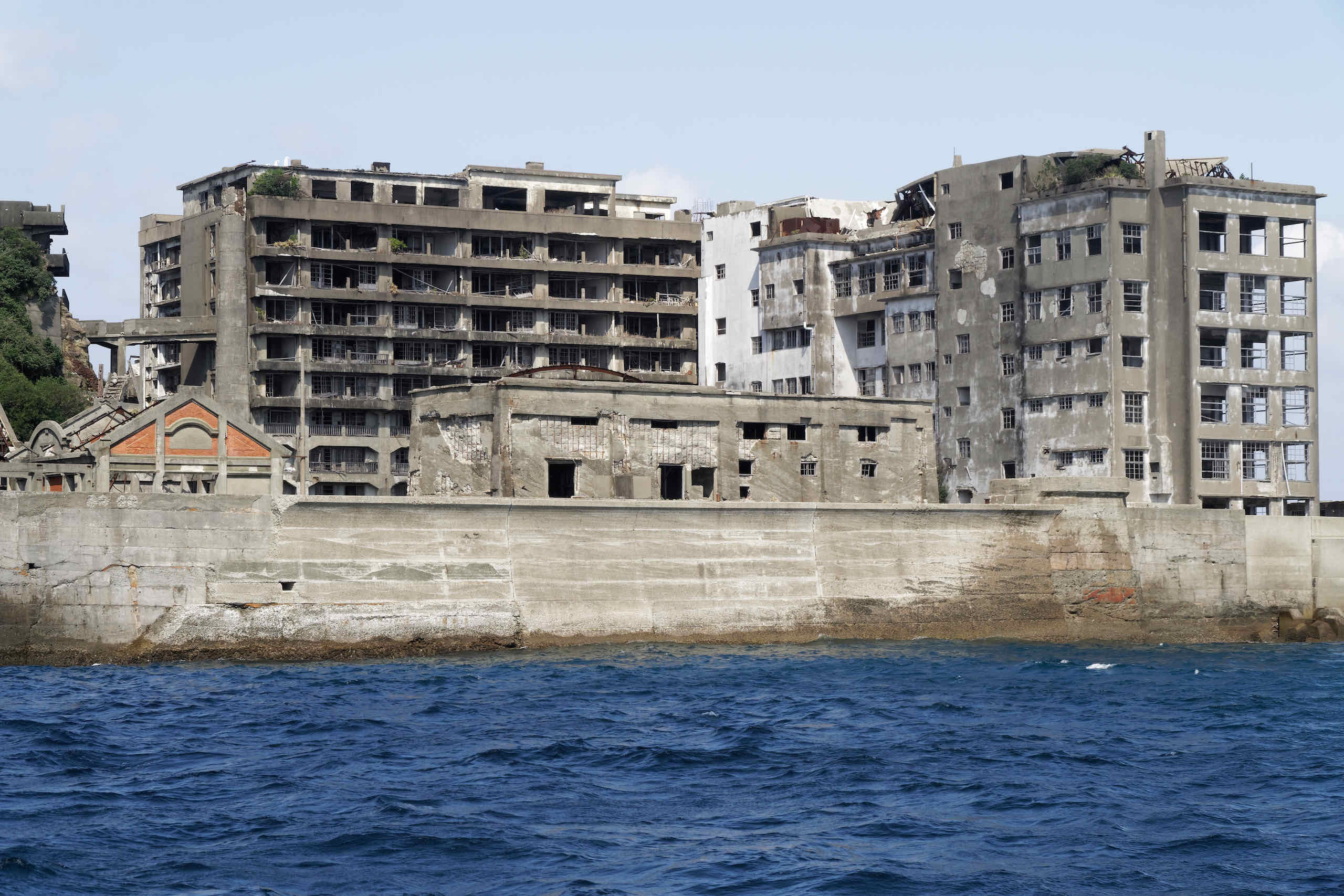
Gunkanjima (Battleship Island) was originally called Hashima with a seabed coalmine. After the mine was closed, the island fell into ruin.
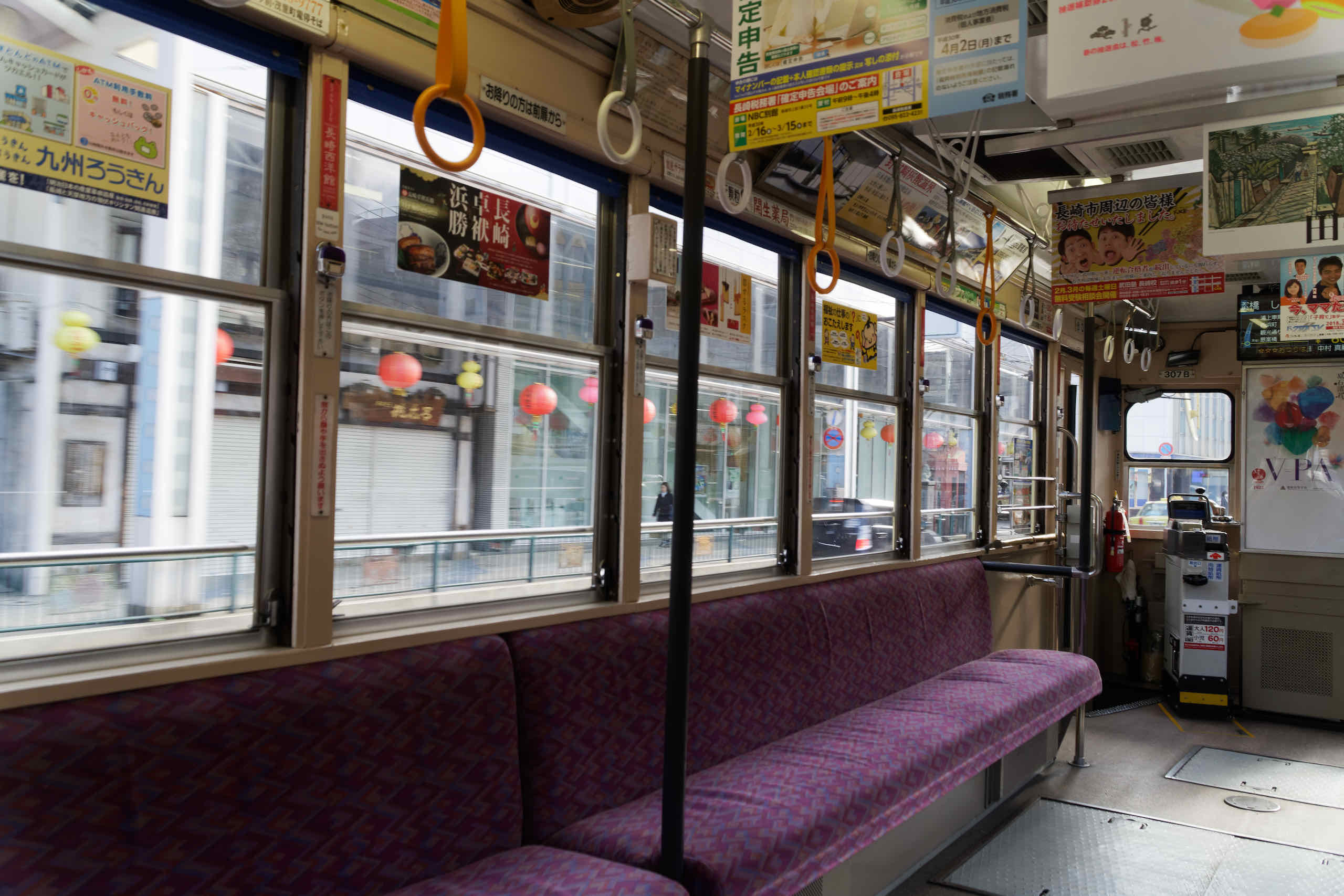
Today is a rainy day, which is perfect for travelling from Osaka to Nagasaki. We arrived at 3pm and checked in to the Richmond Hotel.
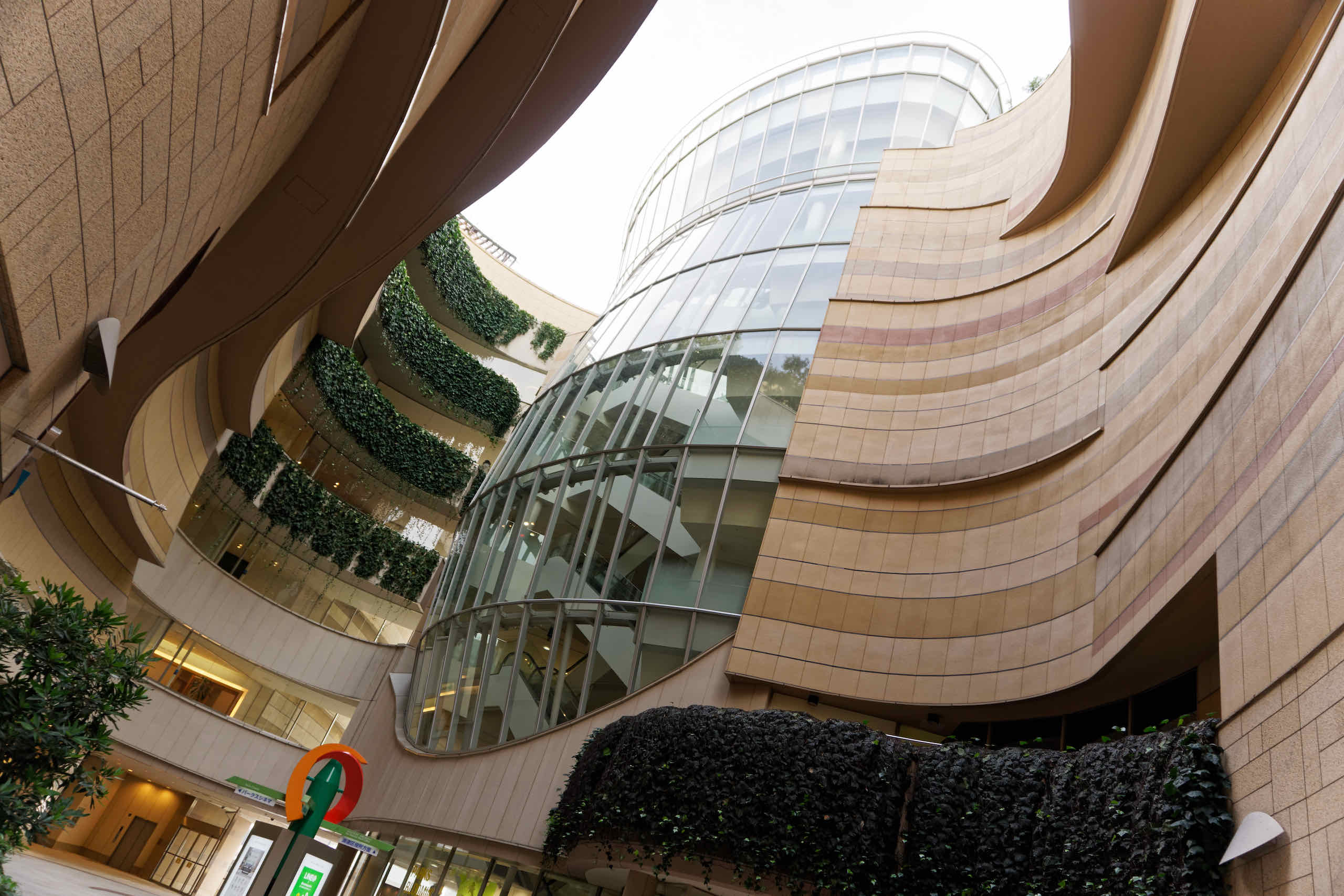
We visited Namba City, next to Namba Station, and then walked to Namba Parks, another huge shopping centre with an interesting architecture.
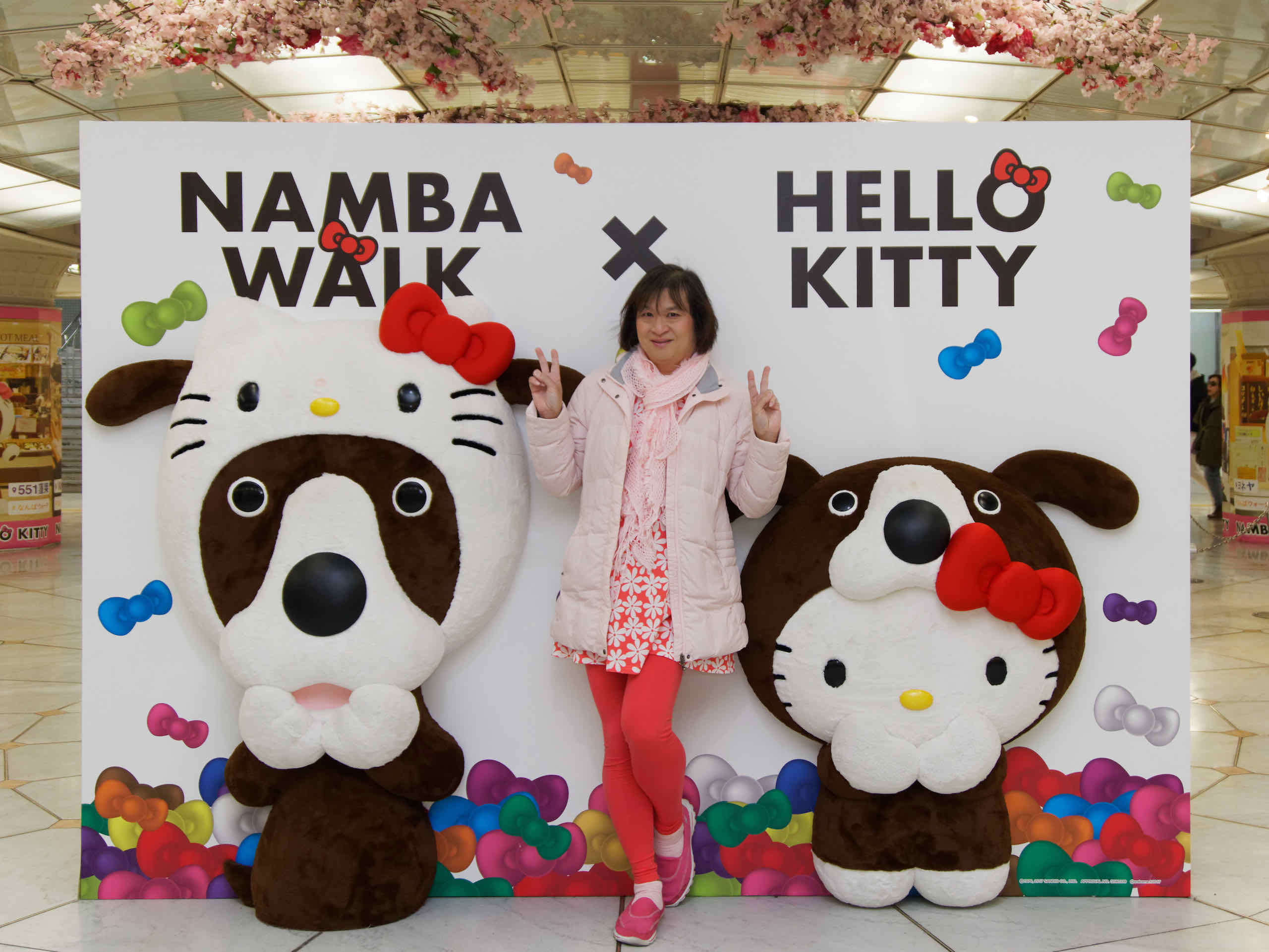
Namba Walk is an underground mall that looks like it has seen better days. They have a Hello Kitty spring promotion so we took photos.
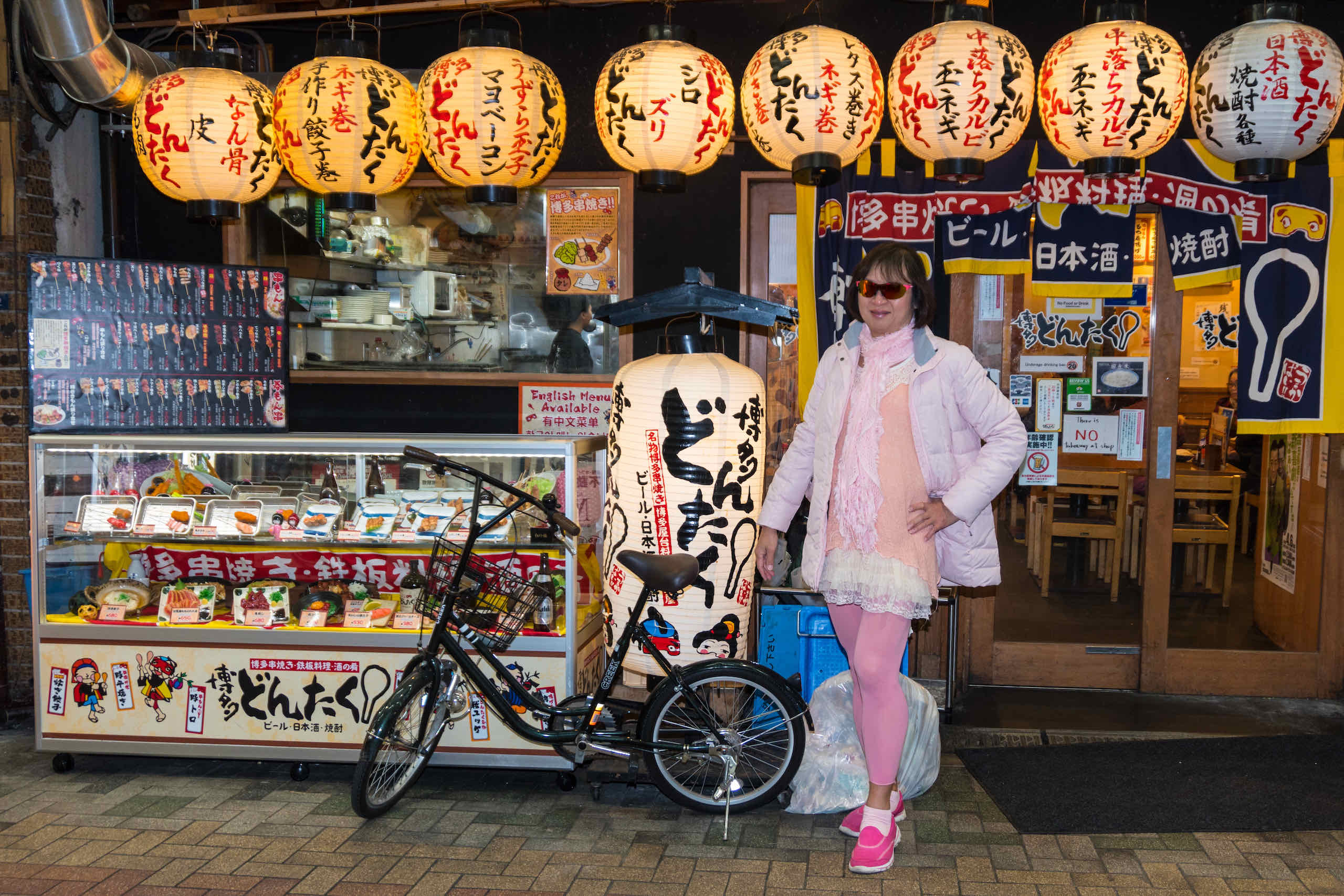
The Dotonbori (道頓堀) area is a popular nightlife and entertainment area with an eccentric atmosphere and large illuminated signboards.
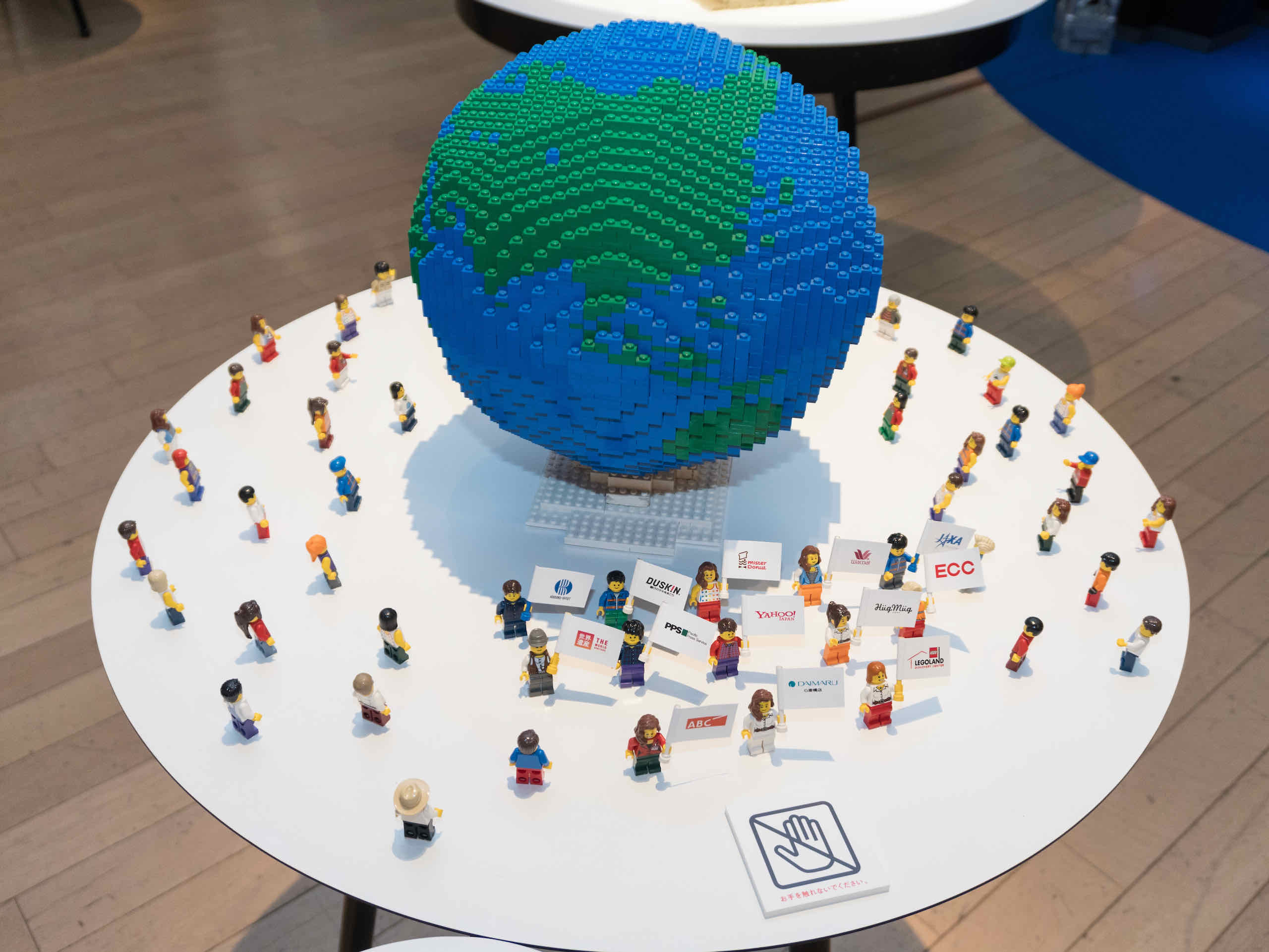
We attended the LEGO Piece of Peace World Heritage Exhibition at Daimaru. It showcases LEGO models of World Heritage sites and buildings.
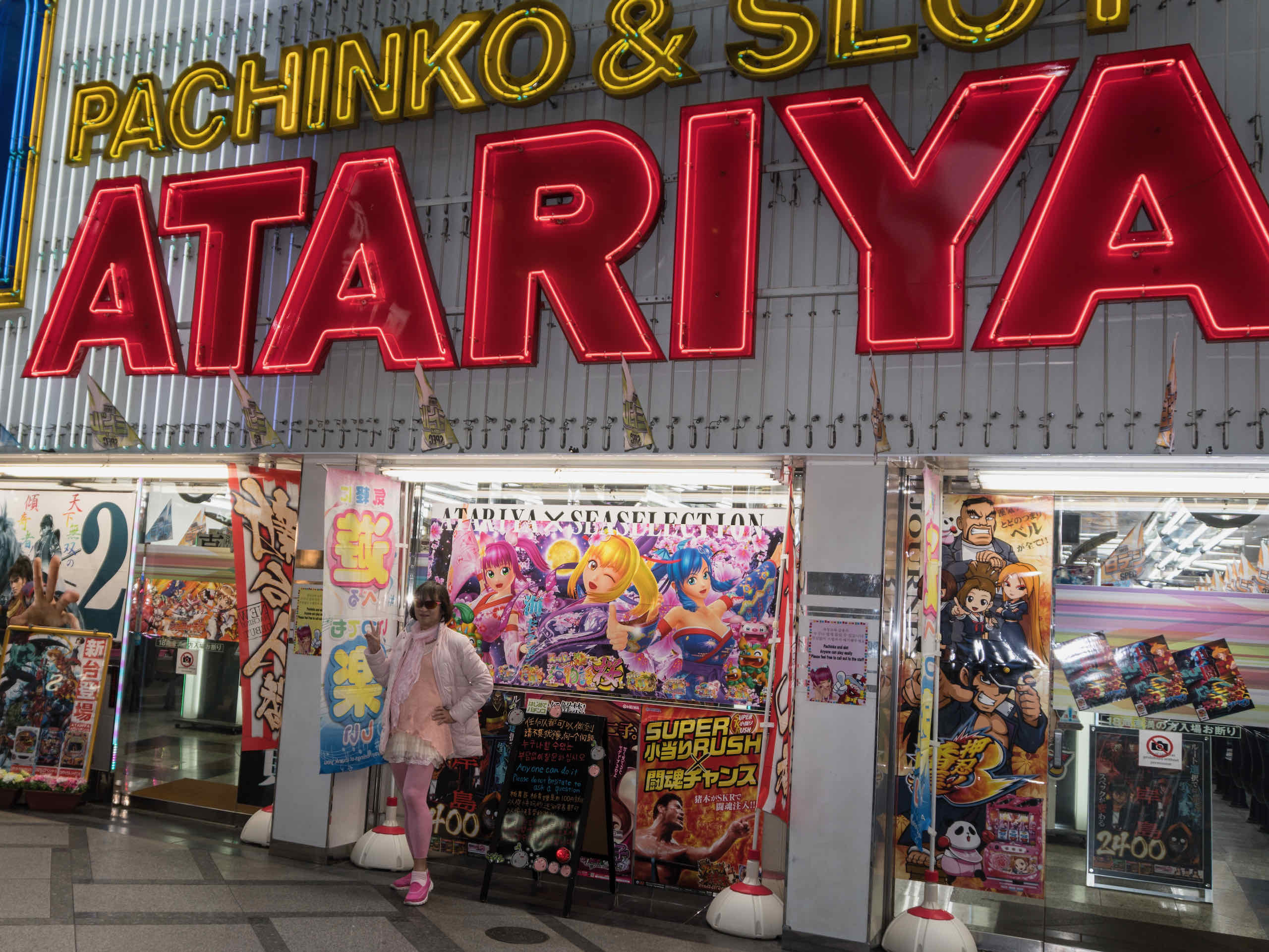
Day 1 in Osaka. We walked around the Shinsaibashi area, starting from Midosuji towards Amerikamura, then Europe-dori and the shopping street.
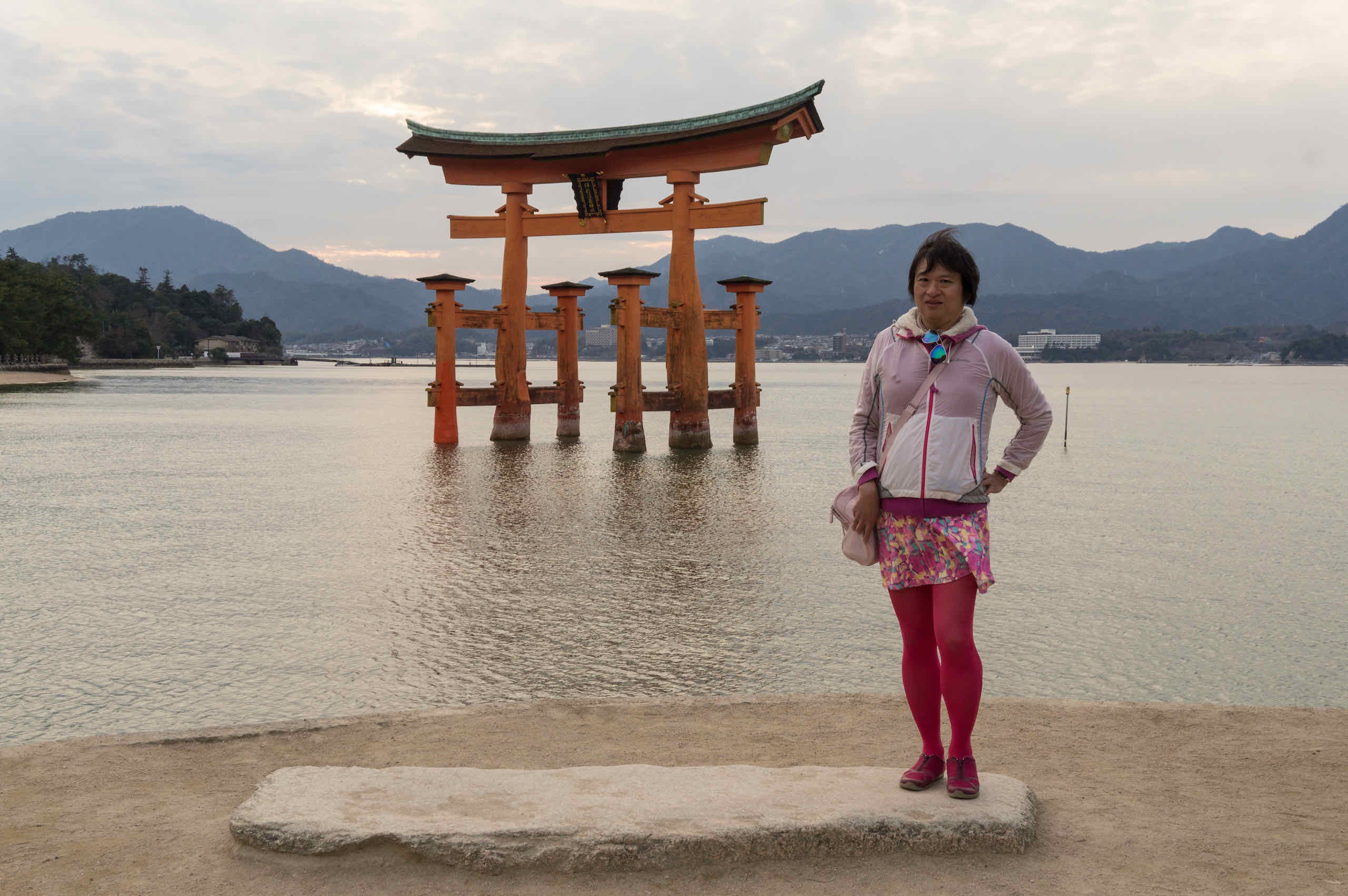
We returned to Japan in 2017 and visited Tokyo, then headed down south to Okayama and Hiroshima, returning via Osaka and Kyoto.
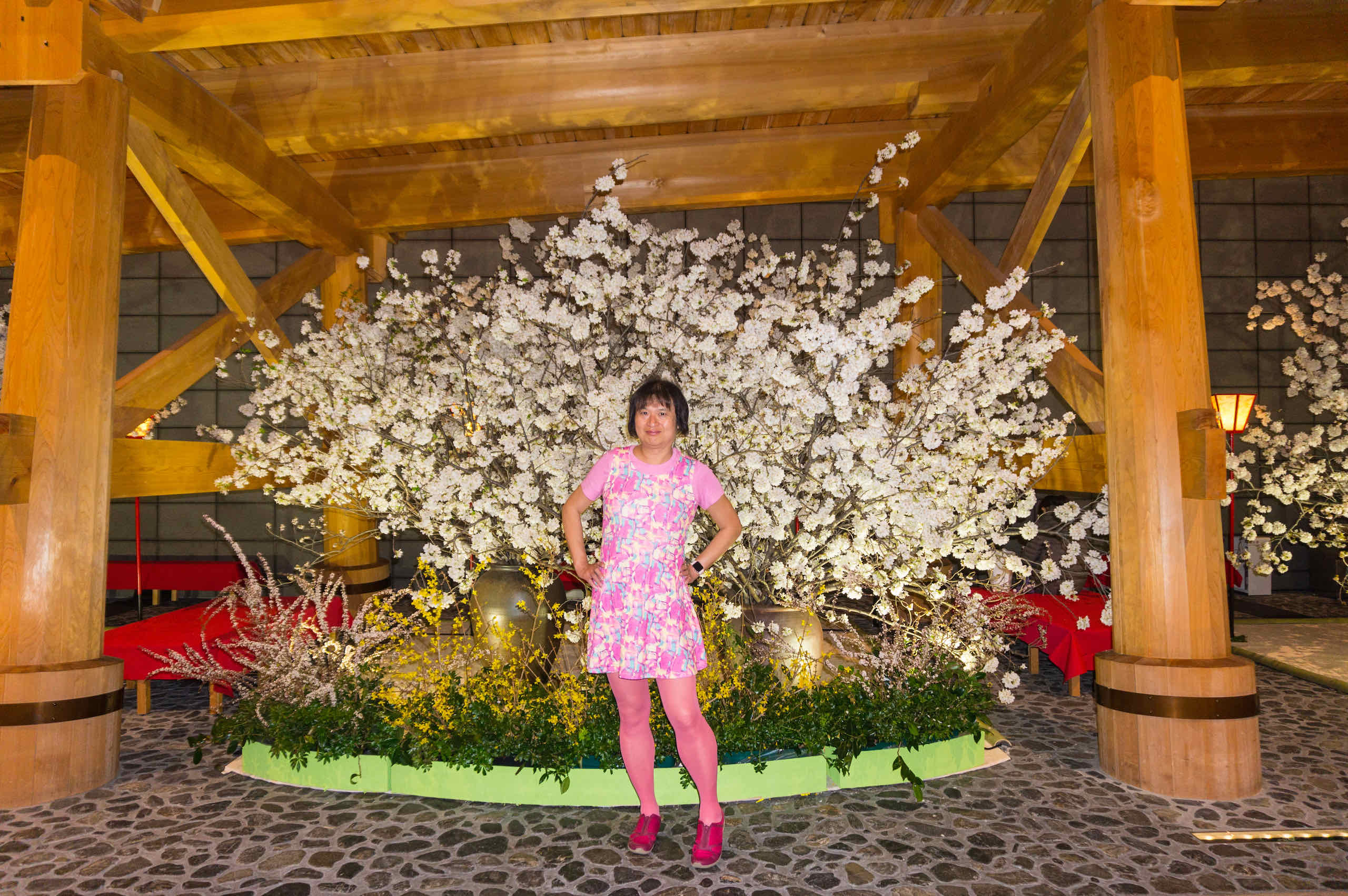
We arrived at Haneda airport, and wandered around the airport shopping area. There were lots of fake cherry blossom trees.
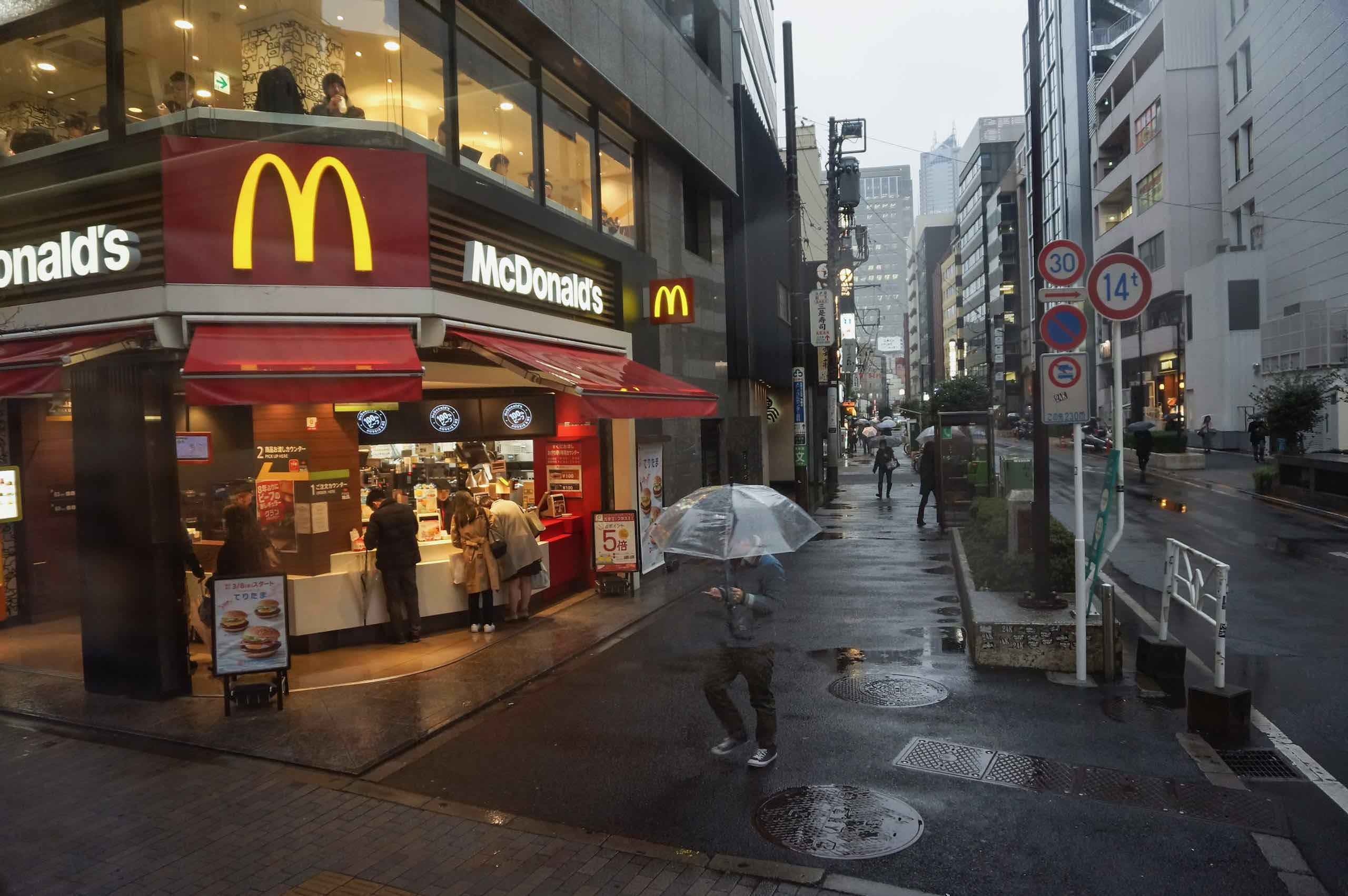
We spend the rest of evening walking back from the Tokyo Metropolitan Goverment building along the subways and streets of Shinjuku.
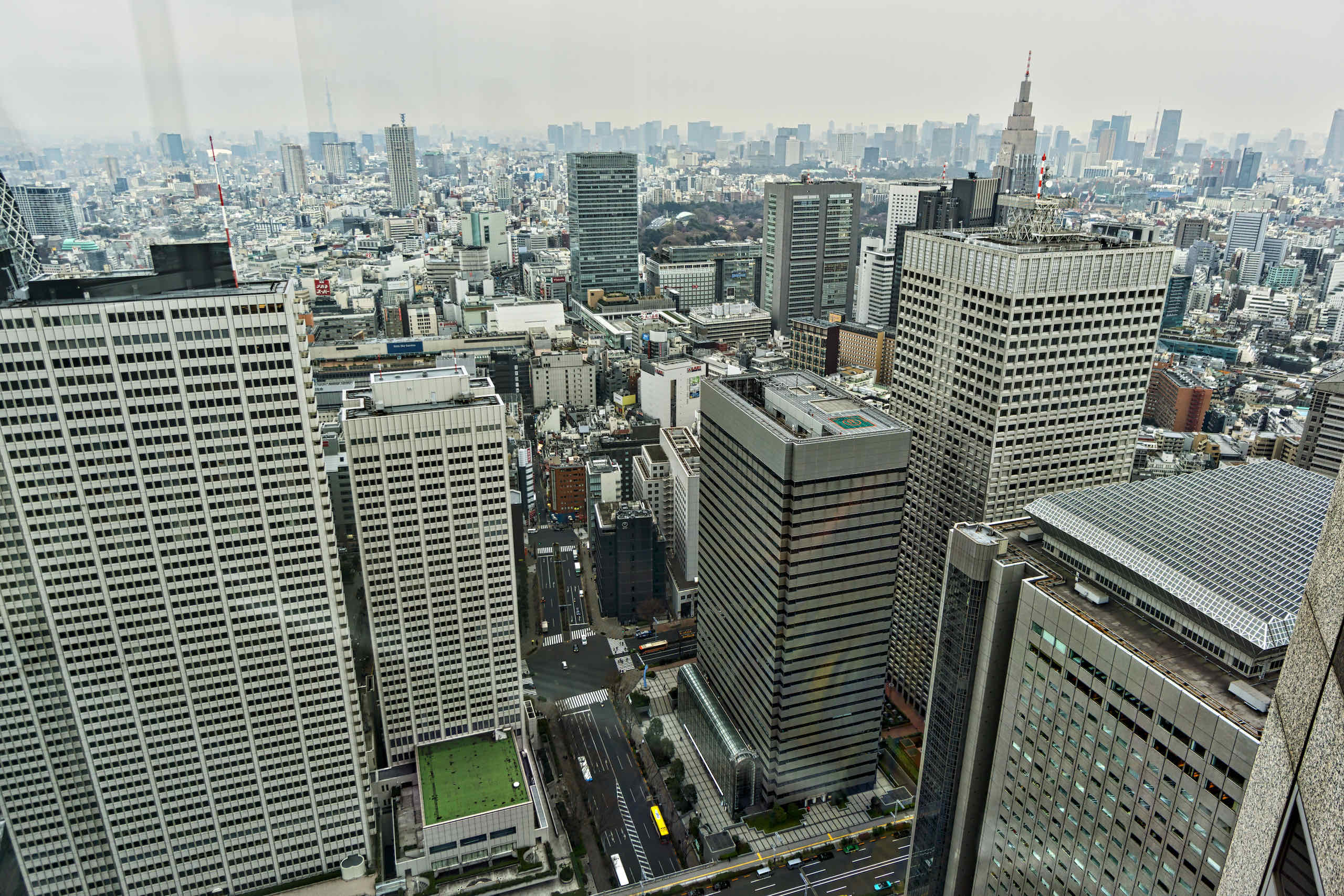
The Tokyo Metropolitan Government Building (東京都庁舎) is the tallest city hall in the world, with observation decks proving amazing views.
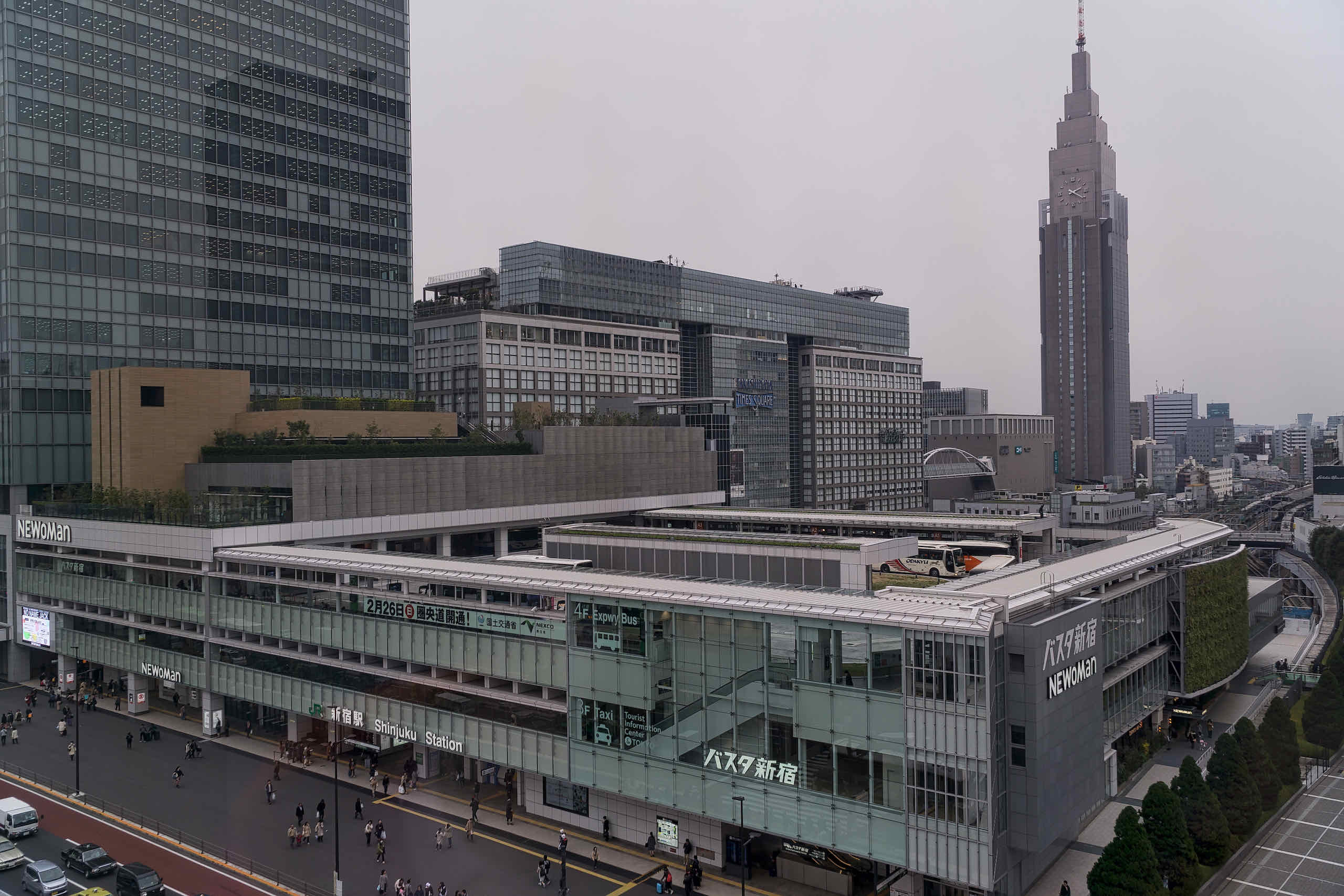
Shinjuku (新宿区) has been a major secondary center of Tokyo and a commercial hub full of skyscrapers and retail shops.
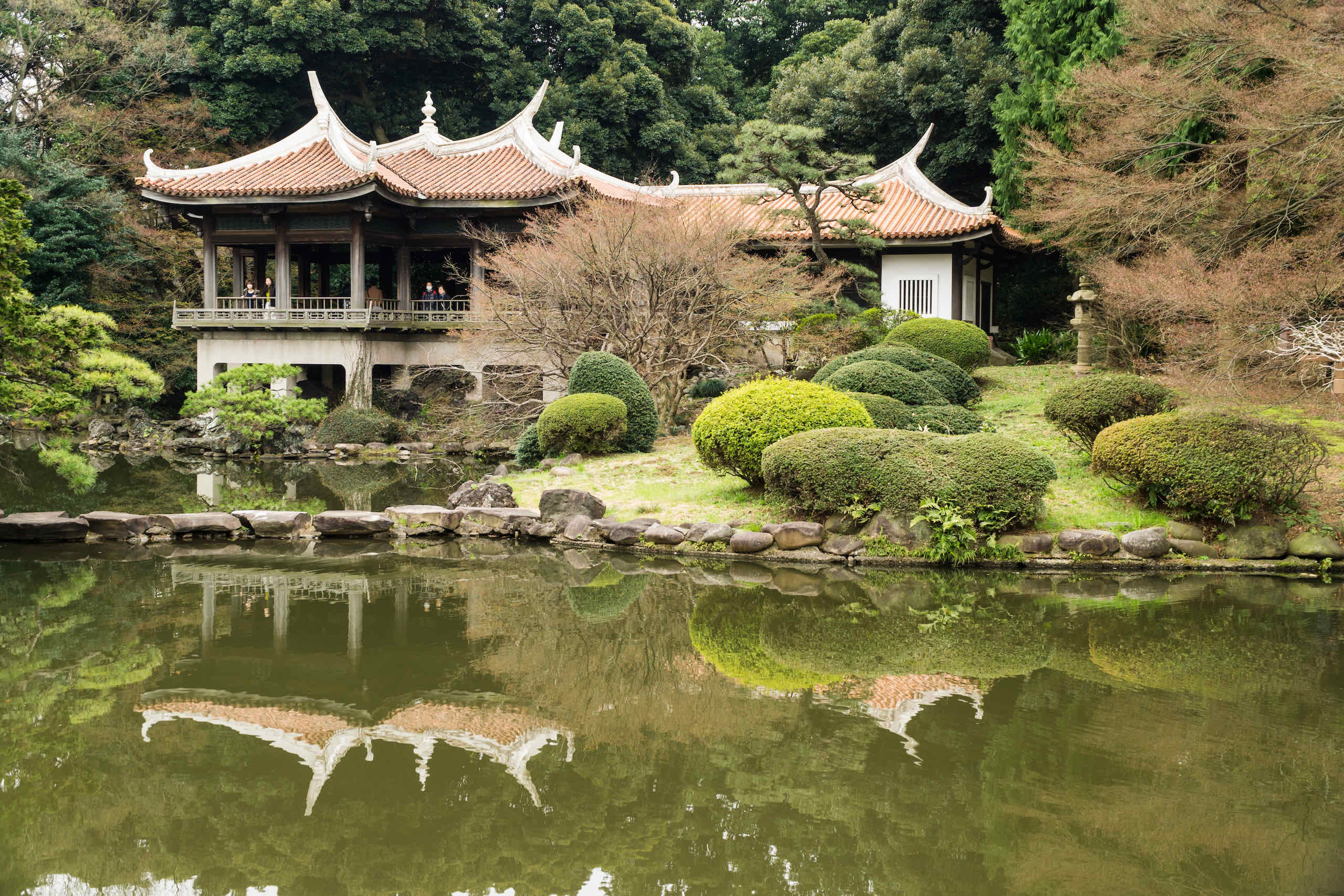
Shinjuku Gyoen (新宿御苑) is a large park and garden. It was originally a residence of the Naitō family, then became an Imperial Park.
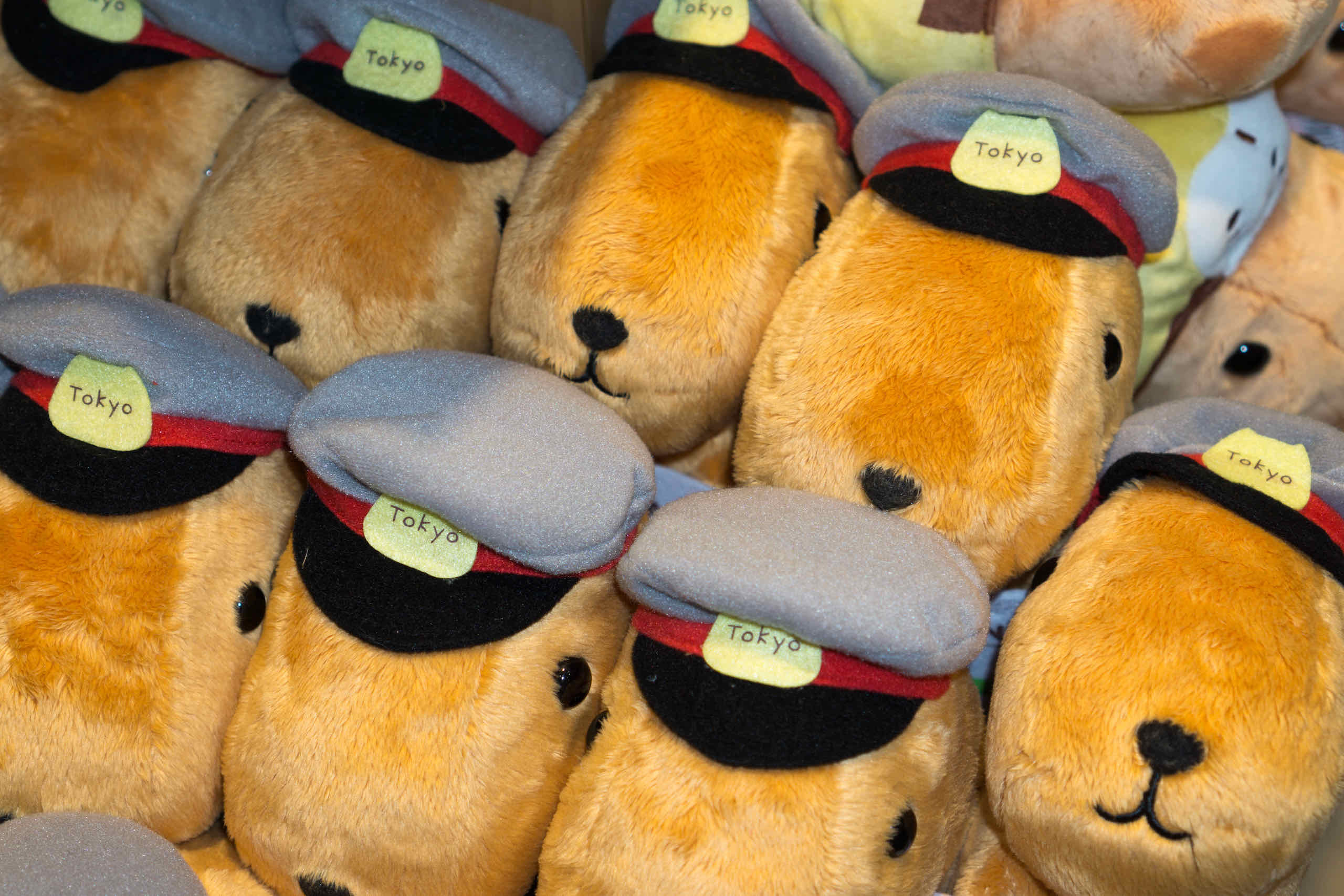
Character Street is a row of shops selling toys based on various character themes, located underground in Tokyo Station.
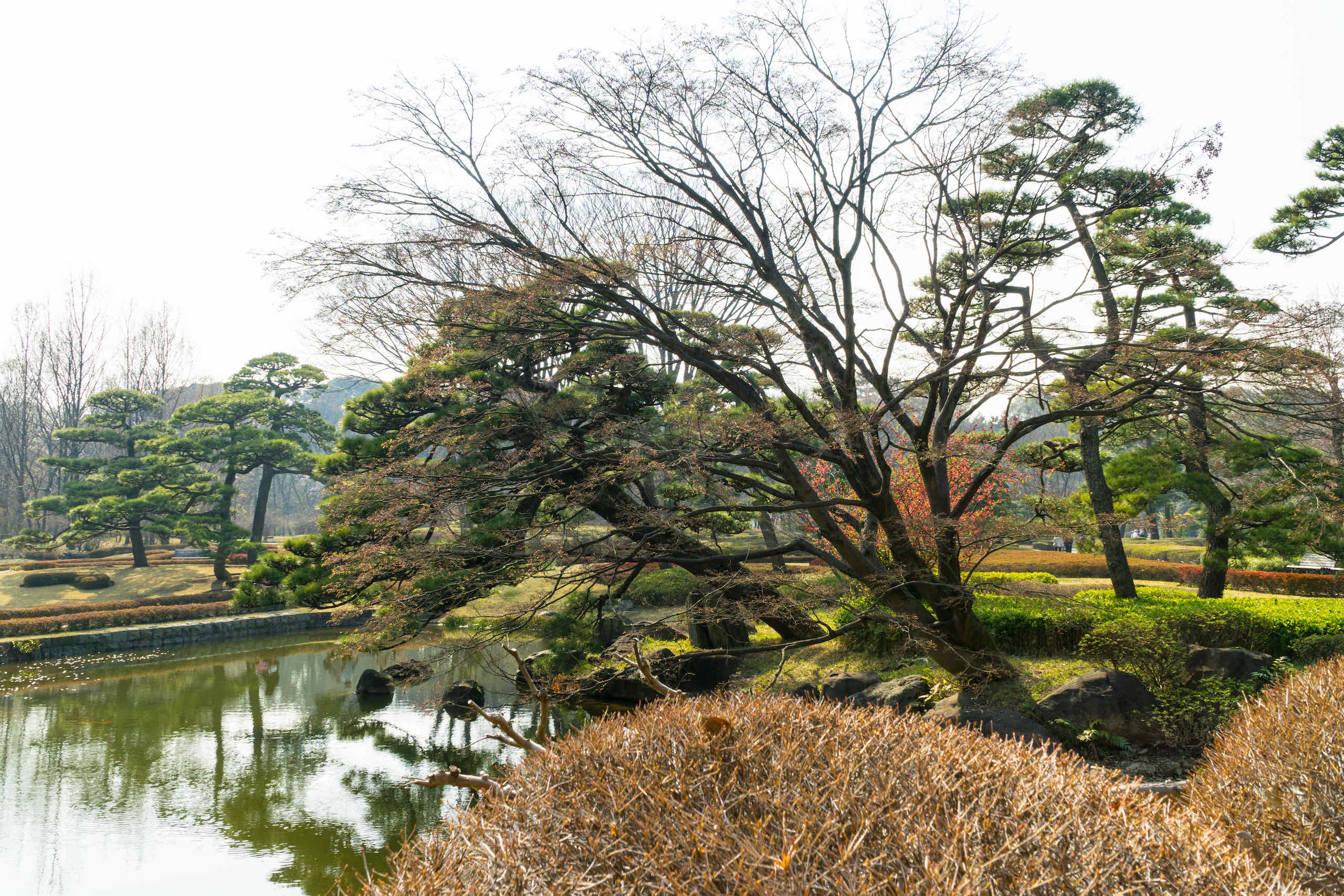
The Imperial Palace East Gardens encompasses the former Honmaru and Ninomaru areas of Edo Castle and the Imperial Tokagakudo Music Hall.
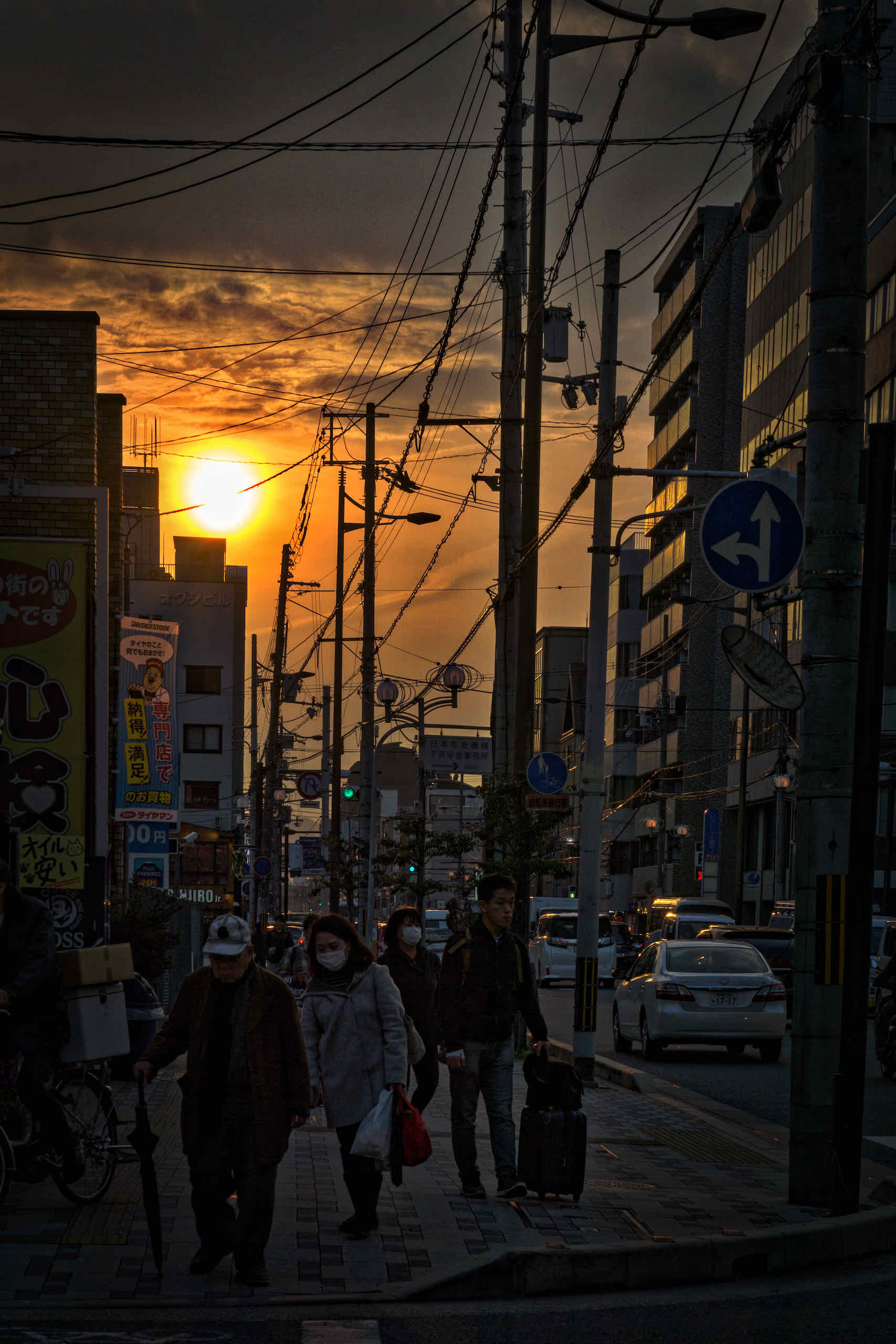
We walked back to Kyoto station as buses were full, crossed the bridge at Shichijo and saw a lovely sunset.
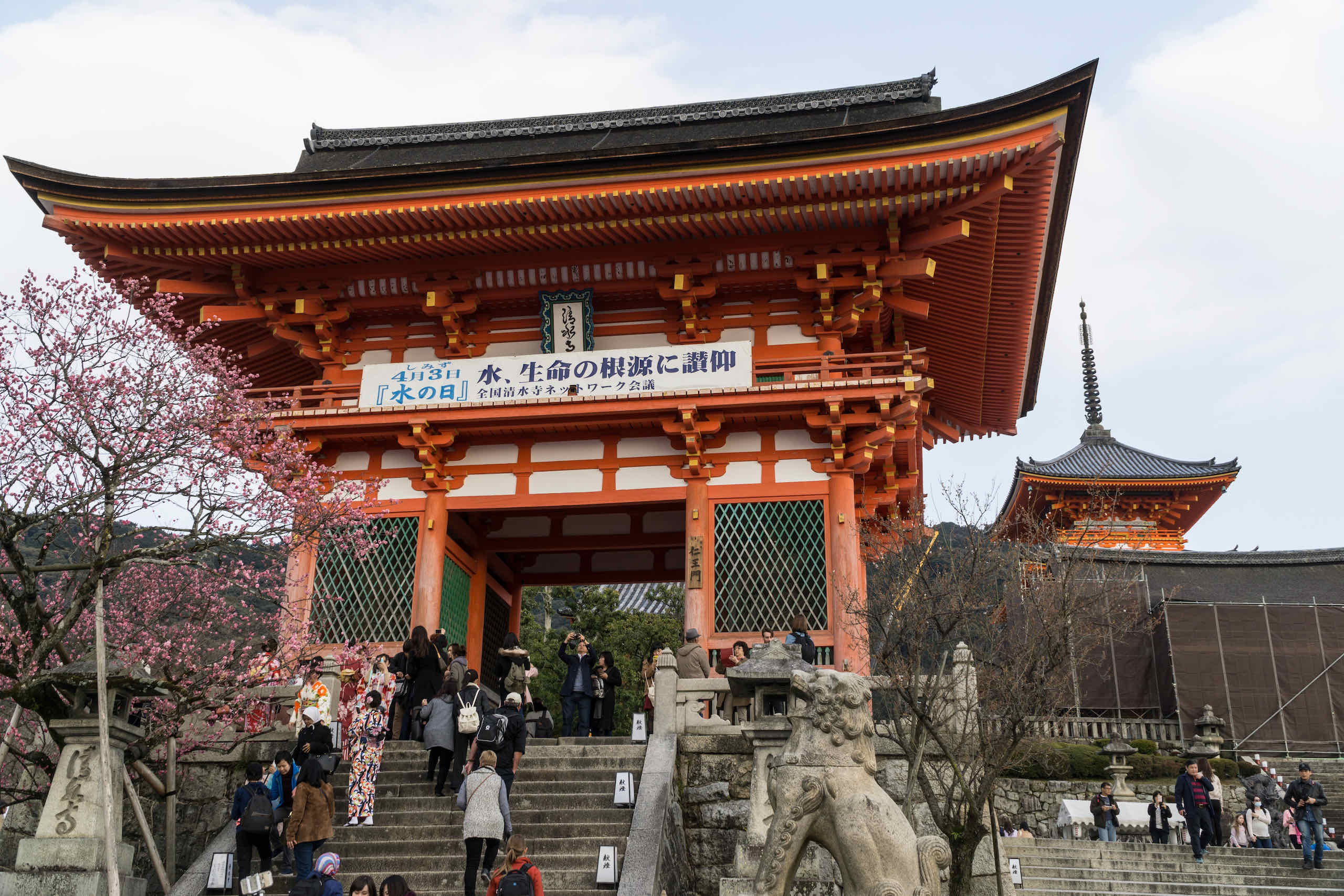
Otowa-san Kiyomizu-dera (音羽山清水寺), is a Buddhist temple and part of the Historic Monuments of Ancient Kyoto UNESCO World Heritage site.
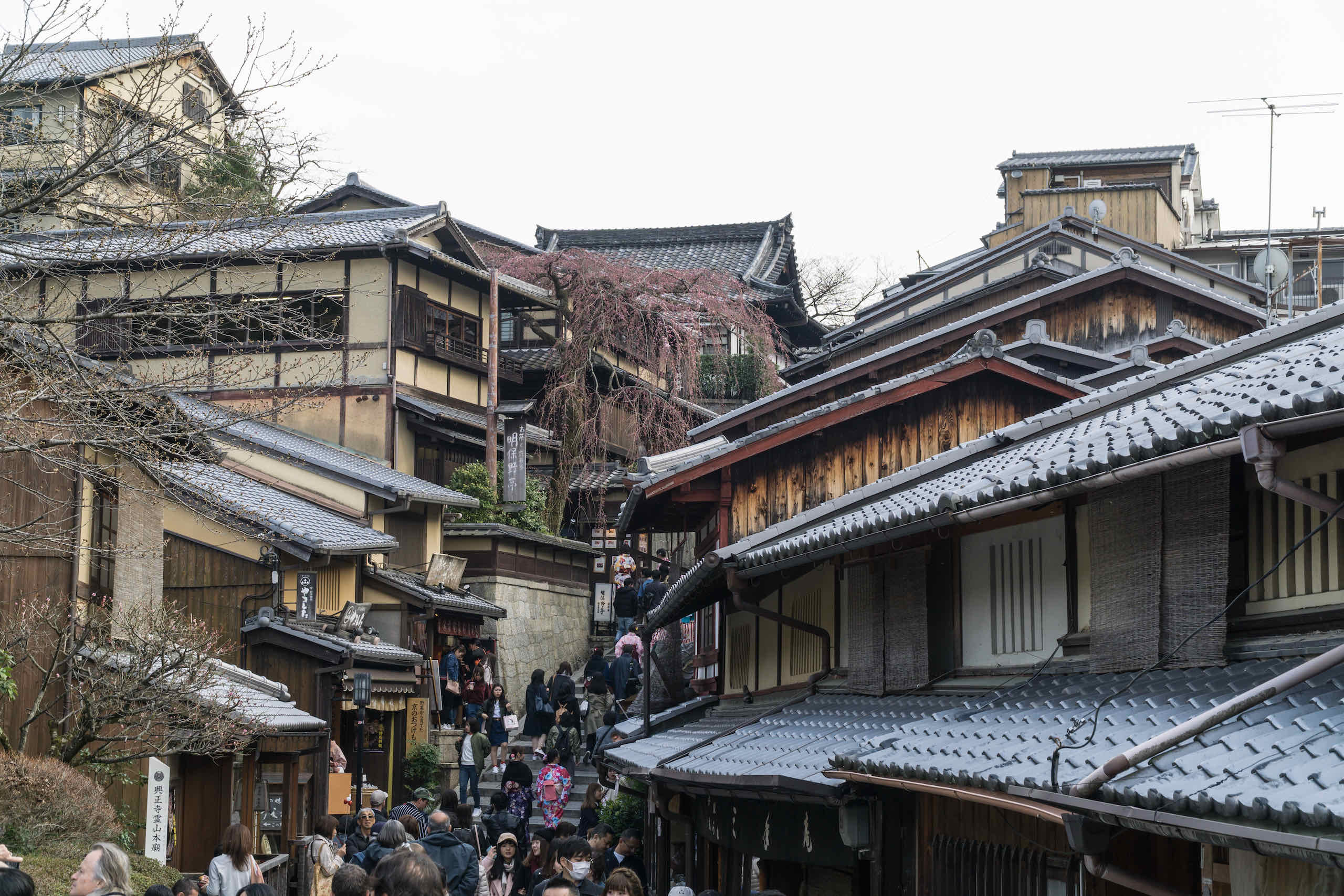
We walked along the stone-paved roads in Higashiyama (Ninenzaka and Sannenzaka) that lead up to the Kiyomizu Temple.
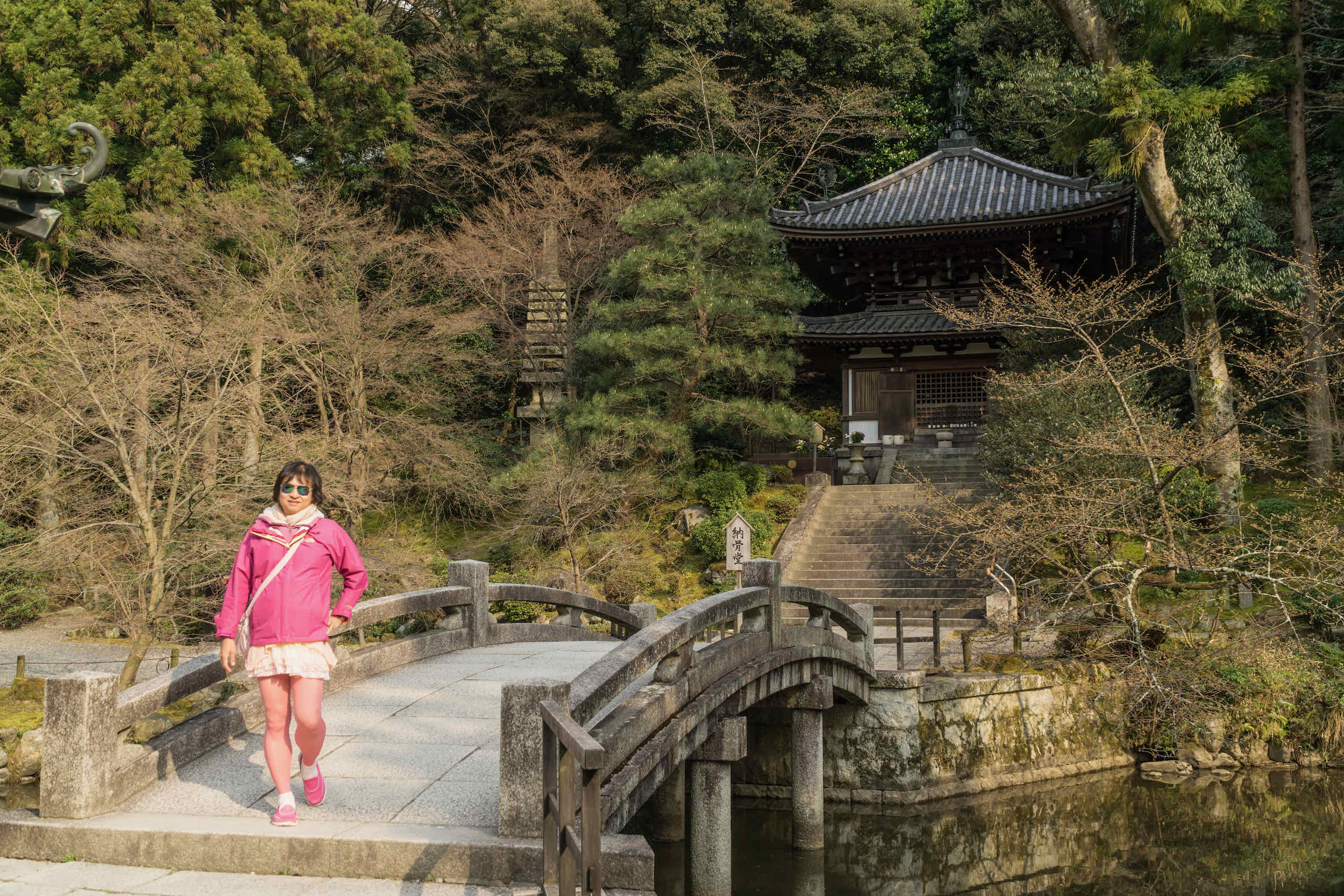
Chion-in is a Pure Land Buddhism temple consisting of a colossal main gate (Sanmon), a huge temple building and Japan’s largest temple bell.
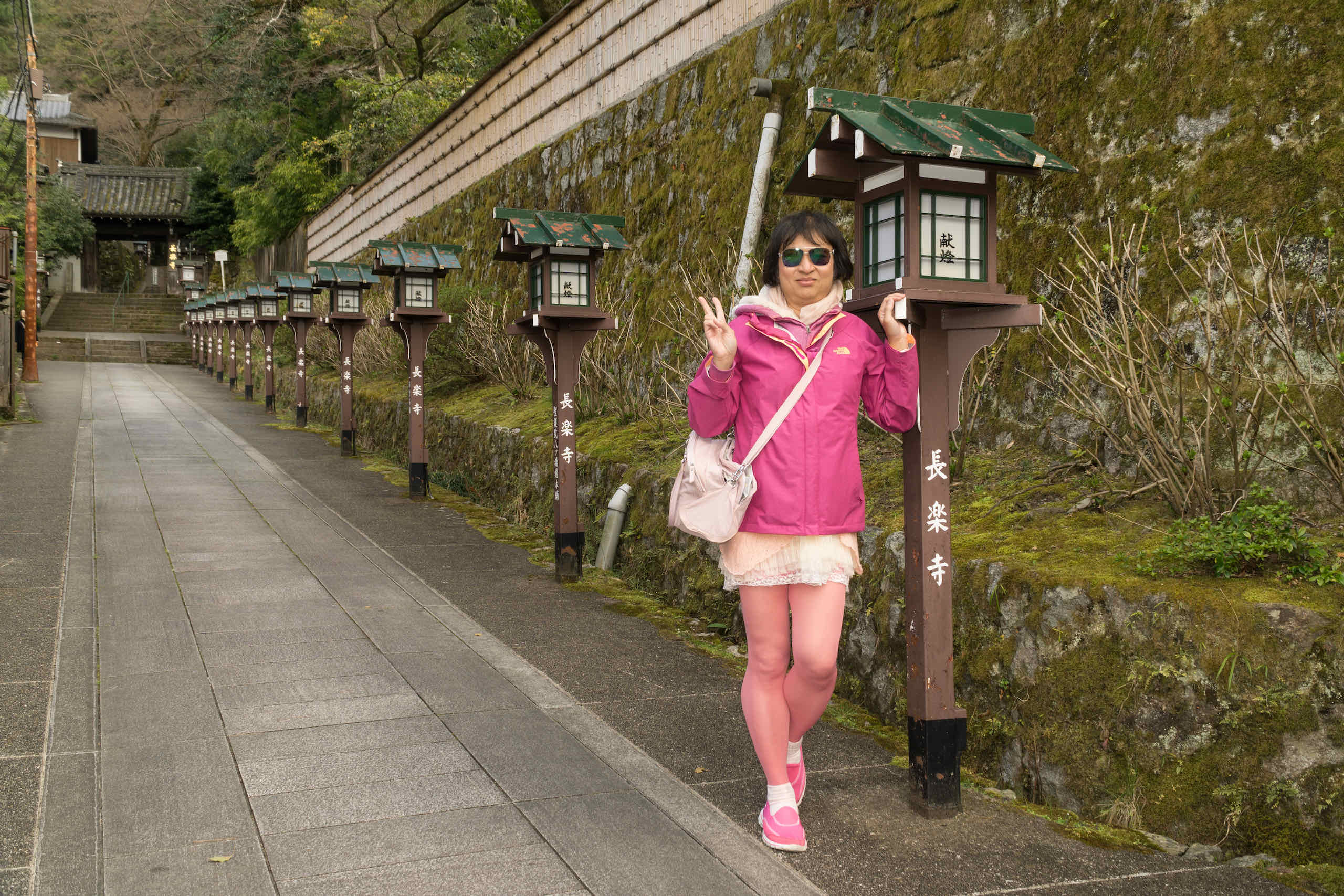
Otani Sobyo Mausoleum is the grave of Shinran, the founder of the Shinshu sect Otani school (Higashi Hongan-ji Temple).
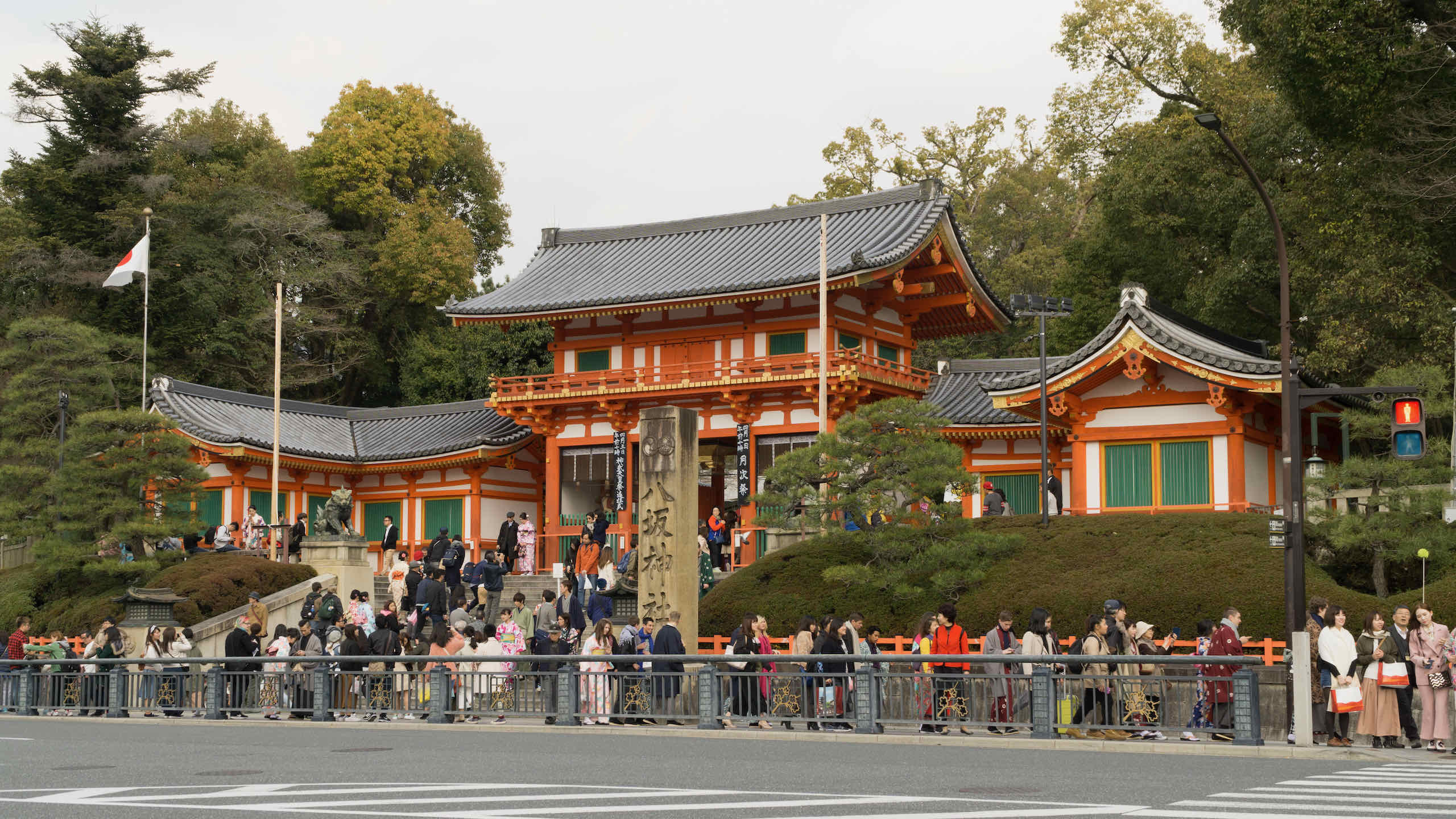
Yasaka Shrine (八坂神社), once called Gion Shrine (祇園神社), is a Shinto shrine in the Gion District of Kyoto, with bright red gates.
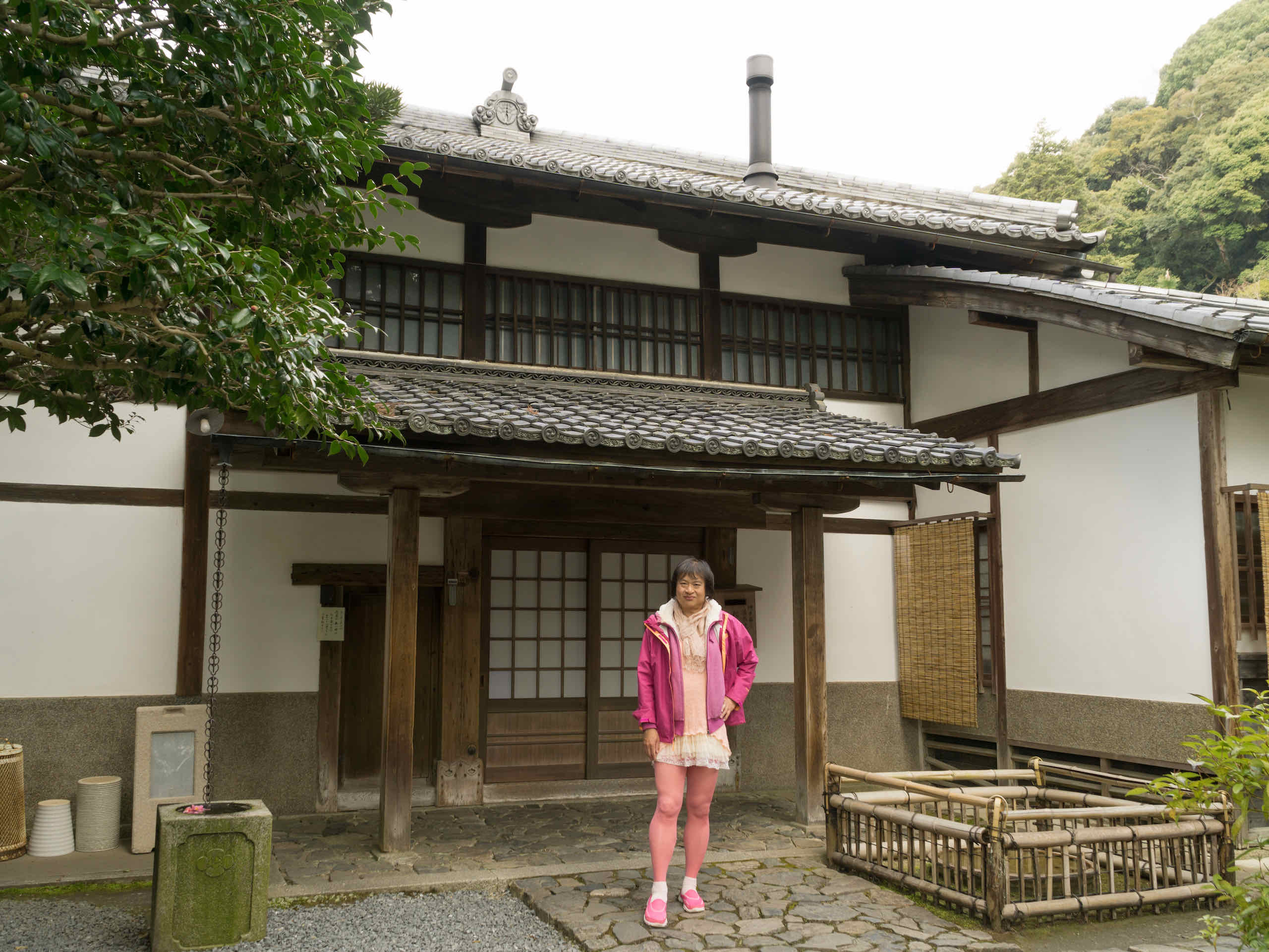
Honen-in ((法然院)) is a nice quiet reflective temple on Kyoto's Philosopher's Path. There is an amazing statue of Buddha here.
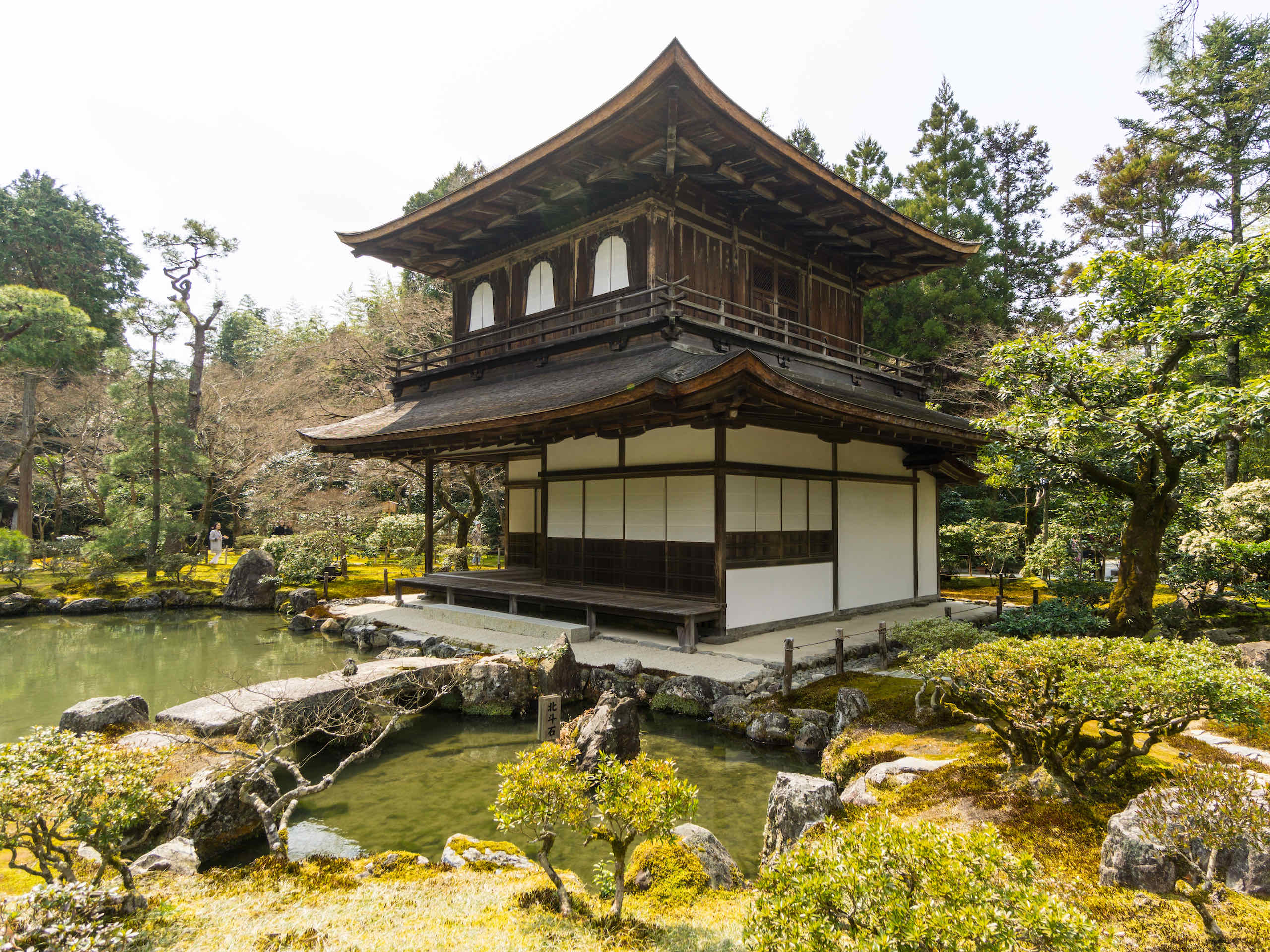
Ginkaku-ji (銀閣寺), or Temple of the Silver Pavilion, is officially named Jishō-ji (慈照寺) and built for a Shogun who became a Buddhist monk.

Today we traveled from Osaka to Kyoto and arrived in the morning. Along the way we passed through some interesting sculpture street art.
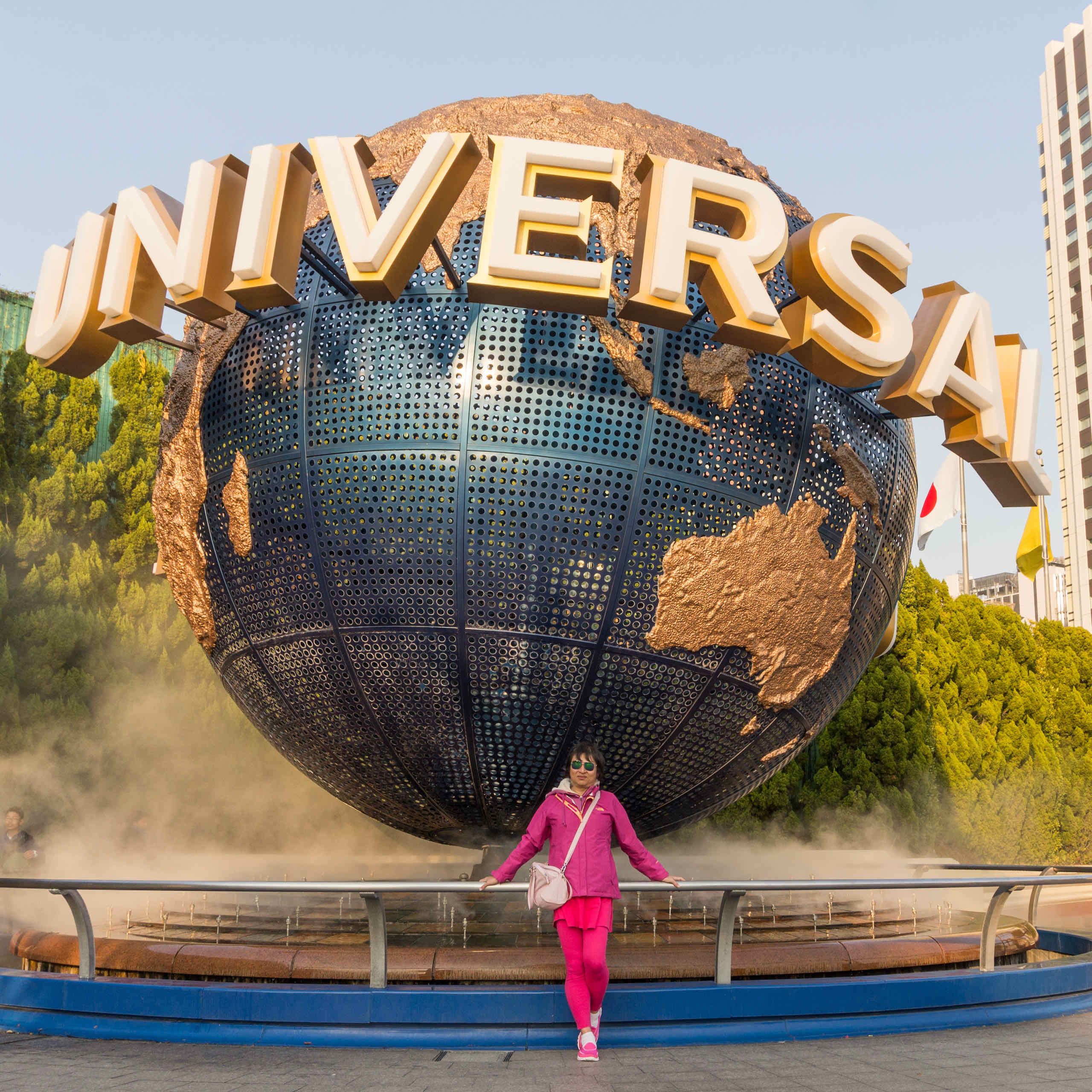
Today we visited Universal Studios Japan (or USJ as its more popularly known as). We are excited to see the new Harry Potter attractions!
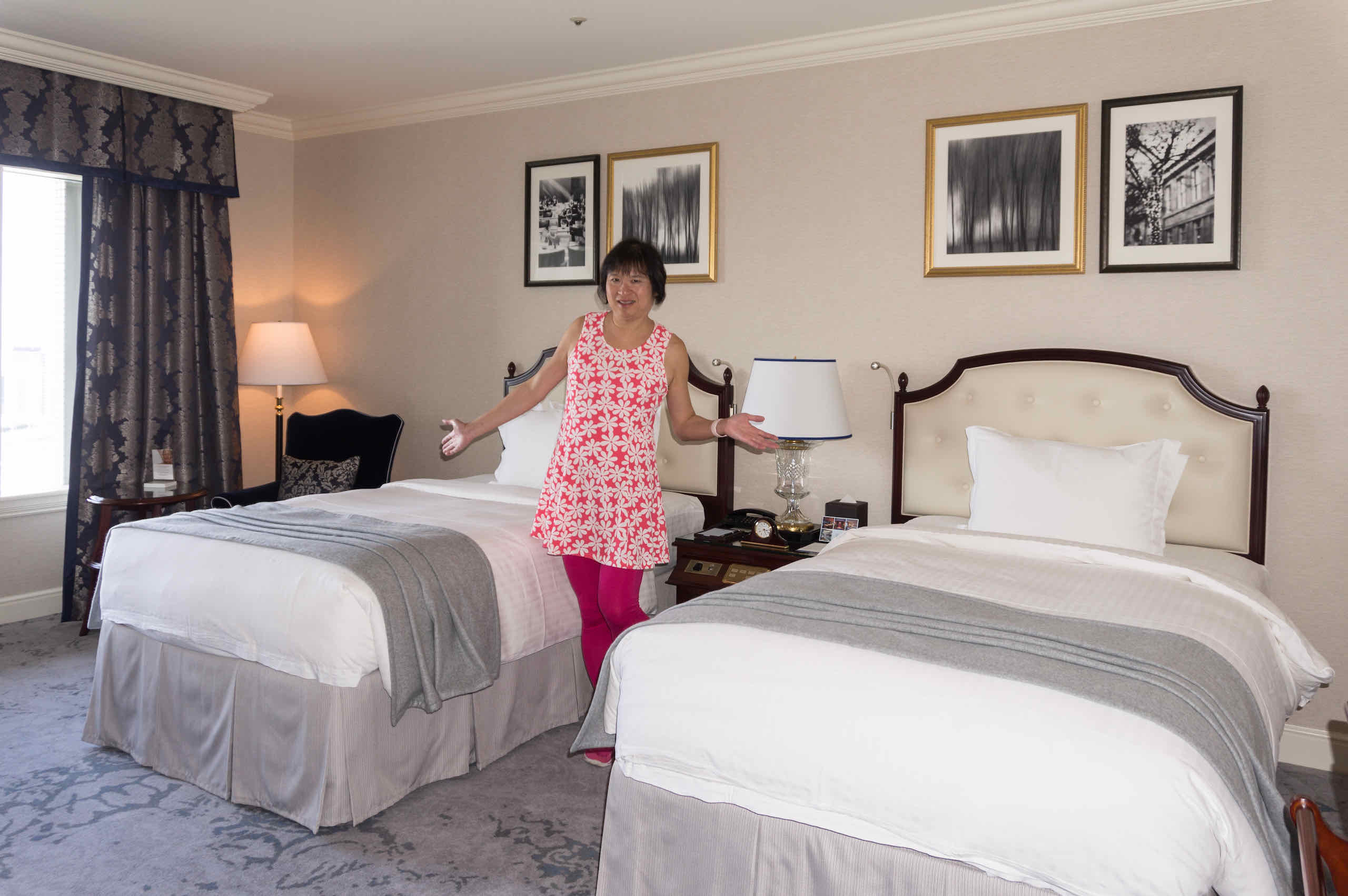
We travelled from Hiroshima to Osaka and arrived around 3pm. We checked into the Ritz Carlton and spent the afternoon exploring the area.
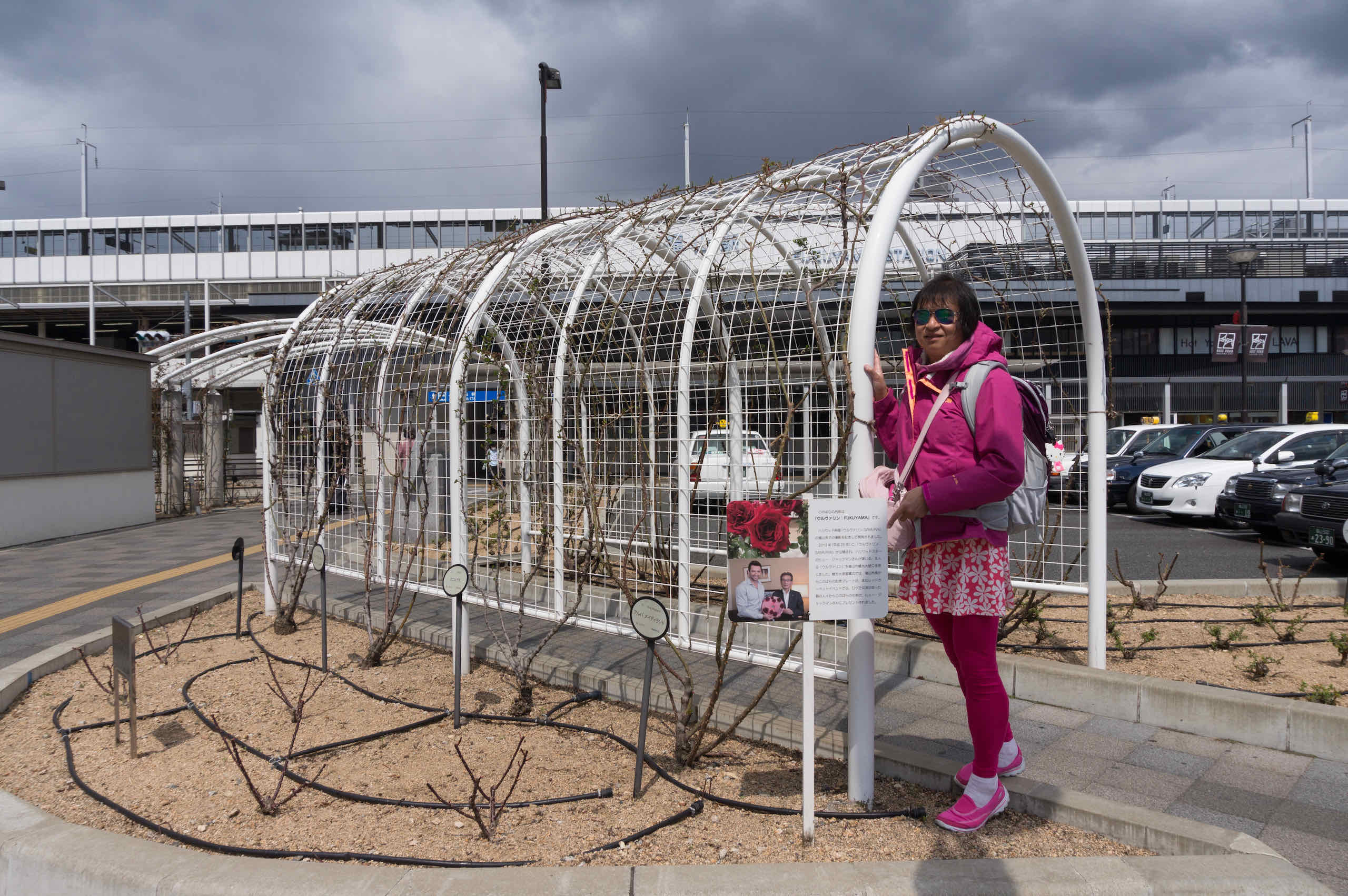
On the way back to Fukuyama station, I saw a rose trellis in honour of Hugh Jackman - I took a picture there.
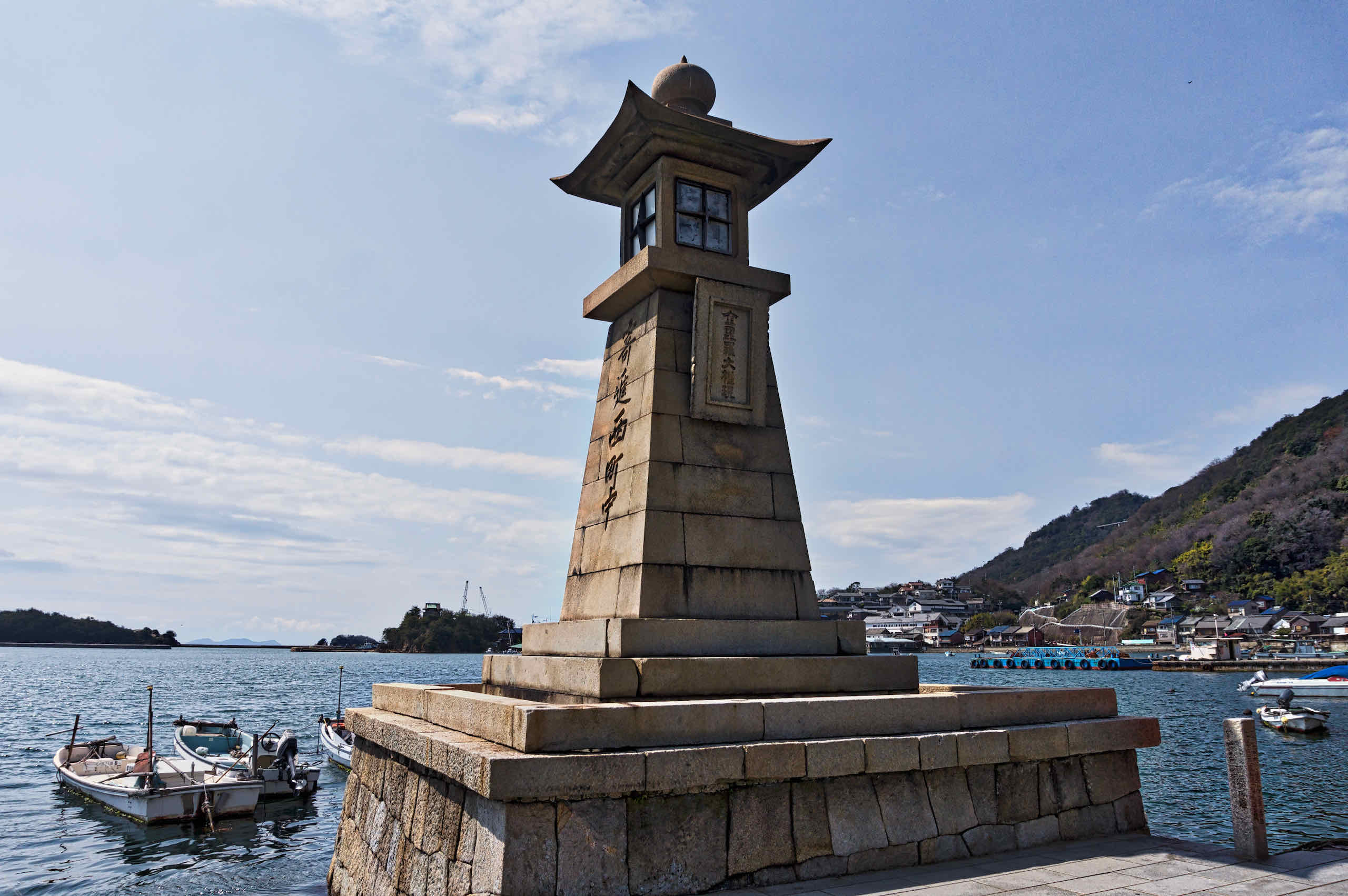
Tomonoura is a small fishing village famous as the location for several films: notably Miyazaki's Ponyo and Wolverine.
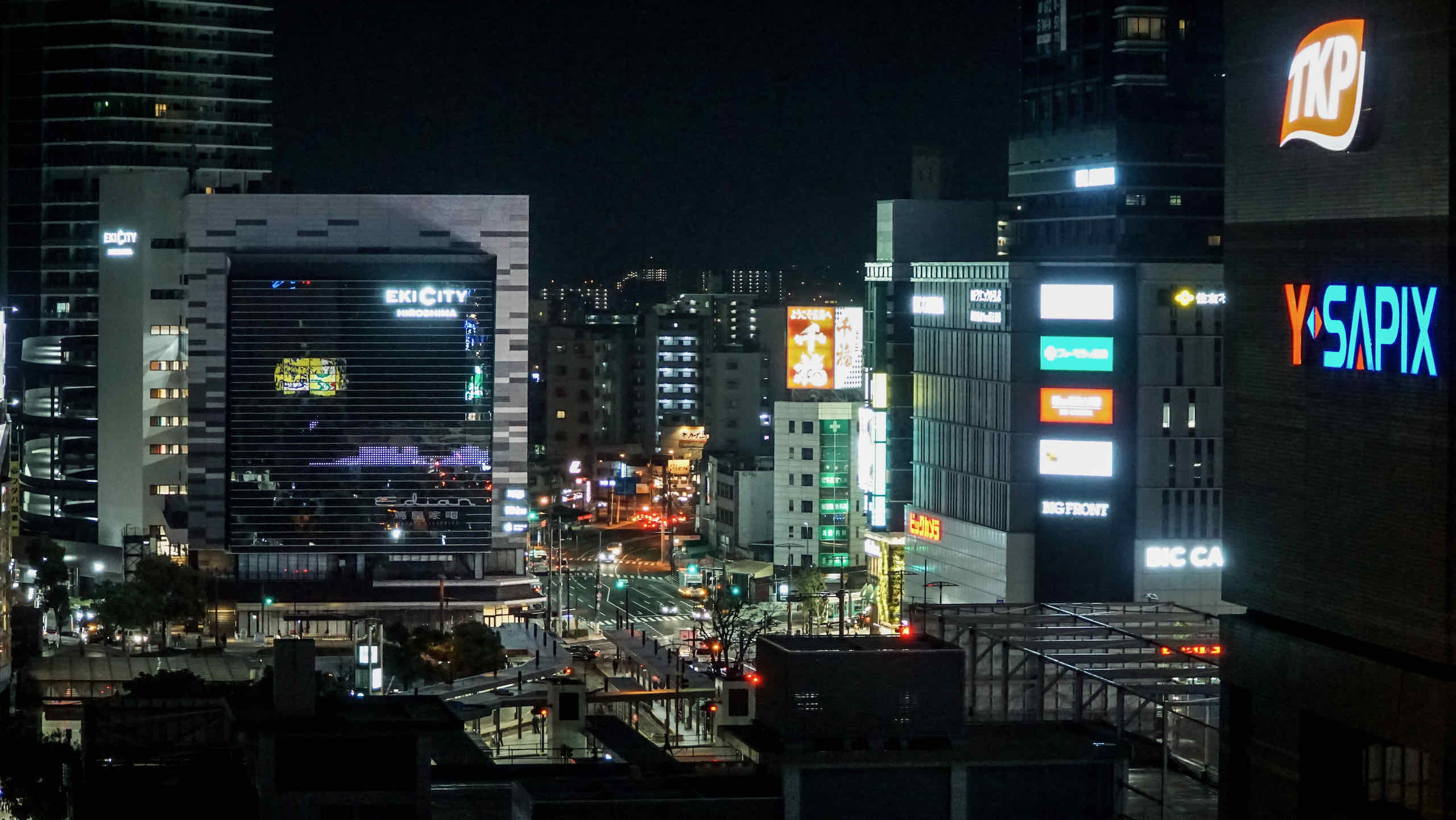
We walked around Hiroshima in the evening and finished up with a dinner of the Hiroshima variant of okonomiyaki.

